![]()
By Gypsy Blue Rose

tending their gardens,
neighbors and their flowers
remain silent
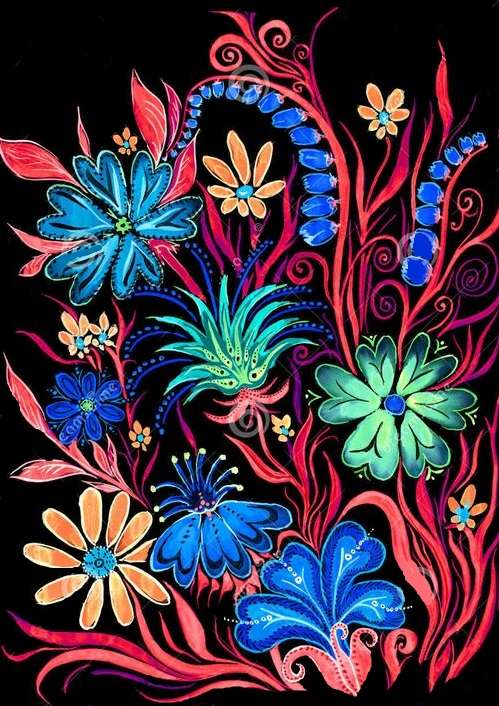
| Author Notes |
The picture doesn't show two neighbors tending their garden, this is the best I found. You will have to use your imagination. LoL
HAIKU is a Japanese short unrhymed poem that uses imagistic language to express the essence of a deeply felt moment in time. It resonates on a deeper level, leaving the reader enlightened and making an insightful connection between the top two lines and the last one, called the SATORI. HAIKU uses a dash to pause before the SATORI.. Haiku is about nature and it alludes to a season of the year. The haiku is written from an observer's point of view. In Japan, haiku is written in 17 syllables and three lines ( 5/7/5) but in English is 17 syllables OR LESS because English syllables are longer than Japanese syllables. Avoid capitalization (except proper names) and punctuation. click here to read Haiku Society of America, HAIKU EXAMPLES === click here to read Haiku Society of America HAIKU RULES === click here to read why is 5/7/5 OR LESS rule === Modern Haiku Thank you very much for reading and reviewing my poems. Gypsy "Poetry heals the wounds inflicted by reason." - Novalis pictures from pinterest |
![]()
By Gypsy Blue Rose

dainty ladybug
bends nature on a blade of grass—
on high hills
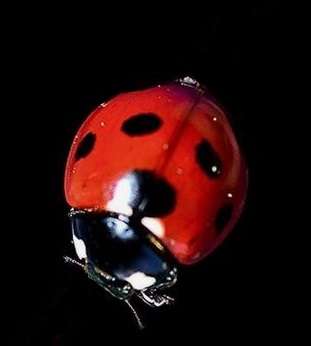
| Author Notes |
Word play: "high hills" vs "high heels"
HAIKU is a Japanese short unrhymed poem that uses imagistic language to express the essence of a deeply felt moment in time. It resonates on a deeper level, leaving the reader enlightened and making an insightful connection between the top two lines and the last one, called the SATORI. HAIKU uses a dash to pause before the SATORI.. Haiku is about nature and it alludes to a season of the year. The haiku is written from an observer's point of view. In Japan, haiku is written in 17 syllables and three lines ( 5/7/5) but in English is 17 syllables OR LESS because English syllables are longer than Japanese syllables. Avoid capitalization (except proper names) and punctuation. click here to read Haiku Society of America, HAIKU EXAMPLES === click here to read Haiku Society of America HAIKU RULES === click here to read why is 5/7/5 OR LESS rule === Modern Haiku Thank you very much for reading and reviewing my poems. Gypsy "Poetry heals the wounds inflicted by reason." - Novalis pictures from pinterest |
![]()
By Gypsy Blue Rose


| Author Notes |
the lyrebird sounds like a baby crying
SENRYU is a Japanese short unrhymed poem that uses imagistic language to express the essence of a deeply felt moment in time. Unlike Haiku, senryu is about human nature and doesn't need a season word. It resonates on a deeper level, leaving the reader enlightened and making an insightful connection between the top two lines and the last one, called the SATORI. It's written in 17 syllables OR LESS and three lines. Thank you very much for reading and reviewing my poems. Gypsy "Poetry heals the wounds inflicted by reason." - Novalis pictures from pinterest |
![]()
By Gypsy Blue Rose

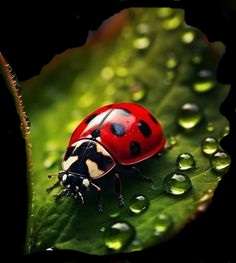
| Author Notes |
HAIKU is a Japanese short unrhymed poem that uses imagistic language to express the essence of a deeply felt moment in time. It resonates on a deeper level, leaving the reader enlightened and making an insightful connection between the top two lines and the last one, called the SATORI. HAIKU uses a dash to pause before the SATORI.. Haiku is about nature and it alludes to a season of the year. The haiku is written from an observer's point of view. In Japan, haiku is written in 17 syllables and three lines ( 5/7/5) but in English is 17 syllables OR LESS because English syllables are longer than Japanese syllables. Avoid capitalization (except proper names) and punctuation.
click here to read Haiku Society of America, HAIKU EXAMPLES click here to read Haiku Society of America HAIKU RULES click here to read why is 5/7/5 OR LESS rule Modern Haiku Thank you very much for reading and reviewing my poems. Gypsy "Poetry heals the wounds inflicted by reason." - Novalis pictures from pinterest |
![]()
By Gypsy Blue Rose

| Author Note: | rules in author notes |
in the old pond
lazy frogs lie on lilypads—
chef lurks behind the bushes
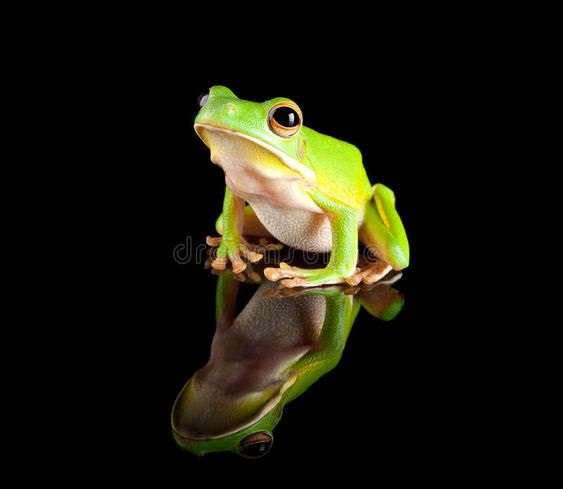
| Author Notes |
inspired by Matsuo Basho haiku
the old pond a frog leaps in - splash! HAIKU is a Japanese short unrhymed poem that uses imagistic language to express the essence of a deeply felt moment in time. It resonates on a deeper level, leaving the reader enlightened and making an insightful connection between the top two lines and the last one, called the SATORI. HAIKU uses a dash to pause before the SATORI.. Haiku is about nature and it alludes to a season of the year. The haiku is written from an observer's point of view. In Japan, haiku is written in 17 syllables and three lines ( 5/7/5) but in English is 17 syllables OR LESS because English syllables are longer than Japanese syllables. Avoid capitalization (except proper names) and punctuation. click here to read Haiku Society of America, HAIKU EXAMPLES click here to read Haiku Society of America HAIKU RULES click here to read why is 5/7/5 OR LESS rule Modern Haiku Thank you very much for reading and reviewing my poems. Gypsy "Poetry heals the wounds inflicted by reason." - Novalis pictures from pinterest |
![]()
By Gypsy Blue Rose

Children's Ward field trip
to the Enchanted Forest Park—
works like a charm
| Author Notes |
Make a Wish Foundation is a non-profit for children with critical illness worldwide
Since 1980, Disney and Make-A-Wish have granted wishes to more than 150,000 children with critical illnesses worldwide. click here for more information |
![]()
By Gypsy Blue Rose

| Author Note: | If You Would Like To Join the Haiku Club, please check my author notes |
luna moth
is leg deep in stardust
on a moonflower
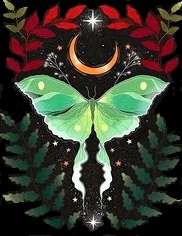
| Author Notes |
If you would like to join the haiku club click on the link. Everybody is welcome.
-luna means moon in Spanish -moths do have legs -moonflowers bloom at night HAIKU is a Japanese short unrhymed poem that uses imagistic language to express the essence of a deeply felt moment in time. It resonates on a deeper level, leaving the reader enlightened and making an insightful connection between the top two lines and the last one, called the SATORI. HAIKU uses a dash to pause before the SATORI.. Haiku is about nature and it alludes to a season of the year. The haiku is written from an observer's point of view. In Japan, haiku is written in 17 syllables and three lines ( 5/7/5) but in English is 17 syllables OR LESS because English syllables are longer than Japanese syllables. Avoid capitalization (except proper names) and punctuation. click here to read Haiku Society of America, HAIKU EXAMPLES click here to read Haiku Society of America HAIKU RULES click here to read why is 5/7/5 OR LESS rule Modern Haiku Thank you very much for reading and reviewing my poems. Gypsy "Poetry heals the wounds inflicted by reason." - Novalis pictures from pinterest |
![]()
By Gypsy Blue Rose
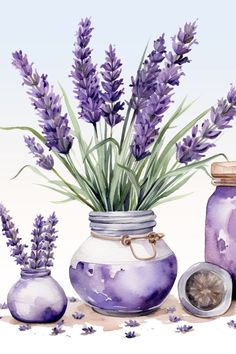
tangled in lavender dreams of you

| Author Notes |
ONE-LINE HAIKU In Japan was written in the 13th century. It did not take hold in English until the late 1970s, when Marlene Mountain published her first one-line haiku. It's intended to be read as one unbroken line. It does not include forced grammar pauses except in logical punctuation. simply haiku- one line haiku rules and examples
Thank you very much for taking the time to read and review my poem. Gypsy "The poet waits quietly to paint the unsaid." Atticus |
![]()
By Gypsy Blue Rose

impoverished
homebound boy—
eyes full of wanderlust

| Author Notes |
Picture: "Under Privileged Child at Hull House" - 1910 - by Lewis Hine (1874-1940). He was best known for his use of photography as a means to achieve social reform. In his hand, the camera became a powerful means of recording social injustice and labor abuses. Hine's interest in social welfare and reform movements led him in 1905 to begin his first documentary series; immigrants on Ellis Island.
SENRYU is a Japanese short unrhymed poem that uses imagistic language to express the essence of a deeply felt moment in time. Unlike Haiku, senryu is about human nature and doesn't need a season word. It resonates on a deeper level, leaving the reader enlightened and making an insightful connection between the top two lines and the last one, called the SATORI. It's written in 17 syllables OR LESS and three lines. Thank you very much for reading and reviewing my poems. Gypsy "Poetry heals the wounds inflicted by reason." - Novalis |
![]()
By Gypsy Blue Rose
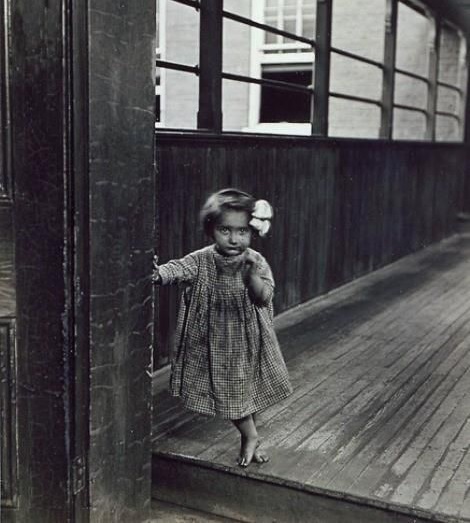
| Author Note: | If You Would Like To Join the Haiku Club, please check my author notes |
small Orphan Annie
dreams big —
'bout finding parents

| Author Notes |
This week we are learning to write an ESSENCE HAIKU in the Haiku Club. If you would like to join, click on the link below and follow the prompts.
THE ESSENCE HAIKU is a Japanese 'very short' unrhymed poem that uses imagistic language to express the essence of a deeply felt moment in time. It resonates on a deeper level, leaving the reader enlightened and making an insightful connection between the top two lines and the last one, called the SATORI. HAIKU uses a dash to pause before the SATORI.. Haiku is about nature and it alludes to a season of the year. In Japan, haiku is written in 12 syllables 12 syllables or LESS. Avoid capitalization (except proper names) and punctuation; keep alliteration to a minimum. Lines should be connected grammatically to improve the flow of thought. click here to read Haiku Society of America, HAIKU EXAMPLES click here to read Haiku Society of America HAIKU RULES click here to read why is 5/7/5 OR LESS rule Modern Haiku Thank you very much for reading and reviewing my poems. Gypsy "Poetry heals the wounds inflicted by reason." - Novalis pictures from pinterest Picture by Lewis Hine - "Little Orphan Annie in a Pittsburgh Institution", 1910 |
![]()
By Gypsy Blue Rose
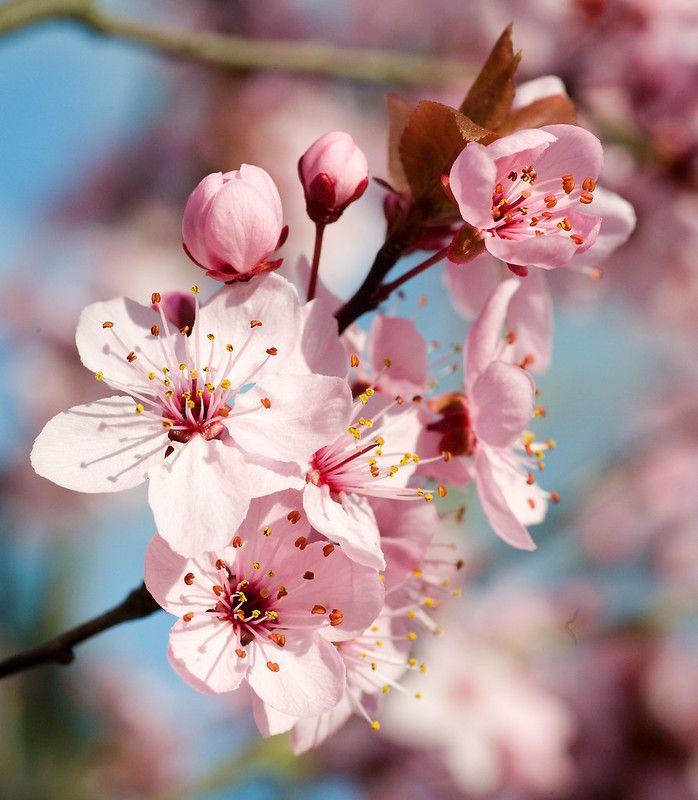
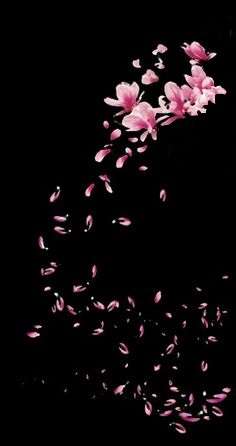
| Author Notes |
HAIKU is a Japanese short unrhymed poem that uses imagistic language to express the essence of a deeply felt moment in time. It resonates on a deeper level, leaving the reader enlightened and making an insightful connection between the top two lines and the last one, called the SATORI. HAIKU uses a dash to pause before the SATORI.. Haiku is about nature and it alludes to a season of the year. The haiku is written from an observer's point of view. In Japan, haiku is written in 17 syllables and three lines ( 5/7/5) but in English is 17 syllables OR LESS because English syllables are longer than Japanese syllables. Avoid capitalization (except proper names) and punctuation.
click here to read Haiku Society of America, HAIKU EXAMPLES click here to read Haiku Society of America HAIKU RULES click here to read why is 5/7/5 OR LESS rule Modern Haiku Thank you very much for reading and reviewing my poems. Gypsy "Poetry heals the wounds inflicted by reason." - Novalis pictures from pinterest |
![]()
By Gypsy Blue Rose
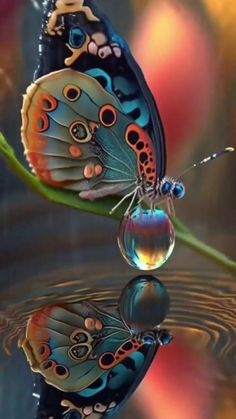
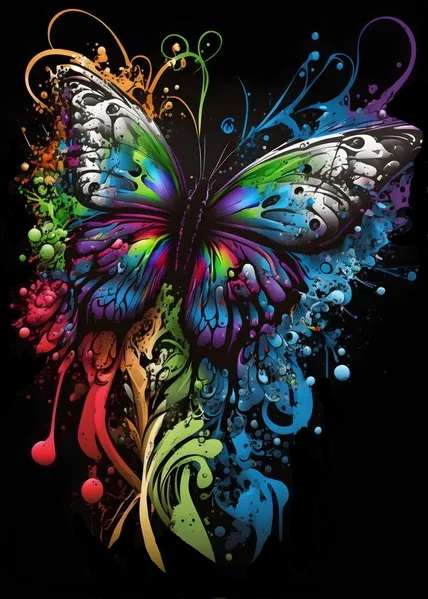
| Author Notes |
Ekphrastic is a poem inspired by a picture or painting.
HAIKU is a Japanese very short unrhymed poem that uses imagistic language to express the essence of a deeply felt moment in time. It resonates on a deeper level, leaving the reader enlightened and making an insightful connection between the top two lines and the last one, called the SATORI. HAIKU uses a dash to pause before the SATORI.. Haiku is about nature and it alludes to a season of the year. In Japan, haiku is written in 17 syllables and three lines ( 5/7/5) but in English is 17 syllables OR LESS because English syllables are longer than Japanese syllables. Avoid capitalization (except proper names) and punctuation; keep alliteration to a minimum. Lines should be connected grammatically to improve the flow of thought. click here to read Haiku Society of America, HAIKU EXAMPLES click here to read Haiku Society of America HAIKU RULES click here to read why is 5/7/5 OR LESS rule Modern Haiku Thank you very much for reading and reviewing my poems. Gypsy "Poetry heals the wounds inflicted by reason." - Novalis pictures from pinterest |
![]()
By Gypsy Blue Rose
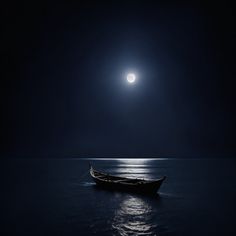
slow leak,
sinking boat flooded —
with moonlight

| Author Notes |
HAIKU is a Japanese very short unrhymed poem that uses imagistic language to express the essence of a deeply felt moment in time. It resonates on a deeper level, leaving the reader enlightened and making an insightful connection between the top two lines and the last one, called the SATORI. HAIKU uses a dash to pause before the SATORI.. Haiku is about nature and it alludes to a season of the year. In Japan, haiku is written in 17 syllables and three lines ( 5/7/5) but in English is 17 syllables OR LESS because English syllables are longer than Japanese syllables. Avoid capitalization (except proper names) and punctuation; keep alliteration to a minimum. Lines should be connected grammatically to improve the flow of thought.
click here to read Haiku Society of America, HAIKU EXAMPLES click here to read Haiku Society of America HAIKU RULES click here to read why is 5/7/5 OR LESS rule Modern Haiku Thank you very much for reading and reviewing my poems. Gypsy "Poetry heals the wounds inflicted by reason." - Novalis pictures from pinterest |
![]()
By Gypsy Blue Rose

| Author Note: | a group of crows is called a 'murder' |
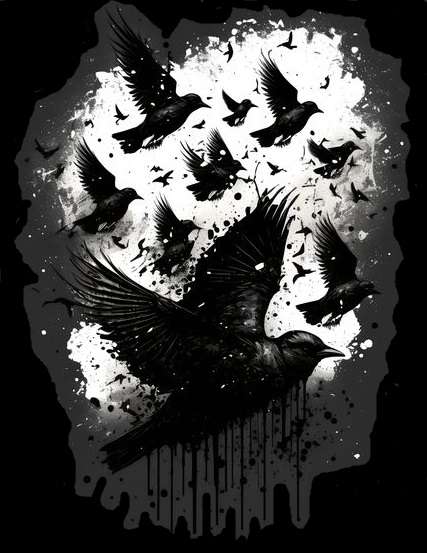
| Author Notes |
-blood-red is a shade of red
-a group of crows is called a murder If you would like to join the haiku club, follow the link at the bottom. HAIKU is a Japanese very short unrhymed poem that uses imagistic language to express the essence of a deeply felt moment in time. It resonates on a deeper level, leaving the reader enlightened and making an insightful connection between the top two lines and the last one, called the SATORI. HAIKU uses a dash to pause before the SATORI.. Haiku is about nature and it alludes to a season of the year. In Japan, haiku is written in 17 syllables and three lines ( 5/7/5) but in English is 17 syllables OR LESS because English syllables are longer than Japanese syllables. Avoid capitalization (except proper names) and punctuation; keep alliteration to a minimum. Lines should be connected grammatically to improve the flow of thought. click here to read Haiku Society of America, HAIKU EXAMPLES click here to read Haiku Society of America HAIKU RULES click here to read why is 5/7/5 OR LESS rule Modern Haiku Thank you very much for reading and reviewing my poems. Gypsy "Poetry heals the wounds inflicted by reason." - Novalis pictures from pinterest |
![]()
By Gypsy Blue Rose


auburn hair
falls on your silky skin
that smells like lavender and rose scent
cherry lips
plump and juicy await
being kissed by mine in pure ecstasy
sun rises
in your bright hazel eyes
that mesmerize me and win my heart
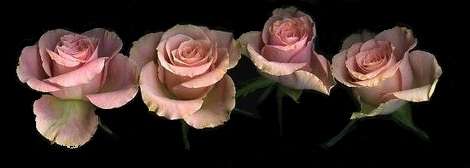
| Author Notes |
Three stanzas with 3/6/9 syllables for the contest
Thank you for reading and reviewing my poem. Gypsy |
![]()
By Gypsy Blue Rose

| Author Note: | haiku in black font in author notes |

| Author Notes |
Ekphrastic is a poem inspired by a painting. This painting is called "scarlet ibis and poppies". The flowers in the painting are poppies. Poppies don't grow in marshes, so maybe the painter had a dream.
Haiku is very visual, I try to create a visual scene. Poetry is not analytical, it's felt in the heart. HAIKU IN BLACK FONT scarlet ibis wades in the marsh midst red poppies knee-deep in yearning Scarlet ibis (plural is also ibis) is a bird that inhabits tropical South America and part of the Caribbean. HAIKU is a Japanese very short unrhymed poem that uses imagistic language to express the essence of a deeply felt moment in time. It resonates on a deeper level, leaving the reader enlightened and making an insightful connection between the top two lines and the last one, called the SATORI. HAIKU uses a dash to pause before the SATORI.. Haiku is about nature and it alludes to a season of the year. In Japan, haiku is written in 17 syllables and three lines ( 5/7/5) but in English is 17 syllables OR LESS because English syllables are longer than Japanese syllables. Avoid capitalization (except proper names) and punctuation; keep alliteration to a minimum. Lines should be connected grammatically to improve the flow of thought. click here to read Haiku Society of America, HAIKU EXAMPLES click here to read Haiku Society of America HAIKU RULES click here to read why is 5/7/5 OR LESS rule Modern Haiku Thank you very much for reading and reviewing my poems. Gypsy "Poetry heals the wounds inflicted by reason." - Novalis pictures from pinterest |
![]()
By Gypsy Blue Rose
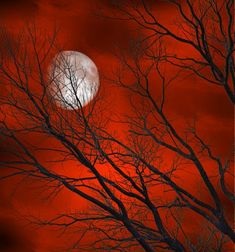
| Author Note: | poem in black font in author notes |
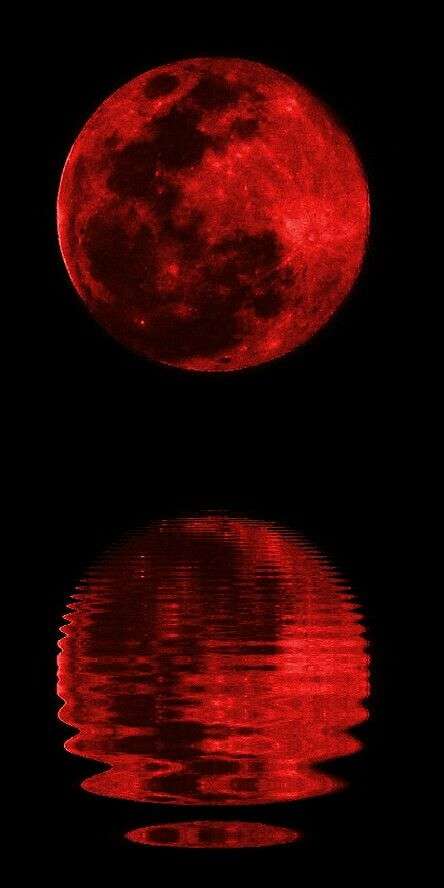
| Author Notes |
POEM IN BLACK FONT
the silver moon rose like a whisper of winter breath in the bloodshot sky red ribbon tied around my broken heart trying to keep it together hidden behind the wall, words written on soft pebbles stalked in little pillars of grief Tercet: Definition A tercet is a unit of three lines of poetry. It can be a poem unto itself, or it can occur within a larger poem. A tercet may rhyme, but it does not have to. It does not matter if the three lines are metered or not. click here if you want to read more Thank you very much for reading and reviewing my poem. Gypsy pictures from pinterest |
![]()
By Gypsy Blue Rose

| Author Note: | For Rules, Please Read My Author Notes |

| Author Notes |
-- Tangerine is a shade of orange
Zen Haiku has been written since haiku's origin in the 17th century. Matsuo Basho, considered to be the father of haiku, was a Zen monk. Many of his contemporaries were monks. Nowadays, many people around the world write haiku in many forms The main Zen concept is that everything is connected in nature, even people and nature. You will notice that many of my Zen haiku refer to buckets full of stars, lakes full of stars, nets full of dusk (no fish), dewdrop full of butterflies, etc .... HAIKU is a Japanese very short unrhymed poem that uses imagistic language to express the essence of a deeply felt moment in time. It resonates on a deeper level, leaving the reader enlightened and making an insightful connection between the top two lines and the last one, called the SATORI. HAIKU uses a dash to pause before the SATORI. Haiku is about nature and it alludes to a season of the year. In Japan, haiku is written in 17 syllables and three lines ( 5/7/5) but in English is 17 syllables OR LESS because English syllables are longer than Japanese syllables. Avoid capitalization (except proper names) and punctuation; keep alliteration to a minimum. Lines should be connected grammatically to improve the flow of thought. click here to read Haiku Society of America, HAIKU EXAMPLES click here to read Haiku Society of America HAIKU RULES click here to read why is 5/7/5 OR LESS rule Modern Haiku Thank you very much for reading and reviewing my poems. Gypsy "Poetry heals the wounds inflicted by reason." - Novalis pictures from Pinterest, -- Bottom fish is an orange roughy |
![]()
By Gypsy Blue Rose
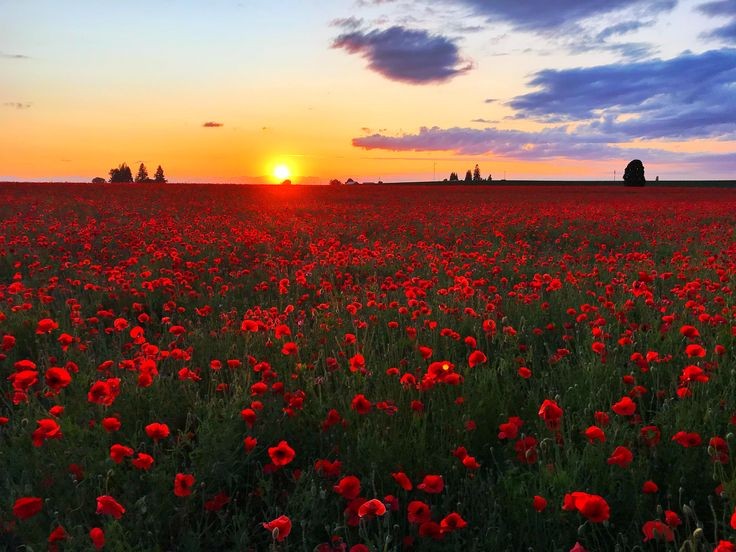

caramel sunset
leaves trail of sleepy poppies
tucked in cozy flower bed

| Author Notes |
5/7/7
The Katauta is an unrhymed japanese form consisting of 17 or 19 syllables. The poem is a three-lined poem the following syllable counts: 5/7/5 or 5/7/7. The Katauta form was used for poems addressed to a lover. A single katauta is considered incomplete or a half-poem, however, a pair of katautas using the syllable count of 5,7,7 is called a sedoka. Thank you very much for reading and reviewing. Gypsy. click here to read Haiku Society of America, HAIKU EXAMPLES click here to read Haiku Society of America HAIKU RULES click here to read why is 5/7/5 OR LESS rule Modern Haiku Thank you very much for reading and reviewing my poems. Gypsy "Poetry heals the wounds inflicted by reason." - Novalis pictures from pinterest |
![]()
By Gypsy Blue Rose
| Author Note: | Haiga Style |

| Author Notes |
Haiga is a haiku written over a picture.
Quote Haiku consists of a regular haiku with a quote. The quote should act as a satori, extending the meaning without repeating words. I created this form. HAIKU is a Japanese very short unrhymed poem that uses imagistic language to express the essence of a deeply felt moment in time. It resonates on a deeper level, leaving the reader enlightened and making an insightful connection between the top two lines and the last one, called the SATORI. HAIKU uses a dash to pause before the SATORI.. Haiku is about nature and it alludes to a season of the year. In Japan, haiku is written in 17 syllables and three lines ( 5/7/5) but in English is 17 syllables OR LESS because English syllables are longer than Japanese syllables. Avoid capitalization (except proper names) and punctuation; keep alliteration to a minimum. Lines should be connected grammatically to improve the flow of thought. click here to read Haiku Society of America, HAIKU EXAMPLES click here to read Haiku Society of America HAIKU RULES click here to read why is 5/7/5 OR LESS rule Modern Haiku Thank you very much for reading and reviewing my poems. Gypsy "Poetry heals the wounds inflicted by reason." - Novalis pictures from pinterest |
![]()
By Gypsy Blue Rose
| Author Note: | poem in black font in my author notes |

| Author Notes |
mom roasts chestnuts
over camping bonfire ~ it warms my heart Haiga is a haiku written over a picture. HAIKU is a Japanese very short unrhymed poem that uses imagistic language to express the essence of a deeply felt moment in time. It resonates on a deeper level, leaving the reader enlightened and making an insightful connection between the top two lines and the last one, called the SATORI. HAIKU uses a dash to pause before the SATORI.. Haiku is about nature and it alludes to a season of the year. In Japan, haiku is written in 17 syllables and three lines ( 5/7/5) but in English is 17 syllables OR LESS because English syllables are longer than Japanese syllables. Avoid capitalization (except proper names) and punctuation; keep alliteration to a minimum. Lines should be connected grammatically to improve the flow of thought. click here to read Haiku Society of America, HAIKU EXAMPLES click here to read Haiku Society of America HAIKU RULES click here to read why is 5/7/5 OR LESS rule Modern Haiku Thank you very much for reading and reviewing my poems. Gypsy "Poetry heals the wounds inflicted by reason." - Novalis pictures from pinterest |
![]()
By Gypsy Blue Rose

cobalt sky
embraces my moody night—
bed covered with stardust

| Author Notes |
HAIKU is a Japanese very short unrhymed poem that uses imagistic language to express the essence of a deeply felt moment in time. It resonates on a deeper level, leaving the reader enlightened and making an insightful connection between the top two lines and the last one, called the SATORI. HAIKU uses a dash to pause before the SATORI.. Haiku is about nature and it alludes to a season of the year. In Japan, haiku is written in 17 syllables and three lines ( 5/7/5) but in English is 17 syllables OR LESS because English syllables are longer than Japanese syllables. Avoid capitalization (except proper names) and punctuation; keep alliteration to a minimum. Lines should be connected grammatically to improve the flow of thought.
click here to read Haiku Society of America, HAIKU EXAMPLES click here to read Haiku Society of America HAIKU RULES click here to read why is 5/7/5 OR LESS rule Modern Haiku Thank you very much for reading and reviewing my poems. Gypsy "Poetry heals the wounds inflicted by reason." - Novalis pictures from Pinterest |
![]()
By Gypsy Blue Rose

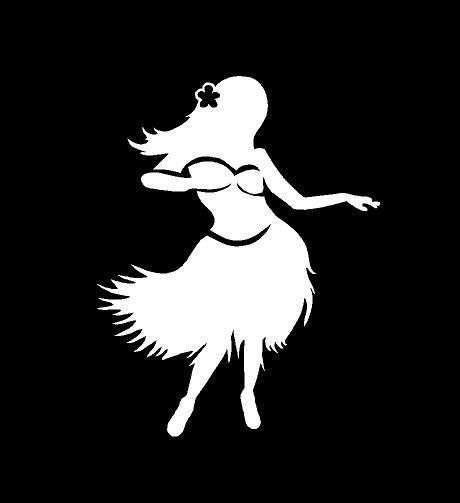
| Author Notes |
The bad thing about tattoos are permanent and some of them change in old people's saggy skin.
SENRYU is a Japanese short unrhymed poem that uses imagistic language to express the essence of a deeply felt moment in time. Unlike Haiku, senryu is about human nature and doesn't need a season word. It resonates on a deeper level, leaving the reader enlightened and making an insightful connection between the top two lines and the last one, called the SATORI. It's written in 17 syllables OR LESS and three lines. Thank you very much for reading and reviewing my poems. Gypsy "Poetry heals the wounds inflicted by reason." - Novalis pictures from pinterest |
![]()
By Gypsy Blue Rose

| Author Note: | If You Would Like To Join the Haiku Club, please check my author notes |
kindness
C H A N G E S
lives

| Author Notes |
brevette poem - consists of a subject (noun), verb, and object (noun), in this exact order. The verb should show an ongoing action. This is done by spacing out the letters in the verb. The poem has only three words, giving it the title Brevette.
Each of the three words may have any number of syllables, but the poem should have balance in the choice of these words. Unlike haiku, there are no other rules to follow. Example #1: Copyright © 2007 Emily Romano rainbow r a d i a t e s Spectrum shadow poetry thank you for reading and reviewing my poem, Gypsy |
![]()
By Gypsy Blue Rose

| Author Note: | If You Would Like To Join the Haiku Club, please check my author notes |
kids
L O V E
dessert

| Author Notes |
brevette poem - consists of a subject (noun), verb, and object (noun), in this exact order. The verb should show an ongoing action. This is done by spacing out the letters in the verb. The poem has only three words, giving it the title Brevette.
Each of the three words may have any number of syllables, but the poem should have balance in the choice of these words. Unlike haiku, there are no other rules to follow. Example #1: Copyright �© 2007 Emily Romano rainbow r a d i a t e s Spectrum shadow poetry Thank you for reading and reviewing my poem. Gypsy |
![]()
By Gypsy Blue Rose

| Author Notes |
HAIKU is a Japanese very short unrhymed poem that uemses imattgistic language to expay sofress the essence of a deeply felt moment in time. It resonates on a deeper level, leaving the reader enlightened and making an insightful connection between the top two lines and the last one, called the SATORI. HAIKU uses a dash to pause before the SATORI.. Haiku is about nature and it alludes to a season of the year. In Japan, haiku is written in 17 syllables and three lines ( 5/7/5) but in English is 17 syllables OR LESS because English syllables are longer than Japanese syllables. Avoid capitalization (except proper names) and punctuation; keep alliteration to a minimum. Lines should be connected grammatically to improve the flow of thought.
click here to read Haiku Society of America, HAIKU EXAMPLES click here to read Haiku Society of America HAIKU RULES click here to read why is 5/7/5 OR LESS rule Modern Haiku Thank you very much for reading and reviewing my poems. Gypsy |
![]()
By Gypsy Blue Rose

| Author Notes |
HAIKU is a Japanese very short unrhymed poem that uemses imattgistic language to expay sofress the essence of a deeply felt moment in time. It resonates on a deeper level, leaving the reader enlightened and making an insightful connection between the top two lines and the last one, called the SATORI. HAIKU uses a dash to pause before the SATORI.. Haiku is about nature and it alludes to a season of the year. In Japan, haiku is written in 17 syllables and three lines ( 5/7/5) but in English is 17 syllables OR LESS because English syllables are longer than Japanese syllables. Avoid capitalization (except proper names) and punctuation; keep alliteration to a minimum. Lines should be connected grammatically to improve the flow of thought.
click here to read Haiku Society of America, HAIKU EXAMPLES click here to read Haiku Society of America HAIKU RULES click here to read why is 5/7/5 OR LESS rule Modern Haiku Thank you very much for reading and reviewing my poems. Gypsy |
![]()
By Gypsy Blue Rose
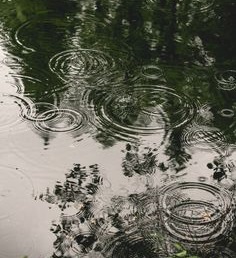
rain over umbrella plant—
worker ant
takes a break beneath
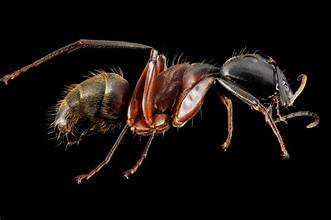
| Author Notes |
HAIKU is a Japanese very short unrhymed poem that uses imagistic language to express the essence of a deeply felt moment in time. It resonates on a deeper level, leaving the reader enlightened and making an insightful connection between the top two lines and the last one, called the SATORI. HAIKU uses a dash to pause before the SATORI.. Haiku is about nature and it alludes to a season of the year. In Japan, haiku is written in 17 syllables and three lines ( 5/7/5) but in English is 17 syllables OR LESS because English syllables are longer than Japanese syllables. Avoid capitalization (except proper names) and punctuation; keep alliteration to a minimum. Lines should be connected grammatically to improve the flow of thought.
click here to read Haiku Society of America, HAIKU EXAMPLES click here to read Haiku Society of America HAIKU RULES click here to read why is 5/7/5 OR LESS rule Modern Haiku Thank you very much for reading and reviewing my poems. Gypsy "Poetry heals the wounds inflicted by reason." - Novalis pictures from pinterest |
![]()
By Gypsy Blue Rose

| Author Note: | rules and poem in black font in author notes |
canceled baby shower—
through opened window
blood moon veils
broken hearts
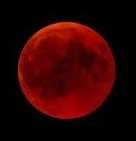
| Author Notes |
canceled baby shower-
through opened window blood moon veils broken hearts Modern haiku is a Japanese short unrhymed poem that uses imagistic language to express the essence of a deeply felt moment in time. It resonates on a deeper level, leaving the reader enlightened and making an insightful connection. The most common literary adaptation in English of haiku looks something like this: one to four lines, no strict syllable count but brief. These poems too utilize a caesura (dash before satori). Images need not be taken from nature, though they may be and often are. Seasonality is optional, though often featured. Here�¢??s an example: in the woodpile the broken ax handle source Thank you for reading and reviewing my poem Gypsy |
![]()
By Gypsy Blue Rose

| Author Notes |
HAIKU is a Japanese very short unrhymed poem that uemses imattgistic language to expay sofress the essence of a deeply felt moment in time. It resonates on a deeper level, leaving the reader enlightened and making an insightful connection between the top two lines and the last one, called the SATORI. HAIKU uses a dash to pause before the SATORI.. Haiku is about nature and it alludes to a season of the year. In Japan, haiku is written in 17 syllables and three lines ( 5/7/5) but in English is 17 syllables OR LESS because English syllables are longer than Japanese syllables. Avoid capitalization (except proper names) and punctuation; keep alliteration to a minimum. Lines should be connected grammatically to improve the flow of thought.
click here to read Haiku Society of America, HAIKU EXAMPLES click here to read Haiku Society of America HAIKU RULES click here to read why is 5/7/5 OR LESS rule Modern Haiku Thank you very much for reading and reviewing my poems. Gypsy Pictures from pinterest |
![]()
By Gypsy Blue Rose
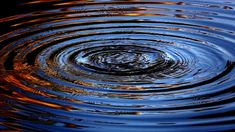
| Author Note: | For Rules, Please check My Author Notes |
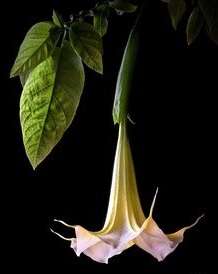
| Author Notes |
Angel Trumpet is a flower
zen concept that everything is connected in nature, God is everywhere, even the ripples in a lake HAIKU is a Japanese short unrhymed poem that uses imagistic language to express the essence of a deeply felt moment in time. It resonates on a deeper level, leaving the reader enlightened and making an insightful connection. American haiku doesn't follow the 5/7/5 form, because Japanese syllables are much shorter. The rule of thumb is to write it as succint as possible and 17 syllables or less. HAIKU uses a dash to pause before the SATORI. Avoid capitalization (except proper names) and punctuation. click here to read haiku examples click here to read haiku rules click here to read why is 5/7/5 OR LESS rule Thank you very much for taking the time to read and review my poem. Gypsy |
![]()
By Gypsy Blue Rose

every night,
my husband in his man cave—
loneliness

| Author Notes |
fiction
One thing is to be alone and another is being lonely. You can live alone and be happy. You can be in a relationship and be lonely. A man cave is not the problem. "Let there be spaces in your togetherness, And let the winds of the heavens dance between you. Love one another but make not a bond of love: Let it rather be a moving sea between the shores of your souls." - Kahlil Gibran, The Prophet SENRYU is a Japanese short unrhymed poem that uses imagistic language to express the essence of a deeply felt moment in time. Unlike Haiku, senryu is about human nature and doesn't need a season word. It resonates on a deeper level, leaving the reader enlightened and making an insightful connection between the top two lines and the last one, called the SATORI. It's written in 17 syllables OR LESS and three lines. Thank you very much for reading and reviewing my poems. Gypsy "Poetry heals the wounds inflicted by reason." - Novalis picture from pinterest |
![]()
By Gypsy Blue Rose

| Author Note: | if you would like to read the senryu rules see the author notes |
blind date
on the ride back—
wipers slice the silence

| Author Notes |
Happy Valentine's Day hehehe
SENRYU is a Japanese short unrhymed poem that uses imagistic language to express the essence of a deeply felt moment in time. Unlike Haiku, senryu is about human nature and doesn't need a season word. It resonates on a deeper level, leaving the reader enlightened and making an insightful connection between the top two lines and the last one, called the SATORI. It's written in 17 syllables OR LESS and three lines. Thank you very much for reading and reviewing my poems. Gypsy "Poetry heals the wounds inflicted by reason." - Novalis pictures from pinterest |
![]()
By Gypsy Blue Rose

moonflower
disrobes at eventide—
amidst blushing roses

| Author Notes |
moonflowers open at night
HAIKU is a Japanese short unrhymed poem that uses imagistic language to express the essence of a deeply felt moment in time. It resonates on a deeper level, leaving the reader enlightened and making an insightful connection. American haiku doesn't follow the 5/7/5 form, because Japanese syllables are much shorter. The rule of thumb is to write it as succint as possible and 17 syllables or less. HAIKU uses a dash to pause before the SATORI. Avoid capitalization (except proper names) and punctuation. click here to read haiku examples click here to read haiku rules click here to read why is 5/7/5 OR LESS rule Thank you very much for taking the time to read and review my poem. Gypsy "Poetry heals the wounds inflicted by reason." - Novalis |
![]()
By Gypsy Blue Rose
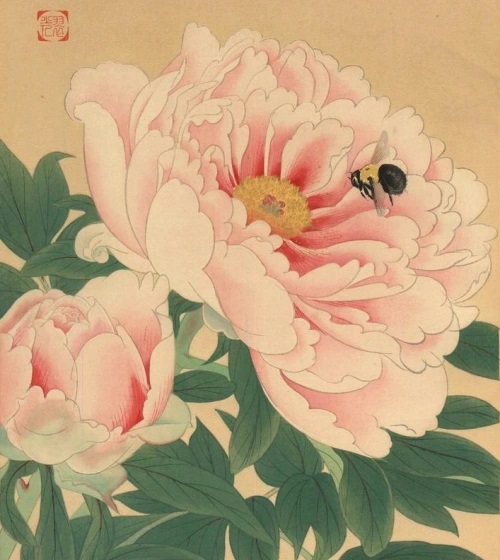
| Author Note: | Haiku rules in my Author Notes |
b e e s t a g g e r s
out of the peony—
drunk with sun and nectar
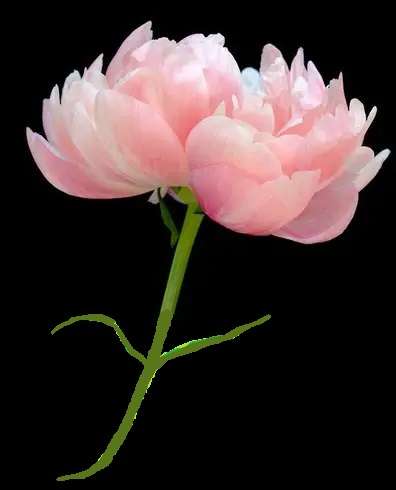
| Author Notes |
HAIKU is a Japanese short unrhymed poem that uses imagistic language to express the essence of a deeply felt moment in time. It resonates on a deeper level, leaving the reader enlightened and making an insightful connection. American haiku doesn't follow the 5/7/5 form, because Japanese syllables are much shorter. The rule of thumb is to write it as succint as possible and 17 syllables or less. HAIKU uses a dash to pause before the SATORI. Avoid capitalization (except proper names) and punctuation.
click here to read haiku examples click here to read haiku rules click here to read why is 5/7/5 OR LESS rule Thank you very much for taking the time to read and review my poem. Gypsy "Poetry heals the wounds inflicted by reason." - Novalis |
![]()
By Gypsy Blue Rose
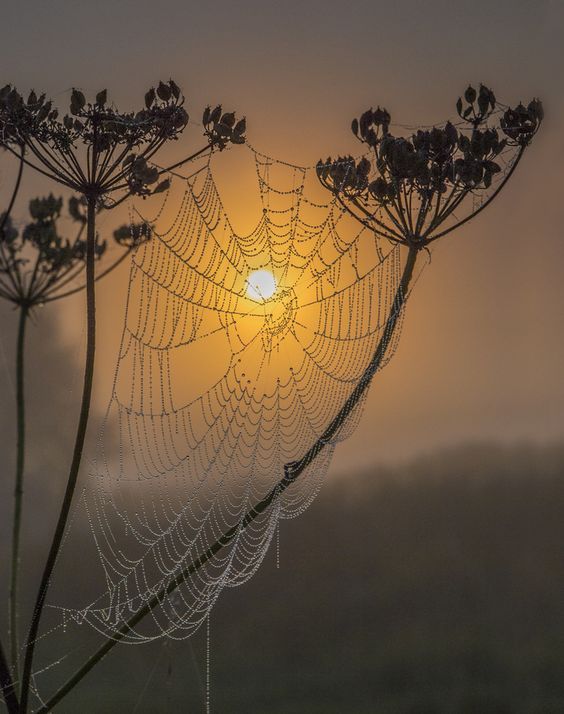

| Author Notes |
HAIKU is a Japanese short unrhymed poem that uses imagistic language to express the essence of a deeply felt moment in time. It resonates on a deeper level, leaving the reader enlightened and making an insightful connection. American haiku doesn't follow the 5/7/5 form, because Japanese syllables are much shorter. The rule of thumb is to write it as succint as possible and 17 syllables or less. HAIKU uses a dash to pause before the SATORI. Avoid capitalization (except proper names) and punctuation.
click here to read haiku examples click here to read haiku rules click here to read why is 5/7/5 OR LESS rule Thank you very much for taking the time to read and review my poem. Gypsy "Poetry heals the wounds inflicted by reason." - Novalis pictures from pinterest |
![]()
By Gypsy Blue Rose

| Author Note: | rules in author notes |
| Author Notes |
HAIKU is a Japanese very short unrhymed poem that uemses imattgistic language to expay sofress the essence of a deeply felt moment in time. It resonates on a deeper level, leaving the reader enlightened and making an insightful connection between the top two lines and the last one, called the SATORI. HAIKU uses a dash to pause before the SATORI.. Haiku is about nature and it alludes to a season of the year. In Japan, haiku is written in 17 syllables and three lines ( 5/7/5) but in English is 17 syllables OR LESS because English syllables are longer than Japanese syllables. Avoid capitalization (except proper names) and punctuation; keep alliteration to a minimum. Lines should be connected grammatically to improve the flow of thought.
click here to read Haiku Society of America, HAIKU EXAMPLES click here to read Haiku Society of America HAIKU RULES click here to read why is 5/7/5 OR LESS rule Modern Haiku Thank you very much for reading and reviewing my poems. Gypsy |
![]()
By Gypsy Blue Rose

| Author Notes |
HAIKU is a Japanese very short unrhymed poem that uemses imattgistic language to expay sofress the essence of a deeply felt moment in time. It resonates on a deeper level, leaving the reader enlightened and making an insightful connection between the top two lines and the last one, called the SATORI. HAIKU uses a dash to pause before the SATORI.. Haiku is about nature and it alludes to a season of the year. In Japan, haiku is written in 17 syllables and three lines ( 5/7/5) but in English is 17 syllables OR LESS because English syllables are longer than Japanese syllables. Avoid capitalization (except proper names) and punctuation; keep alliteration to a minimum. Lines should be connected grammatically to improve the flow of thought.
click here to read Haiku Society of America, HAIKU EXAMPLES click here to read Haiku Society of America HAIKU RULES click here to read why is 5/7/5 OR LESS rule Modern Haiku Thank you very much for reading and reviewing my poems. Gypsy |
![]()
By Gypsy Blue Rose

c a t e r p i l l a r d r e a m s
of becoming a beautiful butterfly—
while chewing tough leaves

| Author Notes |
HAIKU is a Japanese short unrhymed poem that uses imagistic language to express the essence of a deeply felt moment in time. It resonates on a deeper level, leaving the reader enlightened and making an insightful connection. American haiku doesn't follow the 5/7/5 form, because Japanese syllables are much shorter. The rule of thumb is to write it as succint as possible and 17 syllables or less. HAIKU uses a dash to pause before the SATORI. Avoid capitalization (except proper names) and punctuation.
click here to read haiku examples click here to read haiku rules click here to read why is 5/7/5 OR LESS rule Thank you very much for taking the time to read and review my poem. Gypsy "Poetry heals the wounds inflicted by reason." - Novalis pictures from pinterest |
![]()
By Gypsy Blue Rose

empty
boat flooded with
moonlight
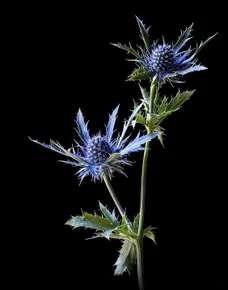
| Author Notes |
Zen Haiku has the same rules as plain haiku. It's inspired by Zen philosophy that everything in nature and human nature is connected. The first haiku master was a Zen monk, Matsuo Basho.
HAIKU is a Japanese short unrhymed poem that uses imagistic language to express the essence of a deeply felt moment in time. It resonates on a deeper level, leaving the reader enlightened and making an insightful connection. American haiku doesn't follow the 5/7/5 form, because Japanese syllables are much shorter. The rule of thumb is to write it as succinctly as possible and 17 syllables or less. HAIKU uses a dash to pause before the SATORI. Avoid capitalization (except proper names) and punctuation. click here to read haiku examples click here to read haiku rules click here to read why is 5/7/5 OR LESS rule Thank you very much for taking the time to read and review my poem. Gypsy "Poetry heals the wounds inflicted by reason." - Novalis pictures from pinterest |
![]()
By Gypsy Blue Rose

i n t i m e s o f w a r,
midst ruins and rivers of blood —
s u n f l o w e r s s t i l l g r o w

| Author Notes |
HAIKU is a Japanese short unrhymed poem that uses imagistic language to express the essence of a deeply felt moment in time. It resonates on a deeper level, enlightening the reader and making an insightful connection. English Haiku doesn't follow the 5/7/5 form, because Japanese syllables are much shorter. The rule of thumb is to write it as succinctly as possible and 17 syllables or less. HAIKU uses a dash to pause before the SATORI. Avoid capitalization (except proper names) and punctuation.
click here to read haiku examples click here to read haiku rules click here to read why is 5/7/5 OR LESS rule Thank you very much for taking the time to read and review my poem. Gypsy "Poetry heals the wounds inflicted by reason." - Novalis pictures from pinterest bottom picture by pulkit saxena |
![]()
By Gypsy Blue Rose

l u l l i n g w a v e s
and the sound of my son
wading through the shallows
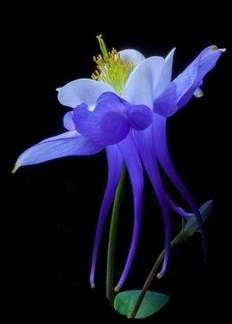
| Author Notes |
HAIKU is a Japanese short unrhymed poem that uses imagistic language to express the essence of a deeply felt moment in time. It resonates on a deeper level, enlightening the reader and making an insightful connection. English Haiku doesn't follow the 5/7/5 form, because Japanese syllables are much shorter. The rule of thumb is to write it as succinctly as possible and 17 syllables or less. HAIKU uses a dash to pause before the SATORI. Avoid capitalization (except proper names) and punctuation. click here to read haiku examples * click here to read haiku rules * click here to read why is 5/7/5 OR LESS rule
Thank you very much for taking the time to read and review my poem. Gypsy "Poetry heals the wounds inflicted by reason." - Novalis pictures from pinterest |
![]()
By Gypsy Blue Rose


| Author Notes |
HAIKU is a Japanese short unrhymed poem that uses imagistic language to express the essence of a deeply felt moment in time. It resonates on a deeper level, enlightening the reader and making an insightful connection. English Haiku doesn't follow the 5/7/5 form, because Japanese syllables are much shorter. The rule of thumb is to write it as succinctly as possible and 17 syllables or less. HAIKU uses a dash to pause before the SATORI. Avoid capitalization (except proper names) and punctuation.
click here to read haiku examples click here to read haiku rules click here to read why is 5/7/5 OR LESS rule Thank you very much for taking the time to read and review my poem. Gypsy "Poetry heals the wounds inflicted by reason." - Novalis |
![]()
By Gypsy Blue Rose

walking in the rain
my grandson fishes
puddle rainbowfish

| Author Notes |
Rainbowfishes are small, colourful freshwater fishes, found in northern Australia, New Guinea, and Madagascar.
The bottom picture is a rainbow fish. The juxtaposition is a rainbow from the sky is reflected in the water. HAIKU is a Japanese short unrhymed poem that uses imagistic language to express the essence of a deeply felt moment in time. It resonates on a deeper level, enlightening the reader and making an insightful connection. English Haiku doesn't follow the 5/7/5 form, because Japanese syllables are much shorter. The rule of thumb is to write it as succinctly as possible and 17 syllables or less. HAIKU uses a dash to pause before the SATORI. Avoid capitalization (except proper names) and punctuation. click here to read haiku examples click here to read haiku rules click here to read why is 5/7/5 OR LESS rule Thank you very much for taking the time to read and review my poem. Gypsy "Poetry heals the wounds inflicted by reason." - Novalis pinterest pictures |
![]()
By Gypsy Blue Rose

cemetery cypresses—
branches heavy with rain
a n d g r i e f
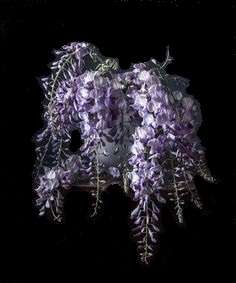
| Author Notes |
In Spain, Cypresses are planted in cemeteries.
HAIKU is a Japanese short unrhymed poem that uses imagistic language to express the essence of a deeply felt moment in time. It resonates on a deeper level, enlightening the reader and making an insightful connection. English Haiku doesn't follow the 5/7/5 form, because Japanese syllables are much shorter. The rule of thumb is to write it as succinctly as possible and 17 syllables or less. HAIKU uses a dash to pause before the SATORI. Avoid capitalization (except proper names) and punctuation. click here to read haiku examples click here to read haiku rules click here to read why is 5/7/5 OR LESS rule Thank you very much for taking the time to read and review my poem. Gypsy "Poetry heals the wounds inflicted by reason." - Novalis pinterest pictures |
![]()
By Gypsy Blue Rose


| Author Notes |
susurrous = whispers; susurring = whispering
Thank you very much for taking the time to read and review my poem. Gypsy pictures from pinterest |
![]()
By Gypsy Blue Rose


| Author Notes |
TANKA is a Japanese five-line poem. Each line should be a cohesive phrase and the lines should be grammatically connected, it should not sound like a list or a telegram.. The five lines must be integrated into a unified poem. The fifth line should be the strongest line.
PIVOT LINE Pivot lines are a feature of Japanese tanka and are often a feature of English tanka, but not necessarily so. A pivot line, usually line 3, can be read sensibly with lines 1 and 2, and also sensibly with lines 4 and 5, a property that can be used to introduce ambiguity and resonance into the poem. One method of composing tanka is to write what is basically a haiku for lines 1, 2, 3, which deals with a natural subject and then write two more lines to append to that which deal with a human experience in a manner that has metaphorical, symbolic, or other resonance with the haiku. Tanka may be beautifully lyrical poems, often about love, loss, longing, and similar aspects of our emotional lives, click here if you want to read modern tanka examples click here to read Tanka Society of America click here if you want to read modern tanka rules Thank you very much for your time and kind review. Gypsy "The poet waits quietly to paint the unsaid." pictures from pinterest |
![]()
By Gypsy Blue Rose

desert dawn
in her green eyes—
his oasis
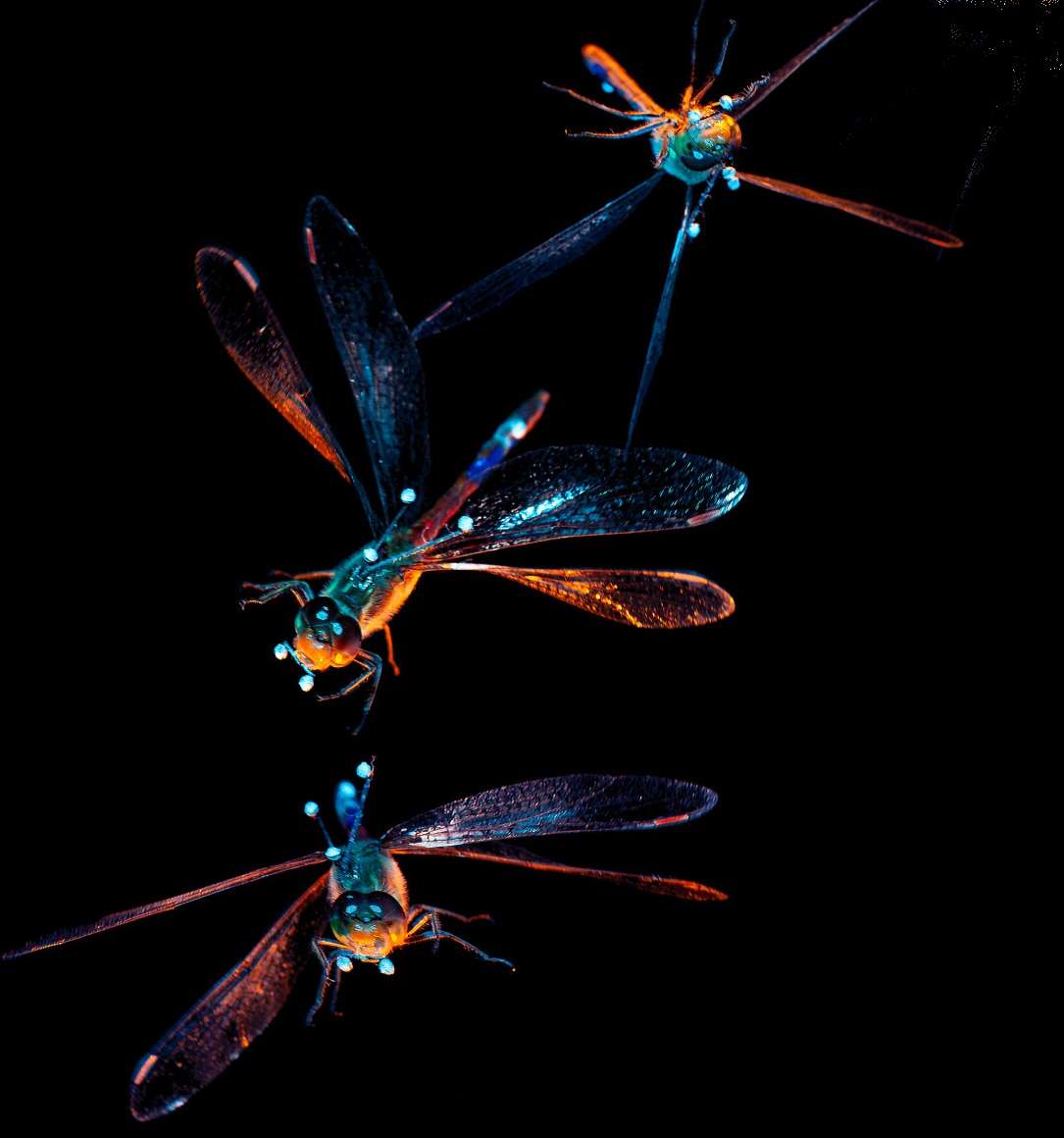
| Author Notes |
HAIKU is a Japanese short unrhymed poem that uses imagistic language to express the essence of a deeply felt moment in time. It resonates on a deeper level, enlightening the reader and making an insightful connection. English Haiku doesn't follow the 5/7/5 form, because Japanese syllables are much shorter. The rule of thumb is to write it as succinctly as possible and 17 syllables or less. HAIKU uses a dash to pause before the SATORI. Avoid capitalization (except proper names) and punctuation.
click here to read haiku examples click here to read haiku rules click here to read why is 5/7/5 OR LESS rule Thank you very much for taking the time to read and review my poem. Gypsy "Poetry heals the wounds inflicted by reason." - Novalis pictures from pinterest |
![]()
By Gypsy Blue Rose
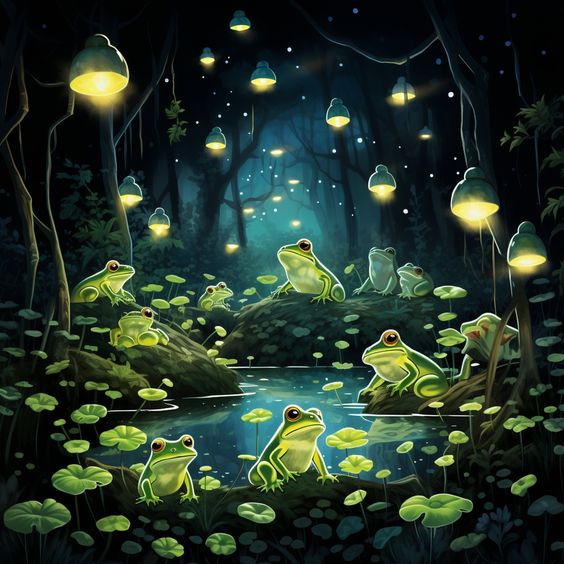
nightingale sings
at the Princess garden—
over pond-dwelling frog
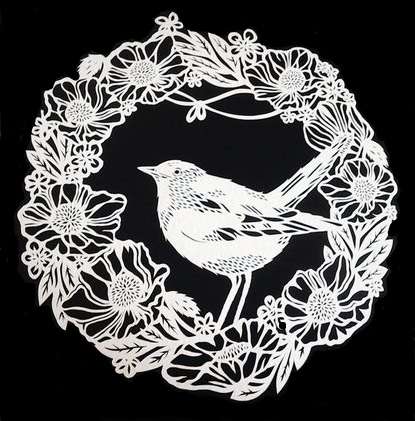
| Author Notes |
HAIKU is a Japanese short unrhymed poem that uses imagistic language to express the essence of a deeply felt moment in time. It resonates on a deeper level, enlightening the reader and making an insightful connection. English Haiku doesn't follow the 5/7/5 form, because Japanese syllables are much shorter. The rule of thumb is to write it as succinctly as possible and 17 syllables or less. HAIKU uses a dash to pause before the SATORI. Avoid capitalization (except proper names) and punctuation.
click here to read haiku examples click here to read haiku rules click here to read why is 5/7/5 OR LESS rule Thank you very much for taking the time to read and review my poem. Gypsy "Poetry heals the wounds inflicted by reason." - Novalis |
![]()
By Gypsy Blue Rose

| Author Note: | Dedicated to Baby Boomers |
 "come to my pad"
"come to my pad" 
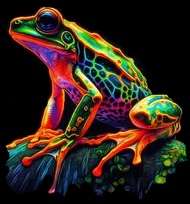
| Author Notes |
** Baby Boomer = a person born in America between 1946 and 1965.
** Groovy and Pad are slang words used in the 60s -- GROOVY = is an American slang colloquialism popular during the 1950s, '60s and '70s. It is roughly synonymous with words such as "excellent", "fashionable", or "amazing", depending on context. -- PAD = is a slang word that refers to a place where a person lives. AND = also, a round floating LEAF of a water lily in a pond. This week write a SUCCINCT HAIKU in the Haiku Club. You may use the event picture or your own. You probably ask yourself, how can I make haiku shorter than it is? Well, you can do it with a few steps. Many people think haiku has to be 5/7/5 but it doesn't have to. The rule with haiku is to keep it as SUCCINCT as possible. Japanese syllables are shorter than English syllables. Keep it in the present tense. EXAMPLE The Old Pond by Matsuo Basho in English: 2/4/3 syllables Old pond (2 syllables) a frog jumps in (4 syllables) water's sound (3 syllable) The Old Pond by Matsuo Basho in Japanese: 5/7/5 Furu ike ya (5 syllables) kawazu tobikomu (7 syllables) mizu no oto (5 syllables) One rule is to get rid of any extra words you don't need, like: (the, an, a,). Also, get rid of duplicate words, like (cold snow- snow is always cold) ( frozen iced lake-frozen and iced is the same) (hot sun- the sun is always hot) (Lonely alone-lonely and alone is the same) etc... EXAMPLE The cold crisp wind blows (5 syllables) crossing the high tall green grass (7 syllables) The grass waves goodbye (5 syllables) SAME HAIKU WRITTEN SUCCINCTLY cold wind (2 syllables) cross tall grass (3 syllables) waves goodbye (3 syllables) You don't always get rid of (the). Sometimes you need it so the haiku doesn't sound like a telegram or a list. You have to read it to yourself and make sure it sounds good. EXAMPLE cold wind (2 syllables) cross the tall grass (4 syllables) waves goodbye (3 syllables) The haiku can be less than 17 syllables BUT not over 17 syllables. HAIKU is a Japanese very short unrhymed poem that uses imagistic language to express the essence of a deeply felt moment in time. It resonates on a deeper level, leaving the reader enlightened and making an insightful connection between the top two lines and the last one, called the SATORI. HAIKU uses a dash to pause before the SATORI.. Haiku is about nature and it alludes to a season of the year. In Japan, haiku is written in 17 syllables and three lines ( 5/7/5) but in English is 17 syllables OR LESS because English syllables are longer than Japanese syllables. Avoid capitalization (except proper names) and punctuation; keep alliteration to a minimum. Lines should be connected grammatically to improve the flow of thought. click here to read Haiku Society of America, HAIKU EXAMPLES click here to read Haiku Society of America HAIKU RULES click here to read why is 5/7/5 OR LESS rule Modern Haiku Thank you very much for reading and reviewing my poems. Gypsy "Poetry heals the wounds inflicted by reason." - Novalis pictures from pinterest |
![]()
By Gypsy Blue Rose

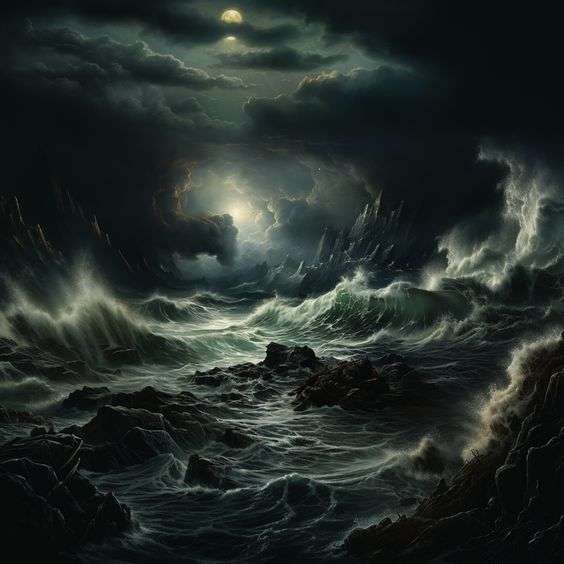
| Author Notes |
The United States Navy Sea, Air, and Land (SEAL) Teams, commonly known as Navy SEALs, are the U.S. Navy's primary special operations force and a component of the Naval Special Warfare Command. wikipedia
HAIKU is a Japanese short unrhymed poem that uses imagistic language to express the essence of a deeply felt moment in time. It resonates on a deeper level, enlightening the reader and making an insightful connection. English Haiku doesn't follow the 5/7/5 form, because Japanese syllables are much shorter. The rule of thumb is to write it as succinctly as possible and 17 syllables or less. HAIKU uses a dash to pause before the SATORI. Avoid capitalization (except proper names) and punctuation. click here to read haiku examples click here to read haiku rules click here to read why is 5/7/5 OR LESS rule Thank you very much for taking the time to read and review my poem. Gypsy "Poetry heals the wounds inflicted by reason." - Novalis pictures from pinterest https://imagizer.imageshack.com/img923/3284/WzCkpd.jpg |
![]()
By Gypsy Blue Rose


| Author Notes |
Thank you very much for your review,
Gypsy |
![]()
By Gypsy Blue Rose


| Author Notes |
A reviewer asked me why didn't the homeless man go inside the laundromat to get warm. The reason is that a lot of business owners tell homeless people to get out. I was a social worker for homeless people for three years. A lot of folks treat homeless people as if they are invisible or a nuisance they don't want to see. There is no affordable housing and tent camps are destroyed by police or city workers over and over. It's a very sad and hard life to live.
SENRYU is a Japanese short unrhymed poem that uses imagistic language to express the essence of a deeply felt moment in time. Unlike Haiku, senryu is about human nature and doesn't need a season word. It resonates on a deeper level, leaving the reader enlightened and making an insightful connection between the top two lines and the last one, called the SATORI. It's written in 17 syllables OR LESS and three lines. Thank you very much for reading and reviewing my poems. Gypsy "Poetry heals the wounds inflicted by reason." - Novalis pictures from pinterest |
![]()
By Gypsy Blue Rose
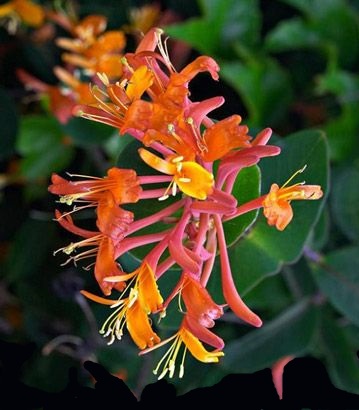
| Author Notes |
Thank you very much for taking the time to read and review my poem.
Gypsy Pictures from pinterest |
![]()
By Gypsy Blue Rose

| Author Note: | raining in southern california |
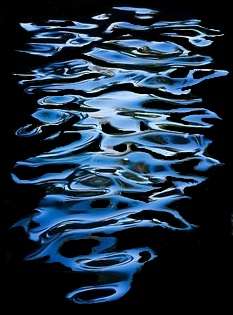
| Author Notes |
Thank you very much for reading and reviewing my poem,
Gypsy |
![]()
By Gypsy Blue Rose


| Author Notes |
SENRYU is a Japanese short unrhymed poem that uses imagistic language to express the essence of a deeply felt moment in time. Unlike Haiku, senryu is about human nature and doesn't need a season word. It resonates on a deeper level, leaving the reader enlightened and making an insightful connection between the top two lines and the last one, called the SATORI. It's written in 17 syllables OR LESS and three lines.
Thank you very much for reading and reviewing my poems. Gypsy "Poetry heals the wounds inflicted by reason." - Novalis pictures from pinterest |
![]()
By Gypsy Blue Rose
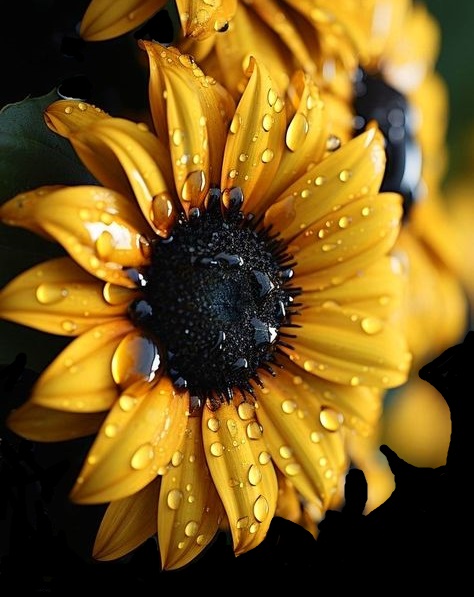
s u n f l o w e r s
rise up in the spring rain
with soulful exaltation
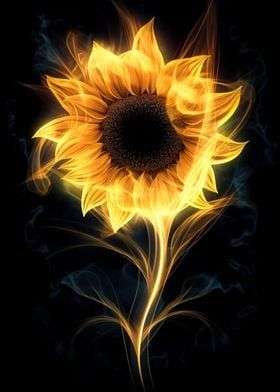
| Author Notes |
Rise Up is a beautiful and soulful song. It means that people can rise up for each other to help and care for.
HAIKU is a Japanese short unrhymed poem that uses imagistic language to express the essence of a deeply felt moment in time. It resonates on a deeper level, enlightening the reader and making an insightful connection. English Haiku doesn't follow the 5/7/5 form, because Japanese syllables are much shorter. The rule of thumb is to write it as succinctly as possible and 17 syllables or less. HAIKU uses a dash to pause before the SATORI. Avoid capitalization (except proper names) and punctuation. click here to read haiku examples click here to read haiku rules click here to read why is 5/7/5 OR LESS rule Thank you very much for taking the time to read and review my poem. Gypsy "Poetry heals the wounds inflicted by reason." - Novalis pictures from my pinterest account |
![]()
By Gypsy Blue Rose

naps half a day
beneath the warming sunbeam
up for cool water
and yummy treats
the hard life of a cat
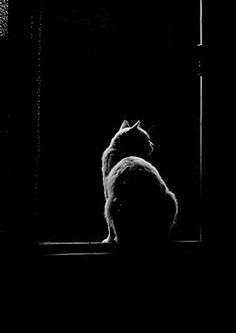
| Author Notes |
CONTEMPORARY TANKA has its seeds in the human heart and mind. IT grows into the myriad leaves of words and phrases expressing what the poet thinks and feels in her or his heart. Tanka are beautifully lyrical and they are often about love, loss, longing, and similar aspects of our emotional lives,
Throughout Japanese history, women have been the best tanka poets. Tanka originated in the imperial court where men and women exchanged tanka poems after a night together. The poems were deeply passionate. Women poets were committed to a life of both religions consciousness and erotic intensity. Pivot lines are feature of Japanese tanka and are often a feature of in English tanka, but itâ??s not necessary. A pivot line, is usually written on line 3, can be read sensibly with lines 1 and 2, and lines 4 and 5, a property that can be used to introduce ambiguity and resonance into the poem. * click here if you want to read modern tanka examples * click here to join the Tanka Society of America * click here if you want to read modern tanka rules Thank you very much for your time and kind review. Gypsy "The poet waits quietly to paint the unsaid. pictures from my Pinterest account |
![]()
By Gypsy Blue Rose

'neath veil of stars,
a little snail sleeps tight
stripped to the waist
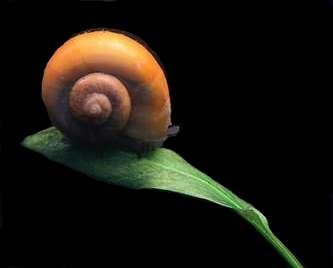
| Author Notes |
HAIKU is a Japanese short unrhymed poem that uses imagistic language to express the essence of a deeply felt moment in time. It resonates on a deeper level, enlightening the reader and making an insightful connection. English Haiku doesn't follow the 5/7/5 form, because Japanese syllables are much shorter. The rule of thumb is to write it as succinctly as possible and 17 syllables or less. HAIKU uses a dash to pause before the SATORI. Avoid capitalization (except proper names) and punctuation.
click here to read haiku examples click here to read haiku rules click here to read why is 5/7/5 OR LESS rule Thank you very much for taking the time to read and review my poem. Gypsy "Poetry heals the wounds inflicted by reason." - Novalis pictures from my Pinterest account |
![]()
By Gypsy Blue Rose






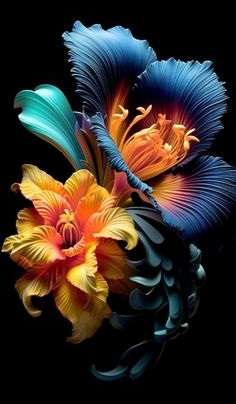
| Author Notes |
SENRYU is a Japanese short unrhymed poem that uses imagistic language to express the essence of a deeply felt moment in time. Unlike Haiku, senryu is about human nature and doesn't need a season word. It resonates on a deeper level, leaving the reader enlightened and making an insightful connection between the top two lines and the last one, called the SATORI. It's written in 17 syllables OR LESS and three lines.
Thank you very much for reading and reviewing my poems. Gypsy "Poetry heals the wounds inflicted by reason." - Novalis |
![]()
By Gypsy Blue Rose


p l u m p p l u m s —
tasting sweetness
on my lover’s lips
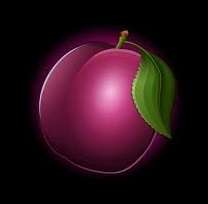
| Author Notes |
HAIKU is a Japanese short unrhymed poem that uses imagistic language to express the essence of a deeply felt moment in time. It resonates on a deeper level, enlightening the reader and making an insightful connection. English Haiku doesn't follow the 5/7/5 form, because Japanese syllables are much shorter. The rule of thumb is to write it as succinctly as possible and 17 syllables or less. HAIKU uses a dash to pause before the SATORI. Avoid capitalization (except proper names) and punctuation.
click here to read haiku examples click here to read haiku rules click here to read why is 5/7/5 OR LESS rule Thank you very much for taking the time to read and review my poem. Gypsy "Poetry heals the wounds inflicted by reason." - Novalis picture from my Pinterest account |
![]()
By Gypsy Blue Rose

| Author Notes |
HAIKU is a Japanese very short unrhymed poem that uemses imattgistic language to expay sofress the essence of a deeply felt moment in time. It resonates on a deeper level, leaving the reader enlightened and making an insightful connection between the top two lines and the last one, called the SATORI. HAIKU uses a dash to pause before the SATORI.. Haiku is about nature and it alludes to a season of the year. In Japan, haiku is written in 17 syllables and three lines ( 5/7/5) but in English is 17 syllables OR LESS because English syllables are longer than Japanese syllables. Avoid capitalization (except proper names) and punctuation; keep alliteration to a minimum. Lines should be connected grammatically to improve the flow of thought.
click here to read Haiku Society of America, HAIKU EXAMPLES click here to read Haiku Society of America HAIKU RULES click here to read why is 5/7/5 OR LESS rule Modern Haiku Thank you very much for reading and reviewing my poems. Gypsy |
![]()
By Gypsy Blue Rose

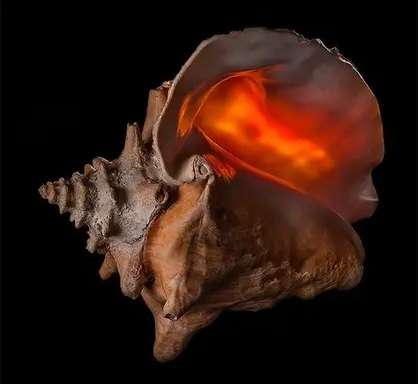
| Author Notes |
Pacific = peaceful; making peace
HAIKU is a Japanese short unrhymed poem that uses imagistic language to express the essence of a deeply felt moment in time. It resonates on a deeper level, enlightening the reader and making an insightful connection. English Haiku doesn't follow the 5/7/5 form, because Japanese syllables are much shorter. The rule of thumb is to write it as succinctly as possible and 17 syllables or less. HAIKU uses a dash to pause before the SATORI. Avoid capitalization (except proper names) and punctuation. click here to read haiku examples click here to read haiku rules click here to read why is 5/7/5 OR LESS rule Thank you very much for taking the time to read and review my poem. Gypsy "Poetry heals the wounds inflicted by reason." - Novalis pictures from my Pinterest account |
![]()
By Gypsy Blue Rose

on wings of warm wind
I glide into the party—
with bouquet of spring

| Author Notes |
HAIKU is a Japanese short unrhymed poem that uses imagistic language to express the essence of a deeply felt moment in time. It resonates on a deeper level, enlightening the reader and making an insightful connection. English Haiku doesn't follow the 5/7/5 form, because Japanese syllables are much shorter. The rule of thumb is to write it as succinctly as possible and 17 syllables or less. HAIKU uses a dash to pause before the SATORI. Avoid capitalization (except proper names) and punctuation.
click here to read haiku examples click here to read haiku rules click here to read why is 5/7/5 OR LESS rule Thank you very much for taking the time to read and review my poem. Gypsy "Poetry heals the wounds inflicted by reason." - Novalis pictures from my Pinterest account |
![]()
By Gypsy Blue Rose

| Author Note: | one line haiku rules in my author notes |

| Author Notes |
One Line Haiku was created in Japan in the 17th century. Haiku poets write one-line haiku in a vertical or a horizontal line. Since the 1960s, American (and other Western world countries) haiku poets' communities have experimented with "one-line haiku".
�?�¢?? Characteristics of the One-Line Poem, or Monostich �?�¢?? -A one-line poem does not exceed one line of type on a normal page and is intended to be read as one unbroken line. - A one-line poem does not include forced pauses (satori), indicated by punctuation, true one-line poems do not use pauses (satori) and line breaks, for more information click here |
![]()
By Gypsy Blue Rose
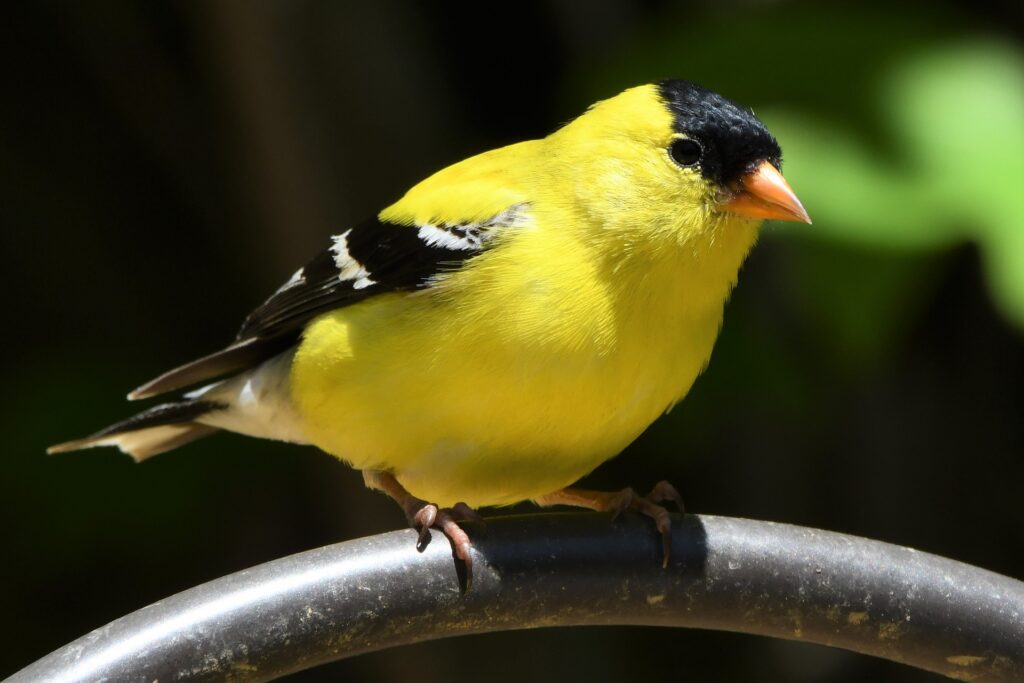
| Author Note: | For Rules, Please Read My Author Notes |

| Author Notes |
ONE LINE HAIKU POEM was created in Japan in the 17th century by haiku Master, Matsuo Basho. Haiku poets have written one-line haiku in a vertical or a horizontal line for centuries. Since the 1960s, American poets (and other Western world countries) have experimented with "one-line haiku".
ONE LINE HAIKU RULES: - A one-line poem does not exceed one line of type on a normal page and is intended to be read as one unbroken line. - A one-line poem usually does not include forced pauses (satori) indicated by space or punctuation. Sometimes the one line haiku can be written across or down. EXAMPLE BY Jim Kacian gunshot the length of the lake ...................... EXAMPLE OF A DOWN ONE LINE HAIKU the thrush just part of the old fence post for more information from the Simply Haiku.com click here more information from the Haiku Founation.org Thank you very much for reading my poem Gypsy pictures from my Pinterest account |
![]()
By Gypsy Blue Rose

| Author Note: | Kyoka poems are about social satire, irony, and humor |
| Author Notes |
john is slang for toilet
Kyoka is a parody of tanka (Japanese poem) that contains social satire, irony, and humor in 31 (5-7-5-7-7) syllables. The origin of kyoka can be traced back to the ancient and medieval period. |
![]()
By Gypsy Blue Rose

buried in his vineyard—
becomes compost
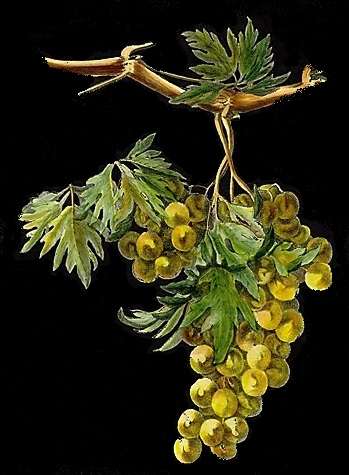
| Author Notes |
The Vintner is buried in his land and his remains provide nourishment for the vineyard he loves. He becomes one with the grapes. It's a zen concept.
the 6-word contest rule is to write a poem in any poetic form. I chose haiku. Vines = a grape plant for making wine Vintner = vineyard owner JISEI HAIKU (death poem) is a genre of Japanese poetry. It offers a reflection on the imminent death of the author. It originated in Zen Buddhism. They tend to offer a reflection on death coupled with a meaningful observation of life. The poem's structure can be written in haiku 5/7/5 or tanka 5/7/5/7/7 form, which can have fewer syllables. Death poems are typically graceful, natural, and emotionally neutral. Death is described, metaphorically, references such as sunsets, autumn or falling cherry blossom suggest the transience of life. wikipedia to see source click here Thank you very much for reading and reviewing my poem. Gypsy Gypsy "Poetry heals the wounds inflicted by reason." - Novalis Painting by Giuseppe Pino |
![]()
By Gypsy Blue Rose


| Author Notes |
ONE-LINE HAIKU is a brief Japanese poetic form that illustrates a single moment in time. It uses the juxtaposition of two concrete images about nature and human experience in a way that prompts the reader to make an insightful connection between the two. Poetic devices may be used. The haiku is written from an observer's point of view. It was created in the 13th century.. simply haiku- one line haiku rules and examples
Thank you very much for taking the time to read and review my poem. Gypsy "Poetry heals the wounds inflicted by reason." - Novalis pictures from my pinterest account |
![]()
By Gypsy Blue Rose

‘neath a golden moon
sleeping on rolling blue fields—
valley full of love

| Author Notes |
A 5/7/5 poem's rules are simple, just the syllables and lines count. Some 5/7/5 can be haiku but it's not required. The difference is that 5/7/5 poems have only one rule and haiku have many.
thank you for reading and reviewing my poem gypsy picture from my pinterest account |
![]()
By Gypsy Blue Rose
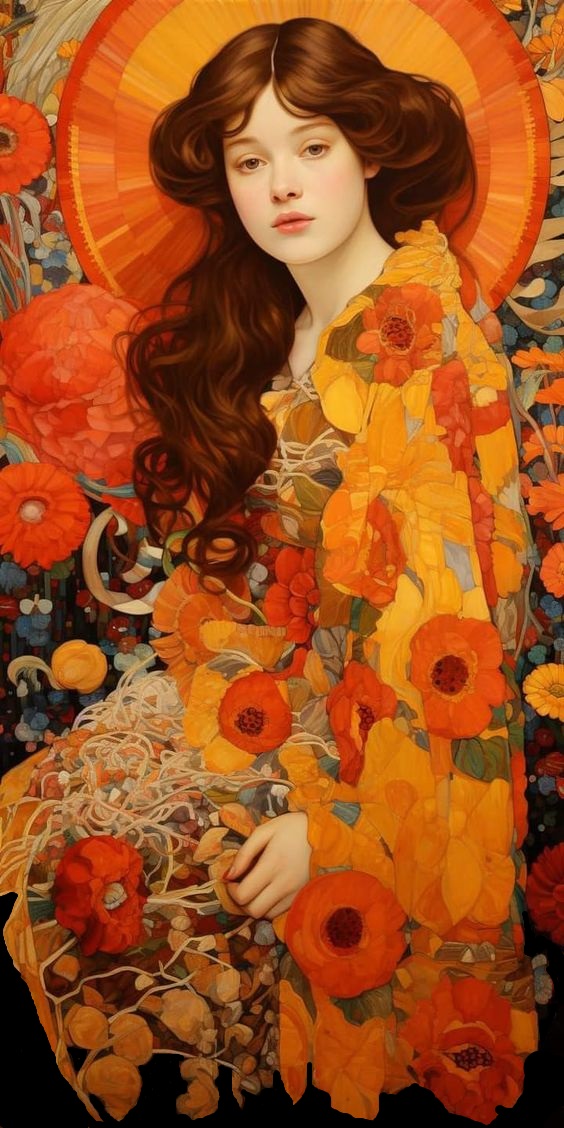
| Author Note: | If You Would Like To Join the Haiku Club, please check my author notes |

| Author Notes |
The bottom picture is poppies, the California flower.
Contemporary Haiku is a Japanese short unrhymed poem that uses imagistic language to express the essence of a deeply felt moment in time. It resonates on a deeper level, leaving the reader enlightened and making an insightful connection.The most common literary adaptation in English of haiku looks something like this: one to four lines, no strict syllable count but brief. These poems too utilize a caesura (dash before satori). Images need not be taken from nature, though they may be and often are. Seasonality is optional, though often featured. Here�??????�?????�????�???�??�?�¢??s an example: in the woodpile the broken ax handle source Thank you for reading and reviewing my poem Gypsy pictures from my Pinterest account |
![]()
By Gypsy Blue Rose

| Author Note: | If You Would Like To Join the Haiku Club, please check my author notes |
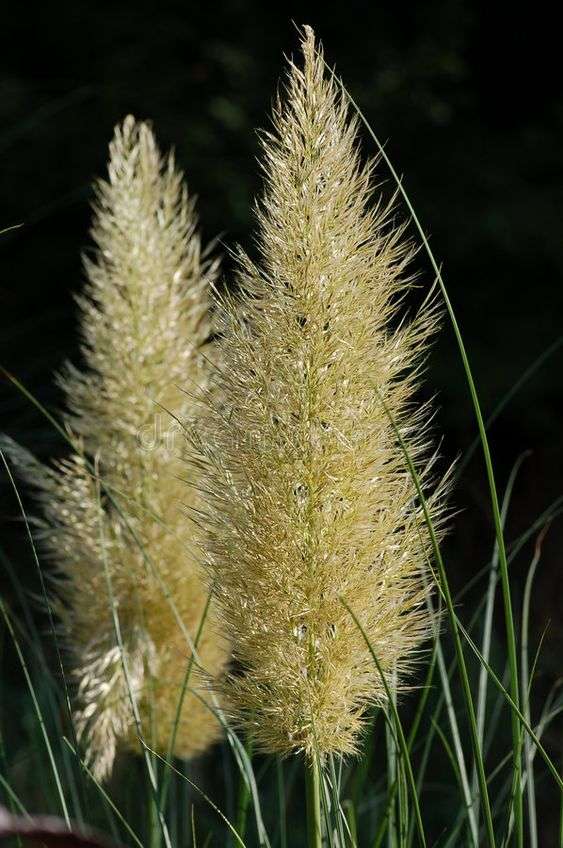
| Author Notes |
Contemporary Haiku is a Japanese short unrhymed poem that uses imagistic language to express the essence of a deeply felt moment in time. It resonates on a deeper level, leaving the reader enlightened and making an insightful connection.The most common literary adaptation in English of haiku looks something like this: one to four lines, no strict syllable count but brief. These poems too utilize a caesura (dash before satori). Images need not be taken from nature, though they may be and often are. Seasonality is optional, though often featured. Hereâ??s an example: in the woodpile the broken ax handle source
Thank you for reading and reviewing my poem Gypsy pictures from my Pinterest account |
![]()
By Gypsy Blue Rose
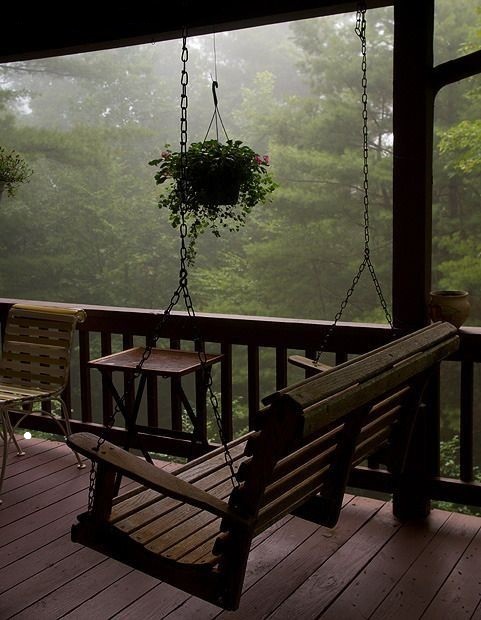
| Author Note: | For Rules, Please Read My Author Notes |
cold dusk —
rising moon fills
the porch swing
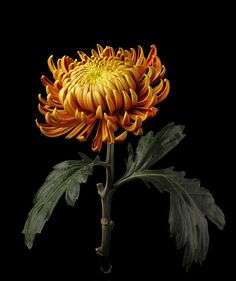
| Author Notes |
Contemporary Haiku is a Japanese short unrhymed poem that uses imagistic language to express the essence of a deeply felt moment in time. It resonates on a deeper level, leaving the reader enlightened and making an insightful connection. The most common literary adaptation in English of haiku looks something like this: one to four lines, no strict syllable count but brief. These poems too utilize a caesura (dash before satori). Images need not be taken from nature, though they may be and often are. Seasonality is optional, though often featured. Here�¢??s an example: in the woodpile the broken ax handle source
Thank you for reading and reviewing my poem pictures from my pinterest account |
![]()
By Gypsy Blue Rose
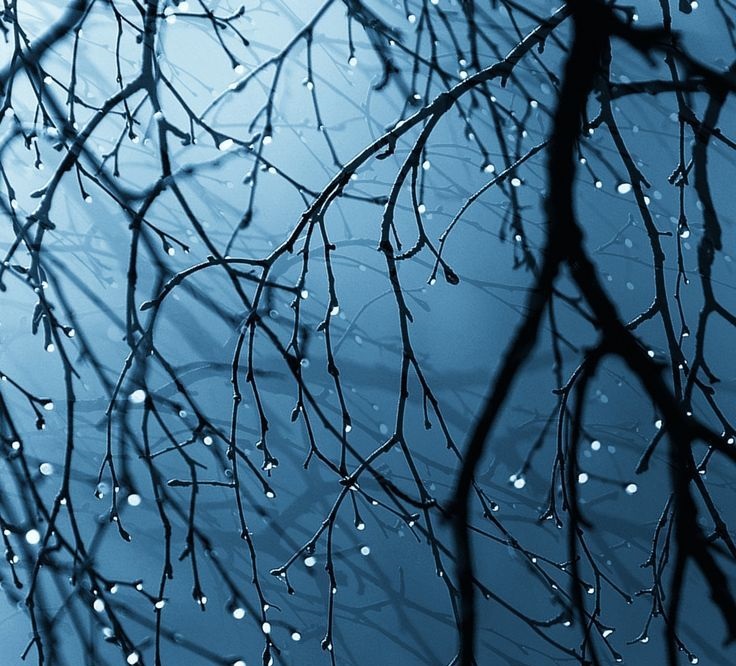

| Author Notes |
HAIKU is a Japanese very short unrhymed poem that uses imagistic language to express the essence of a deeply felt moment in time. It resonates on a deeper level, leaving the reader enlightened and making an insightful connection between the top two lines and the last one, called the SATORI. HAIKU uses a dash to pause before the SATORI.. Haiku is about nature and it alludes to a season of the year. In Japan, haiku is written in 17 syllables and three lines ( 5/7/5) but in English is 17 syllables OR LESS because English syllables are longer than Japanese syllables. Avoid capitalization (except proper names) and punctuation; avoid alliteration. Lines should be connected grammatically to improve the flow of thought.
click here to read Haiku Society of America, HAIKU EXAMPLES click here to read Haiku Society of America HAIKU RULES click here to read why is 5/7/5 OR LESS rule Modern Haiku Thank you very much for reading and reviewing my poems. Gypsy |
![]()
By Gypsy Blue Rose

| Author Note: | Rules are in My Author Notes |

| Author Notes |
- Haiga is a poem written on a picture
- Reflection Haiku is composed of two haiku, top has a first line, second line, third line; and the second haiku is the opposite: third line, second line, first line. - Zen haiku was the original haiku the concept is that everything in the universe is infinite, there is no birth and death; the man in the grave has become stars and night Modern Haiku is a Japanese short unrhymed poem that uses imagistic language to express the essence of a deeply felt moment in time. It resonates on a deeper level, leaving the reader enlightened and making an insightful connection.The most common literary adaptation in English of haiku looks something like this: one to four lines, no strict syllable count but brief. These poems too utilize a caesura (dash before satori). Images need not be taken from nature, though they may be and often are. Seasonality is optional, though often featured. Here�??�?�¢??s an example: in the woodpile the broken ax handle source Thank you for reading and reviewing my poem Gypsy pictures from my Pinterest account |
![]()
By Gypsy Blue Rose
.jpeg)
![]()
By Gypsy Blue Rose

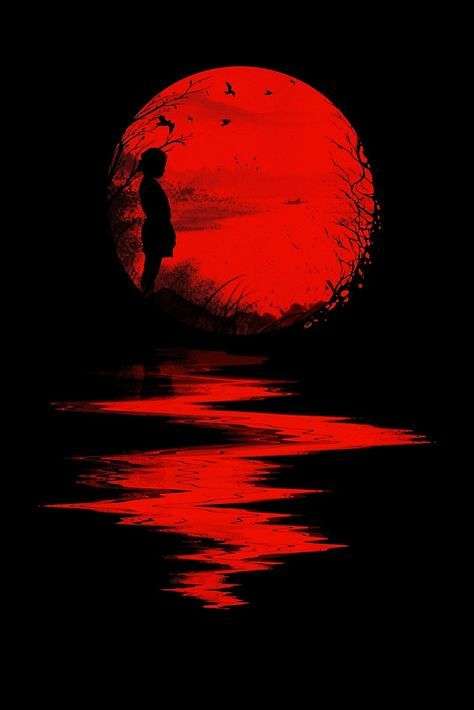
| Author Notes |
Contemporary Haiku is a Japanese short unrhymed poem that uses imagistic language to express the essence of a deeply felt moment in time. It resonates on a deeper level, leaving the reader enlightened and making an insightful connection.The most common literary adaptation in English of haiku looks something like this: one to four lines, no strict syllable count but brief. These poems too utilize a caesura (dash before satori). Images need not be taken from nature, though they may be and often are. Seasonality is optional, though often featured. Here�?�¢??s an example: in the woodpile the broken ax handle source
Thank you for reading and reviewing my poem Gypsy pictures from my Pinterest account |
![]()
By Gypsy Blue Rose

| Author Note: | For Rules, Please Read My Author Notes |
cherry juice
drips from her plump lips—
I kiss summer

| Author Notes |
SENRYU is a Japanese short unrhymed poem that uses imagistic language to express the essence of a deeply felt moment in time. Unlike Haiku, senryu is about human nature and doesn't need a season word. It resonates on a deeper level, leaving the reader enlightened and making an insightful connection between the top two lines and the last one, called the SATORI. It's written in 17 syllables OR LESS and three lines.
Thank you very much for reading and reviewing my poems. Gypsy "Poetry heals the wounds inflicted by reason." - Novalis pictures from my Pinterest account |
![]()
By Gypsy Blue Rose

first mini-steps on the moon—
boy jumping on puddles

| Author Notes |
Twelve people have walked on Earth's Moon. The first one was Neil Armstrong and the last one was Harrison Schmitt. All crewed moon landings took place between July 1969 and December 1972 as part of the United States Apollo program. All twelve people who have walked on the Moon are American men. click here if you want to see the list of people who walked on the moon
Contemporary Haiku is a Japanese short unrhymed poem that uses imagistic language to express the essence of a deeply felt moment in time. It resonates on a deeper level, leaving the reader enlightened and making an insightful connection.The most common literary adaptation in English of haiku looks something like this: one to four lines, no strict syllable count but brief. These poems too utilize a caesura (dash before satori). Images need not be taken from nature, though they may be and often are. Seasonality is optional, though often featured. Hereâ??s an example: in the woodpile the broken ax handle source Thank you for reading and reviewing my poem Gypsy pictures from my Pinterest account, |
![]()
By Gypsy Blue Rose

| Author Note: | If You Would Like To Join the Haiku Club, please check my author notes |
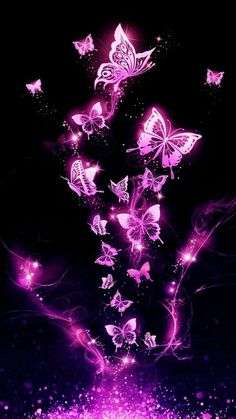
| Author Notes |
Kigo: blossom haze click here if you want to read the 500 Kigo season words
HAIKU is a Japanese short unrhymed poem that uses imagistic language to express the essence of a deeply felt moment in time. It resonates on a deeper level, enlightening the reader and making an insightful connection. English Haiku doesn't follow the 5/7/5 form, because Japanese syllables are much shorter. The rule of thumb is to write it as succinctly as possible and 17 syllables or less. The main parts of a classic haiku are: kireji, kigo, and satori. KIREJI is a pause or break in a verse where one phrase ends and another phrase begins. It may be expressed by a dash or a comma. KIGO is word or phrase associated with a particular season (spring, summer, autumn, or winter) SATORI is a phrase (usually last line) that provides comprehension and understanding. It refers to a deep experience of one's essence of true nature". Satori is commonly translated as enlightenment, click here to read haiku examples click here to read haiku rules click here to read why is 5/7/5 OR LESS rule click here for season words Thank you very much for taking the time to read and review my poem. Gypsy "Poetry heals the wounds inflicted by reason." - Novalis pictures from my Pinterest account |
![]()
By Gypsy Blue Rose

| Author Note: | If You Would Like To Join the Haiku Club, please check my author notes |


| Author Notes |
- snowdrops are one of the first spring flowers to bloom and some grow beneath the snow and push on through to the surface.
- Kigo: end of snow is spring click here if you want to see kigo (season words) list HAIKU is a Japanese short unrhymed poem that uses imagistic language to express the essence of a deeply felt moment in time. It resonates on a deeper level, enlightening the reader and making an insightful connection. English Haiku doesn't follow the 5/7/5 form, because Japanese syllables are much shorter. The rule of thumb is to write it as succinctly as possible and 17 syllables or less. The main parts of a classic haiku are: kireji, kigo, and satori. KIREJI is a pause or breaks in a verse where one phrase ends and another phrase begins. It may be expressed by a dash or a comma. KIGO is word or phrase associated with a particular season (spring, summer, autumn, or winter) SATORI is a phrase (usually last line) that provides comprehension and understanding. It refers to a deep experience of one's essence of true nature". Satori is commonly translated as enlightenment, click here to read haiku examples click here to read haiku rules click here to read why is 5/7/5 OR LESS rule Thank you very much for taking the time to read and review my poem. Gypsy "Poetry heals the wounds inflicted by reason." - Novalis pictures from my Pinterest account |
![]()
By Gypsy Blue Rose


country road —
the path follows
Mother Nature

| Author Notes |
HAIKU is a Japanese short unrhymed poem that uses imagistic language to express the essence of a deeply felt moment in time. It resonates on a deeper level, enlightening the reader and making an insightful connection. English Haiku doesn't follow the 5/7/5 form, because Japanese syllables are much shorter. The rule of thumb is to write it as succinctly as possible and 17 syllables or less. HAIKU uses a dash to pause before the SATORI. Avoid capitalization (except proper names) and punctuation.
click here to read haiku examples click here to read haiku rules click here to read why is 5/7/5 OR LESS rule Thank you very much for taking the time to read and review my poem. Gypsy "Poetry heals the wounds inflicted by reason." - Novalis pictures from my Pinterest account |
![]()
By Gypsy Blue Rose
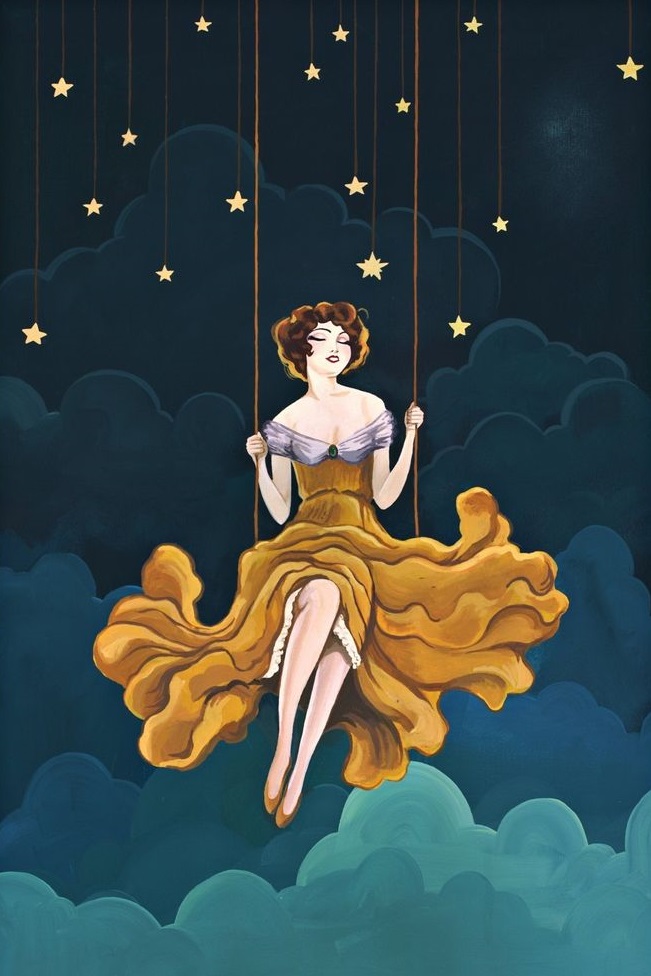
summer night
my swing hangs—
from the Big Dipper

| Author Notes |
Big Dipper = the group of seven bright stars in Ursa Major resembling a dipper in outline.
HAIKU is a Japanese short unrhymed poem that uses imagistic language to express the essence of a deeply felt moment in time. It resonates on a deeper level, enlightening the reader and making an insightful connection. English Haiku doesn't follow the 5/7/5 form, because Japanese syllables are much shorter. The rule of thumb is to write it as succinctly as possible and 17 syllables or less. HAIKU uses a dash to pause before the SATORI. Avoid capitalization (except proper names) and punctuation. click here to read haiku examples click here to read haiku rules click here to read why is 5/7/5 OR LESS rule Thank you very much for taking the time to read and review my poem. Gypsy "Poetry heals the wounds inflicted by reason." - Novalis pictures from my Pinterest account |
![]()
By Gypsy Blue Rose


spring winds
whisper your name
through the elm trees
promenade

lavender fields
steal your scent
where we lie and laugh
again and again

on our way home
we find a peach tree
and we eat juicy bites
to our hearts' content

I love you a thousand ways


| Author Notes |
Free verse, low caps, using all senses
A promenade is a stroll for pleasure, as in 'a row of trees promenade' Thank you for reading and reviewing my poem, Gypsy pictures from my Pinterest account |
![]()
By Gypsy Blue Rose

| Author Note: | If You Would Like To Join the Haiku Club, please check my author notes |
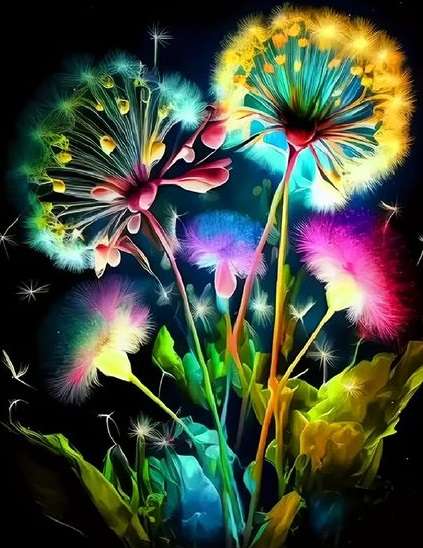
| Author Notes |
I was worried about something today and I an trying to let God take care it. There's peace in letting go.
Contemporary Haiku is a Japanese short unrhymed poem that uses imagistic language to express the essence of a deeply felt moment in time. It resonates on a deeper level, leaving the reader enlightened and making an insightful connection.The most common literary adaptation in English of haiku looks something like this: one to four lines, no strict syllable count but brief. These poems too utilize a caesura (dash before satori). Images need not be taken from nature, though they may be and often are. Seasonality is optional, though often featured. Here's an example: in the woodpile the broken ax handle source Thank you for reading and reviewing my poem Gypsy pictures from my Pinterest account |
![]()
By Gypsy Blue Rose

a blushing pink moon
peekaboo behind a tree—
beauty in full bloom
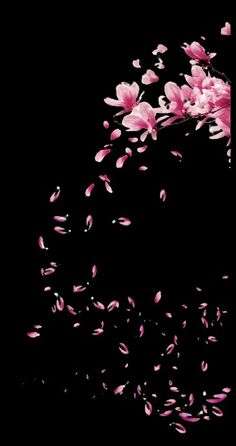
| Author Notes |
This is a 5/7/5 poem, not a haiku. Haiku has many rules, 5/7/5 only has syllables and lines count.
Thank you very much for reading and reviewing my poem. Gypsy |
![]()
By Gypsy Blue Rose
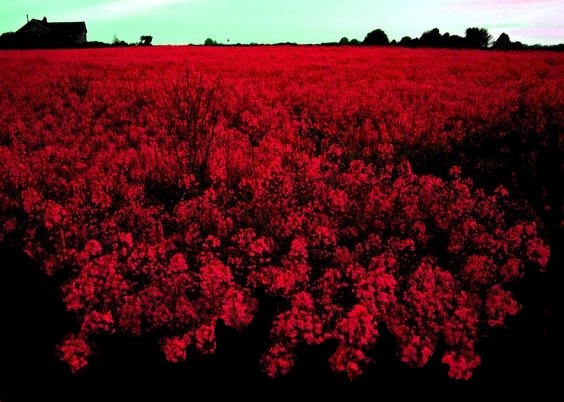
| Author Note: | For all the USA Veterans |
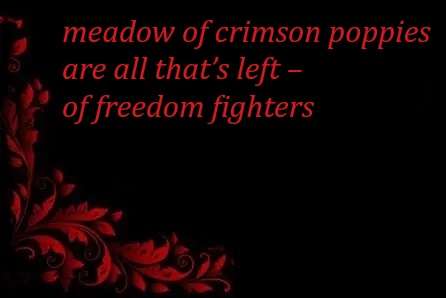
| Author Notes |
meadow of crimson poppies is a metaphor for a meadow covered with soldiers' blood.
meadow of crimson poppies are all that's left of freedom fighters Haiga is a haiku over a picture HAIKU is a Japanese short unrhymed poem that uses imagistic language to express the essence of a deeply felt moment in time. It resonates on a deeper level, enlightening the reader and making an insightful connection. English Haiku doesn't follow the 5/7/5 form, because Japanese syllables are much shorter. The rule of thumb is to write it as succinctly as possible and 17 syllables or less. The main parts of a classic haiku are: kireji, kigo, and satori. KIREJI is a pause or break in a verse where one phrase ends and another phrase begins. It may be expressed by a dash or a comma. -KIGO is word or phrase associated with a particular season (spring, summer, autumn, or winter) click here to read haiku examples click here to read haiku rules click here to read why is 5/7/5 OR LESS rule click here for season words Thank you very much for taking the time to read and review my poem. Gypsy "Poetry heals the wounds inflicted by reason." - Novalis picture from Pinterest, Crimson Meadow by Stuart Richards |
![]()
By Gypsy Blue Rose

memories carry us
down the mountain stream—
to the waterfall

| Author Notes |
SENRYU is a Japanese short unrhymed poem that uses imagistic language to express the essence of a deeply felt moment in time. Unlike Haiku, senryu is about human nature and doesn't need a season word. It resonates on a deeper level, leaving the reader enlightened and making an insightful connection between the top two lines and the last one, called the SATORI. It's written in 17 syllables OR LESS and three lines.
Thank you very much for reading and reviewing my poems. Gypsy "Poetry heals the wounds inflicted by reason." - Novalis pictures from my Pinterest account |
![]()
By Gypsy Blue Rose
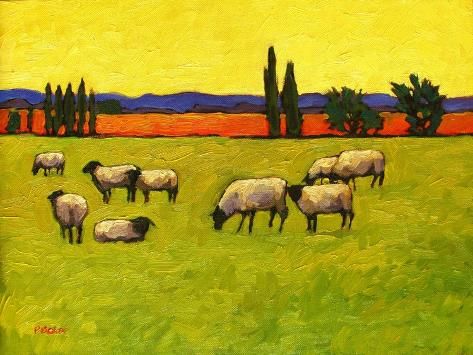
| Author Notes |
HAIKU is a Japanese very short unrhymed poem that uses imagistic language to express the essence of a deeply felt moment in time. It resonates on a deeper level, leaving the reader enlightened and making an insightful connection between the top two lines and the last one, called the SATORI. HAIKU uses a dash to pause before the SATORI.. Haiku is about nature and it alludes to a season of the year. In Japan, haiku is written in 17 syllables and three lines ( 5/7/5) but in English is 17 syllables OR LESS because English syllables are longer than Japanese syllables. Avoid capitalization (except proper names) and punctuation; avoid alliteration. Lines should be connected grammatically to improve the flow of thought.
click here to read Haiku Society of America, HAIKU EXAMPLES click here to read Haiku Society of America HAIKU RULES click here to read why is 5/7/5 OR LESS rule Modern Haiku Thank you very much for reading and reviewing my poems. Gypsy Pictures from my Pinterest account |
![]()
By Gypsy Blue Rose

| Author Note: | For Rules, Please Read My Author Notes |



weary shadow rests
on cozy flower bed—
beneath dusk quilt

| Author Notes |
HAIKU is a Japanese short unrhymed poem that uses imagistic language to express the essence of a deeply felt moment in time. It resonates on a deeper level, enlightening the reader and making an insightful connection. English Haiku doesn't follow the 5/7/5 form, because Japanese syllables are much shorter. The rule of thumb is to write it as succinctly as possible and 17 syllables or less.
The main parts of a classic haiku are: kireji, kigo, and satori. KIREJI is a pause or break in a verse where one phrase ends and another phrase begins. It may be expressed by a dash or a comma. KIGO is word or phrase associated with a particular season (spring, summer, autumn, or winter) SATORI is a phrase (usually last line) that provides comprehension and understanding. It refers to a deep experience of one's essence of true nature". Satori is commonly translated as enlightenment, click here to read haiku examples click here to read haiku rules click here to read why is 5/7/5 OR LESS rule click here for season words Thank you very much for taking the time to read and review my poem. Gypsy "Poetry heals the wounds inflicted by reason." - Novalis pictures from my Pinterest account |
![]()
By Gypsy Blue Rose

clear night
I lean on the veranda’s rail
to see a lake full of stars

| Author Notes |
HAIKU is a Japanese short unrhymed poem that uses imagistic language to express the essence of a deeply felt moment in time. It resonates on a deeper level, enlightening the reader and making an insightful connection. English Haiku doesn't follow the 5/7/5 form, because Japanese syllables are much shorter. The rule of thumb is to write it as succinctly as possible and 17 syllables or less.
The main parts of a classic haiku are: kireji, kigo, and satori. KIREJI is a pause or break in a verse where one phrase ends and another phrase begins. It may be expressed by a dash or a comma. KIGO is word or phrase associated with a particular season (spring, summer, autumn, or winter) SATORI is a phrase (usually last line) that provides comprehension and understanding. It refers to a deep experience of one's essence of true nature". Satori is commonly translated as enlightenment, click here to read haiku examples click here to read haiku rules click here to read why is 5/7/5 OR LESS rule click here for season words Thank you very much for taking the time to read and review my poem. Gypsy "Poetry heals the wounds inflicted by reason." - Novalis pictures from my Pinterest account |
![]()
By Gypsy Blue Rose

| Author Note: | For Rules, Please Read My Author Notes |



haiku poet chats
in 17 syllables
or less

| Author Notes |
SENRYU is a Japanese short unrhymed poem that uses imagistic language to express the essence of a deeply felt moment in time. Unlike Haiku, senryu is about human nature and doesn't need a season word. It resonates on a deeper level, leaving the reader enlightened and making an insightful connection between the top two lines and the last one, called the SATORI. It's written in 17 syllables OR LESS and three lines. master class senryu lesson
Thank you for reading and reviewing my Senryu contest entry. |
![]()
By Gypsy Blue Rose


yellow tape around
the elementary school —
recess bell screams

| Author Notes |
My nine-year-old son was at The Cleveland Elementary School Massacre in Stockton, California on January 17, 1989, when 24-year-old Patrick Purdy shot and killed five students and wounded 32 others. wikipedia
From 2000 to 2020 school years, there were 1,375 school shootings at public and private elementary and secondary schools, resulting in 515 deaths and 1,161 injuries. According to Education Week, in 2023, there were 182 school shootings. according to USA FACTS.ORG, government data SENRYU is a Japanese short unrhymed poem that uses imagistic language to express the essence of a deeply felt moment in time. Unlike Haiku, senryu is about human nature and doesn't need a season word. It resonates on a deeper level, leaving the reader enlightened and making an insightful connection between the top two lines and the last one, called the SATORI. It's written in 17 syllables OR LESS and three lines. Thank you very much for reading and reviewing my poems. Gypsy "Poetry heals the wounds inflicted by reason." - Novalis pictures from my Pinterest account |
![]()
By Gypsy Blue Rose


fortune teller lies
on ER hospital bed—
didn’t see the truck coming

| Author Notes |
KATAUTA is an unrhymed 8th-century Japanese poem consisting of 19 syllables with a 5/7/7 pattern. A pair of katauta is called a sedoka. The form was used for poems addressed to a lover like tanka. click here for more info
Thank you for reading and reviewing my poem. Gypsy picture from my Pinterest account |
![]()
By Gypsy Blue Rose

bitter cold day —
grief-stricken widow
trembles at the cemetery
with her dog next to her
in still silence

| Author Notes |
Gogyohka is a five-line free-style Japanese poetic form with no strict rules on syllable count but as brief as possible. Any theme. Lines are grammatically connected. Alliteration, personification, and metaphor are okay but never rhyme. Japanese poets have written gogyohka since the 1910s. However, they did not name the form until 1983 by poet Enta Kusakabe. === source = writers digest ===source=wikipedia
Thank you for taking the time to read and review my poem. Gypsy pictures from my Pinterest account |
![]()
By Gypsy Blue Rose

| Author Notes |
The Milky Way is the galaxy that includes the Solar System.
MONOKU HAIKU is a one-line haiku. All the Classic Haiku rules apply, except the line count. Haiku is an unrhymed Japanese poem. It uses a juxtaposition of two images in a way that prompts the reader to make an insightful connection between the two. It alludes to a season of the year. The haiku is written from an observer's point of view. Avoid punctuation, alliteration, metaphor, personification, and capital letters (proper names are okay). for monoku examples click here for more monoku rules click here ; click here to read Haiku Society of America HAIKU RULES Thank you very much for reading and reviewing my poem. Gypsy |
![]()
By Gypsy Blue Rose

| Author Notes |
CONTEMPORARY HAIKU is a Japanese very short unrhymed poem that uses imagistic language to express the essence of a deeply felt moment in time. It resonates on a deeper level, leaving the reader enlightened and making an insightful connection. Haiku's theme is about nature and it alludes to a season of the year. In Japan, haiku is written in 17 syllables and three lines ( 5/7/5) but in English is 17 syllables or less written in one to four lines. Avoid capitalization (except proper names) and punctuation. Lines should be connected grammatically to improve the flow of thought.
click here to read Haiku Society of America, HAIKU EXAMPLES click here to read Haiku Society of America HAIKU RULES click here to read why is 5/7/5 OR LESS rule Modern Haiku Thank you very much for reading and reviewing my poems. Gypsy Pictures from my Pinterest account |
![]()
By Gypsy Blue Rose

old teddy bear
donated to Goodwill—
along with daughter’s heart

| Author Notes |
Goodwill is a non-profit organization that collects and sells second-hand items. It's well-known in America. The money Goodwill collects go to teach job skills to destitute people. I was an office technology classes teacher for two years, it's a wonderful company.
HAIKU is a Japanese short unrhymed poem that uses imagistic language to express the essence of a deeply felt moment in time. It resonates on a deeper level, enlightening the reader and making an insightful connection. English Haiku doesn't follow the 5/7/5 form, because Japanese syllables are much shorter. The rule of thumb is to write it as succinctly as possible and 17 syllables or less. The main parts of a classic haiku are: kireji, kigo, and satori. KIREJI is a pause or break in a verse where one phrase ends and another phrase begins. It may be expressed by a dash or a comma. KIGO is word or phrase associated with a particular season (spring, summer, autumn, or winter) SATORI is a phrase (usually last line) that provides comprehension and understanding. It refers to a deep experience of one's essence of true nature". Satori is commonly translated as enlightenment, click here to read haiku examples click here to read haiku rules click here to read why is 5/7/5 OR LESS rule click here for season words Thank you very much for taking the time to read and review my poem. Gypsy "Poetry heals the wounds inflicted by reason." - Novalis pictures from my Pinterest account |
![]()
By Gypsy Blue Rose

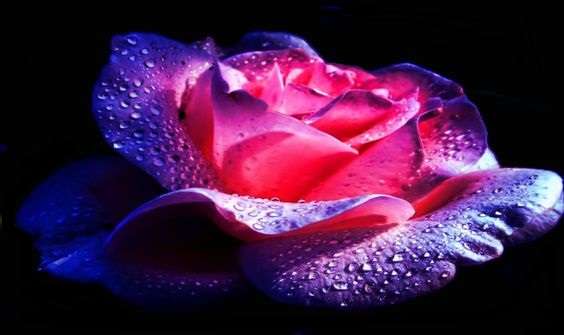



plastic pink flamingos —
cat gets tired waiting
for them to fly away

| Author Notes |
HAIKU is a Japanese short unrhymed poem that uses imagistic language to express the essence of a deeply felt moment in time. It resonates on a deeper level, enlightening the reader and making an insightful connection. English Haiku doesn't follow the 5/7/5 form, because Japanese syllables are much shorter. The rule of thumb is to write it as succinctly as possible and 17 syllables or less.
The main parts of a classic haiku are: kireji, kigo, and satori. KIREJI is a pause or break in a verse where one phrase ends and another phrase begins. It may be expressed by a dash or a comma. KIGO is word or phrase associated with a particular season (spring, summer, autumn, or winter) SATORI is a phrase (usually last line) that provides comprehension and understanding. It refers to a deep experience of one's essence of true nature". Satori is commonly translated as enlightenment, click here to read haiku examples click here to read haiku rules click here to read why is 5/7/5 OR LESS rule click here for season words Thank you very much for taking the time to read and review my poem. Gypsy "Poetry heals the wounds inflicted by reason." - Novalis pictures from my Pinterest account |
![]()
By Gypsy Blue Rose

| Author Note: | Dreaming.... |
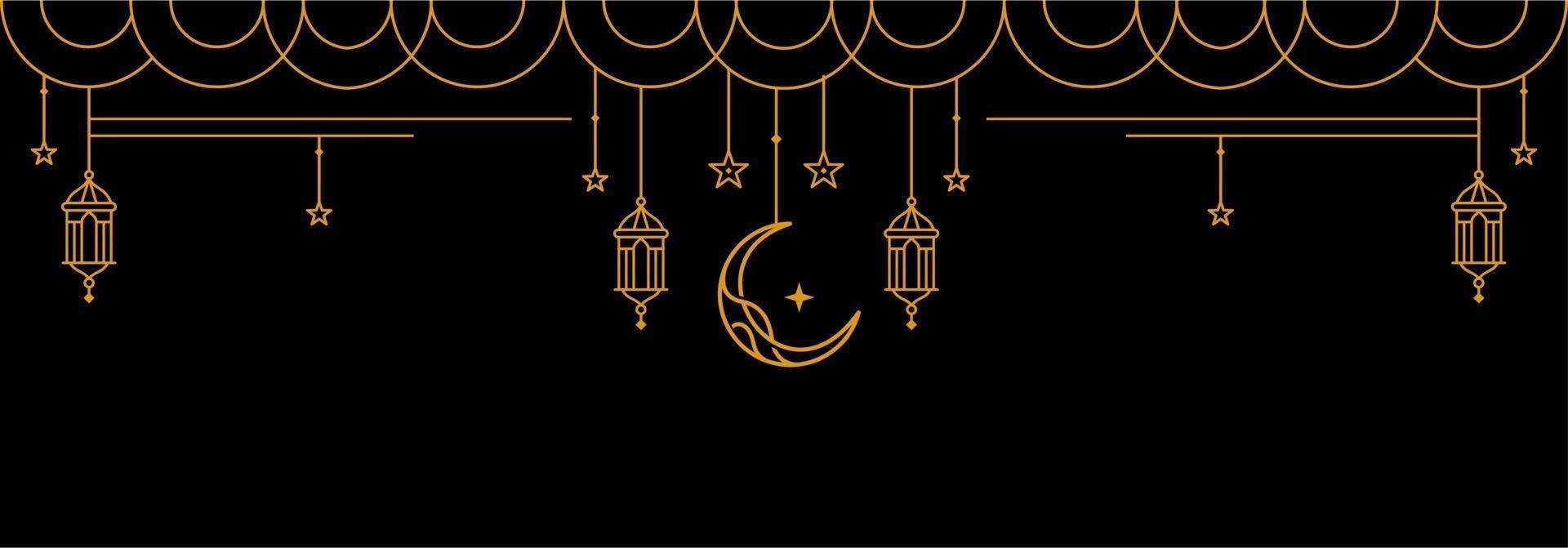
touching Venus
I dreamt of reaching the stars
but I missed
and I fell on your lap
like a little girl
bouncing on your knees
then I danced for you
with my old friend,
the handsome moon

| Author Notes |
"Though my soul may set in darkness,
it will rise in perfect light; I have loved the stars too fondly, to be fearful of the night" -Sarah Williams SENRYU is a Japanese short unrhymed poem that uses imagistic language to express the essence of a deeply felt moment in time. Unlike Haiku, senryu is about human nature and doesn't need a season word. It resonates on a deeper level, leaving the reader enlightened and making an insightful connection between the top two lines and the last one, called the SATORI. It's written in 17 syllables OR LESS and three lines. Classic Senryu tends to be satirical or humorous. In the 17th century, when it was created, men sat outside taverns writing rather racy senryu about women ... such as limericks Thank you very much for reading and reviewing my poems. Gypsy "Poetry heals the wounds inflicted by reason." - Novalis pictures from my pinterest account |
![]()
By Gypsy Blue Rose

windmill's sharp blades shave the moon
| Author Notes |
Poem in black font for easy reading windmill's sharp blades shave the moon ONE LINE HAIKU , one needs to adopt some of the guidelines and rules of a three line haiku. We all know that a three line haiku can have 17 syllables or less, Any three line haiku can be converted into a one line haiku, because of the break pattern in the structure of haiku. haiku foundation In Japanese, haiku are traditionally printed as a single line, while haiku in English often appear as three lines, although variations exist. wikipedia Thank you very much for reading and reviewing my poem. Gypsy Pictures from my Pinterest account |
![]()
By Gypsy Blue Rose
.jpeg)
mourning dove sings
his a melancholic mating call —
blue meadow
| Author Notes |
Mourning Doves, comes from one of their coo-ing calls. Those who heard the call often found it sad or mournful. This call is a song sung by an unmated male on a perch.
HAIKU is a Japanese very short unrhymed poem that uses imagistic language to express the essence of a deeply felt moment in time. It resonates on a deeper level, leaving the reader enlightened and making an insightful connection between the top two lines and the last one, called the SATORI. HAIKU uses a dash to pause before the SATORI.. Haiku is about nature and it alludes to a season of the year. In Japan, haiku is written in 17 syllables and three lines ( 5/7/5) but in English is 17 syllables OR LESS because English syllables are longer than Japanese syllables. Avoid capitalization (except proper names) and punctuation; avoid alliteration. Lines should be connected grammatically to improve the flow of thought. click here to read Haiku Society of America, HAIKU EXAMPLES click here to read Haiku Society of America HAIKU RULES click here to read why is 5/7/5 OR LESS rule Modern Haiku Thank you very much for reading and reviewing my poems. Gypsy |
![]()
By Gypsy Blue Rose
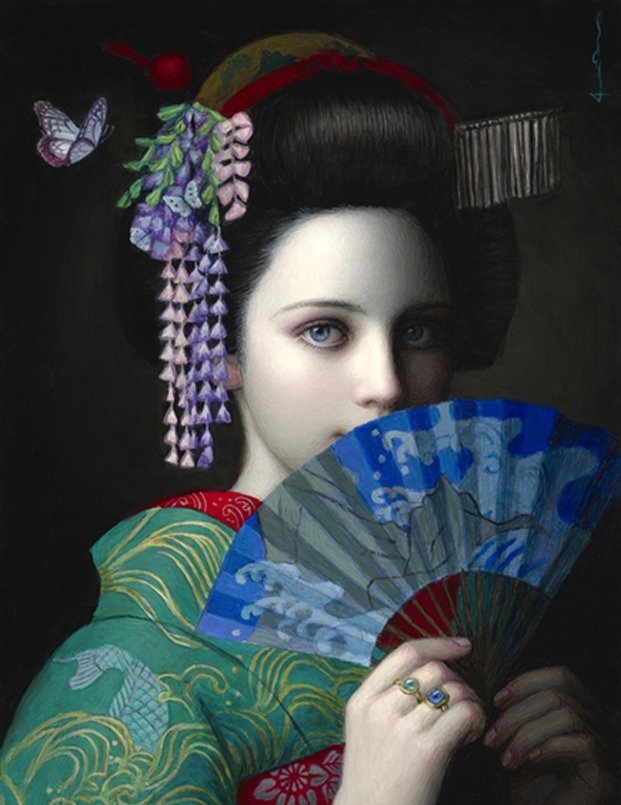




raised to please men
doesn’t know who is the Geisha—
behind the fan
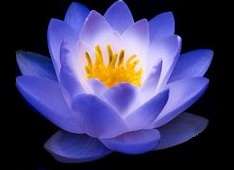
| Author Notes |
Geisha are Japanese female performing artists and entertainers trained to please men and their hosts. They are proficient in traditional dance, music, singing, and conversationalists. Geisha has been an important part of Japanese history since the 18th century. more information
Senryu is a Japanese short unrhymed poem that uses imagistic language to express the essence of a deeply felt moment in time. Unlike Haiku, senryu is about human nature and doesn't need a season word. It resonates on a deeper level, leaving the reader enlightened and making an insightful connection between the top two lines and the last one, called the SATORI. It's written in 17 syllables OR LESS and three lines. Classic Senryu tends to be satirical or humorous. In the 17th century, when it was created, men sat outside taverns writing rather racy senryu about women ... such as limericks Thank you very much for reading and reviewing my poems. Gypsy "Poetry heals the wounds inflicted by reason." - Novalis - Top picture from my Pinterest account by Japanese painter Chie Yoshii - I created the motif flowers using the Windows Paint app and pinterest |
![]()
By Gypsy Blue Rose

| Author Note: | For Rules, Please Read My Author Notes |

decrepit thrift store
reeks of summer, sweat, and time —
second-hand sunshine

| Author Notes |
for my fanstory friends overseas, THRIFT STORE is a store where you can buy used clothes and household items at a low price. I love thrift stores, you can find real treasures buried amidst old things and most of them benefit non-profit organizations, such as Goodwill Industries and Salvation Army.
HAIKU is a Japanese short unrhymed poem that uses imagistic language to express the essence of a deeply felt moment in time. It resonates on a deeper level, enlightening the reader and making an insightful connection. English Haiku doesn't follow the 5/7/5 form, because Japanese syllables are much shorter. The rule of thumb is to write it as succinctly as possible and 17 syllables or less. The main parts of a classic haiku are: kireji, kigo, and satori. KIREJI is a pause or break in a verse where one phrase ends and another phrase begins. It may be expressed by a dash or a comma. KIGO is word or phrase associated with a particular season (spring, summer, autumn, or winter) SATORI is a phrase (usually last line) that provides comprehension and understanding. It refers to a deep experience of one's essence of true nature". Satori is commonly translated as enlightenment, click here to read haiku examples click here to read haiku rules click here to read why is 5/7/5 OR LESS rule click here for season words Thank you very much for taking the time to read and review my poem. Gypsy "Poetry heals the wounds inflicted by reason." - Novalis ====================== |
![]()
By Gypsy Blue Rose
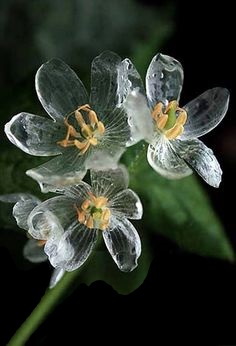
| Author Note: | skeleton flowers are real |
Mom’s funeral,
absent son sent—
invisible
skeleton flowers

| Author Notes |
Ghost-like "SKELETON FLOWERS" turn transparent when it rains.
CONTEMPORARY SENRYU is a Japanese short unrhymed poem that uses imagistic language to express the essence of a deeply felt moment in time. Unlike Haiku, senryu is about human nature and doesn't need a season word. It resonates on a deeper level, leaving the reader enlightened and making an insightful connection between the top two lines and the last two, called the SATORI. It's written in 1 to 4 lines and 17 syllables OR LESS. Thank you very much for reading and reviewing my poems. Gypsy "Poetry heals the wounds inflicted by reason." - Novalis pictures from my Pinterest account |
![]()
By Gypsy Blue Rose

clownfish performs
for a coral reef —
captive audience

| Author Notes |
HAIKU is a Japanese short unrhymed poem that uses imagistic language to express the essence of a deeply felt moment in time. It resonates on a deeper level, enlightening the reader and making an insightful connection. English Haiku doesn't follow the 5/7/5 form, because Japanese syllables are much shorter. The rule of thumb is to write it as succinctly as possible and 17 syllables or less.
The main parts of a classic haiku are: kireji, kigo, and satori. KIREJI is a pause or break in a verse where one phrase ends and another phrase begins. It may be expressed by a dash or a comma. KIGO is word or phrase associated with a particular season (spring, summer, autumn, or winter) SATORI is a phrase (usually last line) that provides comprehension and understanding. It refers to a deep experience of one's essence of true nature". Satori is commonly translated as enlightenment, click here to read haiku examples click here to read haiku rules click here to read why is 5/7/5 OR LESS rule click here for season words Thank you very much for taking the time to read and review my poem. Gypsy "Poetry heals the wounds inflicted by reason." - Novali |
![]()
By Gypsy Blue Rose

old man sits on a stump —
in his mind
the tree house

| Author Notes |
CONTEMPORARY HAIKU is a Japanese short unrhymed poem that uses imagistic language to express the essence of a deeply felt moment in time. It resonates on a deeper level, enlightening the reader and making an insightful connection. English Haiku doesn't follow the 5/7/5 form, because Japanese syllables are much shorter. The rule of thumb is to write it as succinctly as possible and 17 syllables or less. click here to read haiku examples
click here to read haiku rules click here to read why is 5/7/5 OR LESS rule click here for season words Thank you very much for taking the time to read and review my poem. Gypsy "Poetry heals the wounds inflicted by reason." - Novalis pictures from my Pinterest account -- Bottom picture I used ImageShack and WindowPaint programs to create it. -- Gypsy Blue Rose copyright |
![]()
By Gypsy Blue Rose

| Author Note: | Dedicated to children all over the world |
cold and windy day—
destitute refugee children
blow dandelion seeds
| Author Notes |
Thank you for reading and reviewing my poem.
gypsy pictures from my Pinterest account |
![]()
By Gypsy Blue Rose

mute child at the party
the only one listening —
his dog

| Author Notes |
Humans produce hormones such as oxytocin, serotonin, and dopamine that rise and fall with our moods. Perhaps dogs sense these hormone levels. Or perhaps they notice our facial expressions, voice, body language, or smell. Some might say this increased perception is a sixth sense.
SENRYU is a Japanese short unrhymed poem that uses imagistic language to express the essence of a deeply felt moment in time. Unlike Haiku, senryu is about human nature and doesn't need a season word. It's written in 17 syllables OR LESS and three lines. For Senryu you don't need a season word (Kigo). Thank you for reading and reviewing my poem. Gypsy pictures from my Pinterest account, I use two programs for my presentations- ImageShack and Windows' Paint. All parts of my presentations are copyrighted. |
![]()
By Gypsy Blue Rose

glorious forest
where saplings grow and fawns play—
God’s work in progress

| Author Notes |
HAIKU is a Japanese short unrhymed poem that uses imagistic language to express the essence of a deeply felt moment in time. It resonates on a deeper level, enlightening the reader and making an insightful connection. English Haiku doesn't follow the 5/7/5 form, because Japanese syllables are much shorter. The rule of thumb is to write it as succinctly as possible and 17 syllables or less.
click here to read haiku examples *** click here to read haiku rules *** click here to read why is 5/7/5 OR LESS rule *** click here for season words Thank you for reading and reviewing my poem. Gypsy pictures from my Pinterest account, I use two programs for my presentations- ImageShack and Windows' Paint. All parts of my presentations are copyrighted. |
![]()
By Gypsy Blue Rose
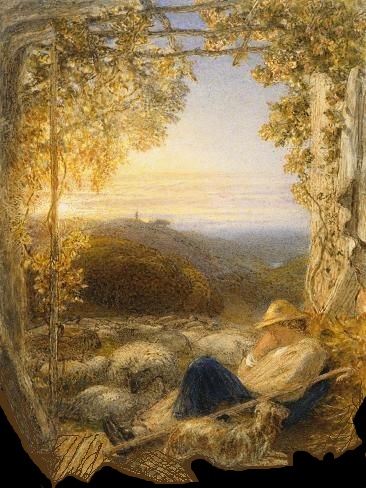

| Author Notes |
ONE-LINE HAIKU needs to adopt some of the guidelines and rules of a three-line haiku. We all know that a three-line haiku can have 17 syllables or less, Any three-line haiku can be converted into a one-line haiku, because of the break pattern in the structure of haiku. haiku foundation
In Japanese, haiku are traditionally printed as a single line, while haiku in English often appear as three lines, although variations exist. wikipedia Thank you for reading and reviewing my poem. Gypsy pictures from my Pinterest account, I use two programs for my presentations- ImageShack and Windows' Paint. All parts of my presentations are copyrighted. Thank you for reading and reviewing my poem, Gypsy pictures from my Pinterest account. I use Windows Paint and ImageShack programs for my presentations |
![]()
By Gypsy Blue Rose

she rises
with sun-loving coneflowers
and aroused roosters
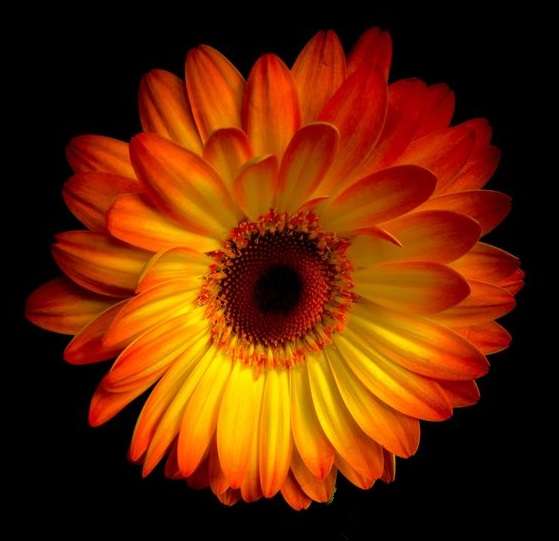
she dances
with chilled breeze
visibly excited

she dreams
about touching his suntanned skin
and kiss his alluring lips







| Author Notes |
CONTEMPORARY SENRYU is a Japanese short unrhymed poem that uses imagistic language to express the essence of a deeply felt moment in time. Unlike Haiku, senryu is about human nature and doesn't need a season word. It's written in 17 syllables OR LESS and three lines. For Senryu you don't need a season word (Kigo). Classical senryu was humorous and sarcastic. With time, it has developed into a loser form with any theme.
Thank you very much for reading and reviewing my poems. Gypsy pictures from my Pinterest account, I use two programs for my presentations- ImageShack and Windows' Paint |
![]()
By Gypsy Blue Rose
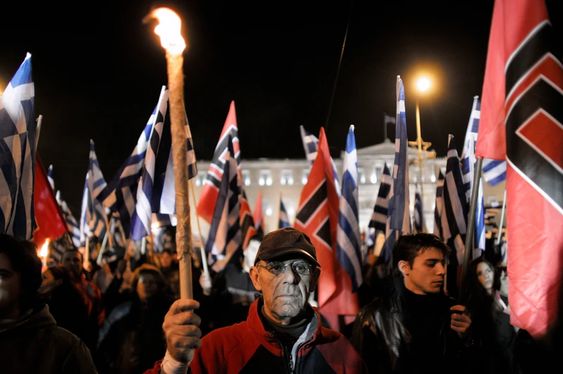

at an American Nazi Party Convention
one black woman and God —
are the majority

| Author Notes |
The American Nazi Party (ANP) is an American far-right and neo-Nazi political party founded by George Lincoln Rockwell and headquartered in Arlington, Virginia.
"There was a possibility that God really did love me, me Maya Angelou. I suddenly began to cry at the gravity and grandeur of it all. I knew that if God loved me, then I could do wonderful things, I could try great things, learn anything, and achieve anything. For what could stand against me, since one person, with God, constitutes the majority" - American poet, author, and civil rights activist, Maya Angelou Thank you very much for reading and reviewing my poem. Gypsy Pictures from my Pinterest account and google public domain. I use ImageShack and Windows Paint |
![]()
By Gypsy Blue Rose


a single mouse
can make a chaste nun —
unrobe

| Author Notes |
SENRYU is a Japanese short unrhymed poem that uses imagistic language to express the essence of a deeply felt moment in time. Unlike Haiku, senryu is about human nature and doesn't need a season word. It resonates on a deeper level, leaving the reader enlightened and making an insightful connection between the top two lines and the last one, called the SATORI. It's written in 17 syllables OR LESS and three lines. Classic Senryu tends to be satirical or humorous. In the 17th century, when it was created, men sat outside taverns writing rather racy senryu about women ... such as limericks
Thank you very much for reading and reviewing my poems. Gypsy "Poetry heals the wounds inflicted by reason." - Novalis pictures from my Pinterest account, I use two programs to embellish and crop pictures: ImageShack and Windows Paint. Please do not copy them, I have copyright and they are registered for fanstory. |
![]()
By Gypsy Blue Rose

daily miracle,
barley veiled with golden dusk—
the scarecrow bows in reverence
| Author Notes |
KATAUTA is an unrhymed 8th-century Japanese poem consisting of 19 syllables with a 5/7/7 pattern. A pair of katauta is called a sedoka. The form was used for poems addressed to a lover like tanka. click here for more info
Thank you for reading and reviewing my poem. Gypsy pictures from my Pinterest account, I use two programs for my presentations- ImageShack and Windows' Paint. All parts of my presentations are copyrighted. |
![]()
By Gypsy Blue Rose
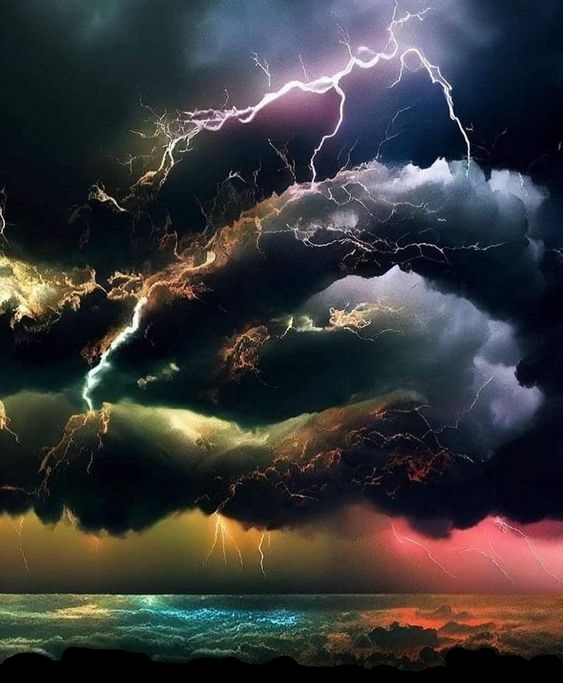
| Author Note: | Rules in My Author Notes |
lone thunderstorm
over Mediterranean Sea —
no witnesses left

| Author Notes |
This poem is for the Haiku Club. Everyone is welcome to join. if you would like to join click here then click on RESERVE SPOT and then click on SUBMIT YOUR ENTRY.
HAIKU is a Japanese short unrhymed poem that uses imagistic language to express the essence of a deeply felt moment in time. It resonates on a deeper level, enlightening the reader and making an insightful connection. English Haiku doesn't follow the 5/7/5 form, because Japanese syllables are much shorter. The rule of thumb is to write it as succinctly as possible and 17 syllables or less. click here to read haiku examples *** click here to read haiku rules *** click here to read why is 5/7/5 OR LESS rule *** click here for season words Thank you for reading and reviewing my poem. Gypsy pictures from my Pinterest account, I use two programs for my presentations- ImageShack and Windows' Paint. All parts of my presentations are copyrighted. |
![]()
By Gypsy Blue Rose

| Author Note: | Rules in author notes |
frightened children
in kindergarten class—
hear roaring from outside
raging waves
destroy everything in its path—
small backpacks float by

| Author Notes |
HAIKU is a Japanese short unrhymed poem that uses imagistic language to express the essence of a deeply felt moment in time. It resonates on a deeper level, enlightening the reader and making an insightful connection. English Haiku doesn't follow the 5/7/5 form, because Japanese syllables are much shorter. The rule of thumb is to write it as succinctly as possible and 17 syllables or less.
click here to read haiku examples click here to read haiku rules click here to read why is 5/7/5 OR LESS rule click here for season words Thank you for reading and reviewing my poem. Gypsy pictures from my Pinterest account, I use two programs for my presentations- ImageShack and Windows' Paint. All parts of my presentations are copyrighted. |
![]()
By Gypsy Blue Rose
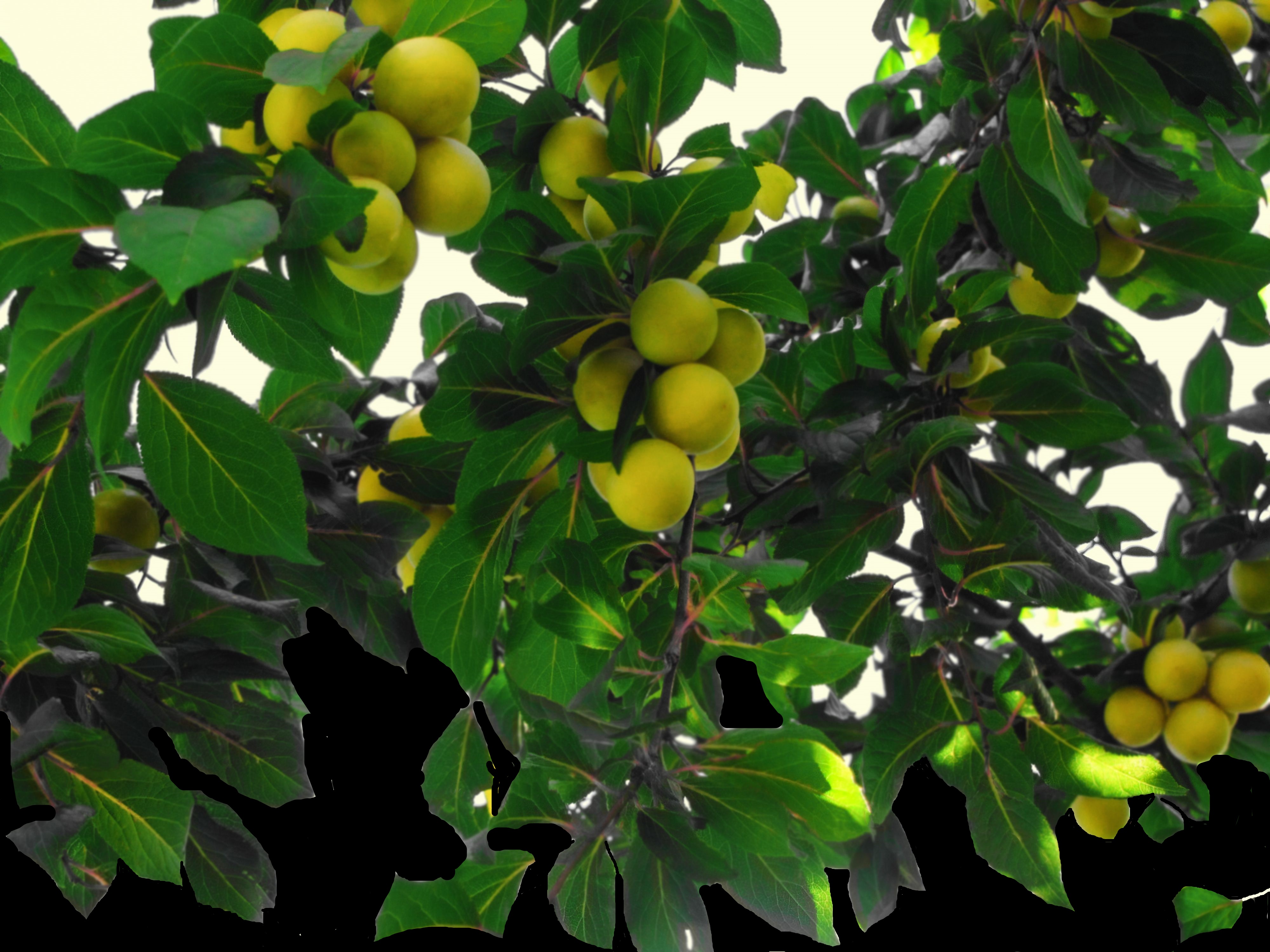

| Author Notes |
Summer: June 20, 2024 (summer solstice). Fall: Sept. 22, 2024
The Yellow plums are generally small, and round with yellow skin and/or flesh. The meat of the fruit is dense and sweet. HAIKU is a Japanese short unrhymed poem that uses imagistic language to express the essence of a deeply felt moment in time. It resonates on a deeper level, enlightening the reader and making an insightful connection. English Haiku doesn't follow the 5/7/5 form, because Japanese syllables are much shorter. The rule of thumb is to write it as succinctly as possible and 17 syllables or less. click here to read haiku examples *** click here to read haiku rules *** click here to read why is 5/7/5 OR LESS rule *** click here for season words Thank you for reading and reviewing my poem. Gypsy pictures from Google public domain. I use two programs for my presentations- ImageShack and Windows' Paint. All parts of my presentations are copyrighted. |
![]()
By Gypsy Blue Rose

June clouds
hold on to foothill-peaks —
chased by the California sun

| Author Notes |
My haiku is contemporary because it personifies the clouds, in classic haiku you only write concrete words, things you can see in touch. It has 17 syllables but doesn't have to follow the 5/7/5 form.
Contemporary Haiku is a Japanese short unrhymed poem that uses imagistic language to express the essence of a deeply felt moment in time. It resonates on a deeper level, leaving the reader enlightened and making an insightful connection. The most common literary adaptation in English of haiku looks something like this: one to four lines, no strict syllable count but brief. These poems too utilize a dash before the satori. Images need not be taken from nature, though they may be and often are. Seasonality is optional, though often featured. Is okay to use poetic devices. EXAMPLE: in the woodpile the broken ax handle source Thank you for reading and reviewing my poem. Gypsy The picture is San Gabriel Mountains National Monument, near my home. - Smithsonian pictures from my Pinterest account, All parts of my poems and presentations are copyrighted and registered with Fanstory. |
![]()
By Gypsy Blue Rose
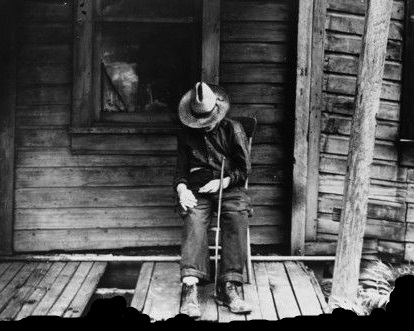
moonless starless sky,
old man drinks alone on his porch—
lonesome

| Author Notes |
SENRYU is a Japanese short unrhymed poem that uses imagistic language to express the essence of a deeply felt moment in time. Unlike Haiku, senryu is about human nature and doesn't need a season word. It's written in 17 syllables OR LESS and three lines. For Senryu you don't need a season word (Kigo). Classical senryu was humorous and sarcastic. With time, it has developed into a loser form with any theme.
thank you for reading and reviewing my poem. Gypsy Pictures from my Pinterest account and all parts of my poems and presentations are copyrighted and registered with Fanstory. |
![]()
By Gypsy Blue Rose

| Author Note: | a group of crows is called a murder |
laughing murder
pecks at scarecrow’s head —
inside joke
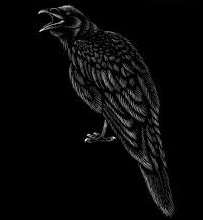
| Author Notes |
a bit of humor to start the week (*=*)
a GROUP of crows is called a MURDER Contemporary Haiku is a Japanese short unrhymed poem that uses imagistic language to express the essence of a deeply felt moment in time. It resonates on a deeper level, leaving the reader enlightened and making an insightful connection. The most common literary adaptation in English of haiku looks something like this: one to four lines, no strict syllable count but brief. These poems too utilize a dash before the satori. Images need not be taken from nature, though they may be and often are. Seasonality is optional, though often featured. Is okay to use poetic devices. EXAMPLE: in the woodpile the broken ax handle source Thank you for reading and reviewing my poem. Gypsy Pictures from my Pinterest account. I have complete copyright to my poems and presentations and they are registered with FanStory. |
![]()
By Gypsy Blue Rose

serene sunset
reflects over lake’s still waters —
dip into heaven

| Author Notes |
HAIKU is a Japanese short unrhymed poem that uses imagistic language to express the essence of a deeply felt moment in time. It resonates on a deeper level, enlightening the reader and making an insightful connection. English Haiku doesn't follow the 5/7/5 form, because Japanese syllables are much shorter. The rule of thumb is to write it as succinctly as possible and 17 syllables or less.
click here to read haiku examples click here to read haiku rules click here to read why is 5/7/5 OR LESS rule click here for season words Thank you for reading and reviewing my poem. Gypsy pictures from my Pinterest account, All parts of my poems and presentations are copyrighted and registered with Fanstory. |
![]()
By Gypsy Blue Rose

washing off
hardship and stress —
with morning dew

| Author Notes |
HAIKU is a Japanese short unrhymed poem that uses imagistic language to express the essence of a deeply felt moment in time. It resonates on a deeper level, enlightening the reader and making an insightful connection. English Haiku doesn't follow the 5/7/5 form, because Japanese syllables are much shorter. The rule of thumb is to write it as succinctly as possible and 17 syllables or less.
click here to read haiku examples click here to read haiku rules click here to read why is 5/7/5 OR LESS rule click here for season words Thank you for reading and reviewing my poem. Gypsy pictures from my Pinterest account, All parts of my poems and presentations are copyrighted and registered with fanstory. |
![]()
By Gypsy Blue Rose
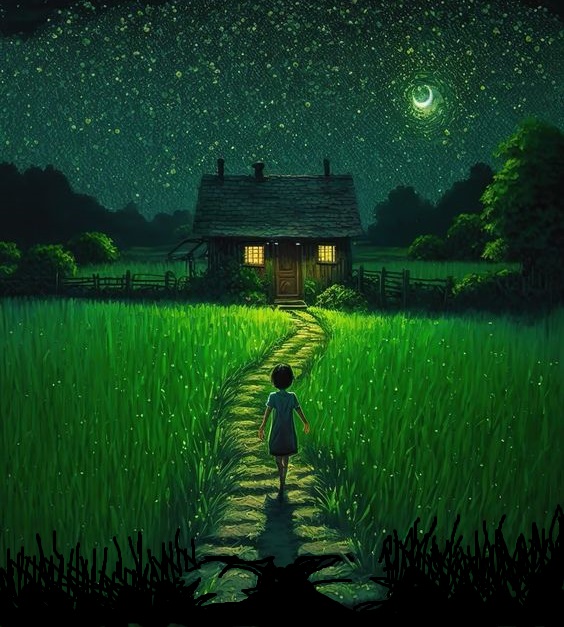
| Author Note: | If You Would Like To Join the Haiku Club, please check my author notes |
in my dreams,
I follow the winding road home
to undo childhood wrongs
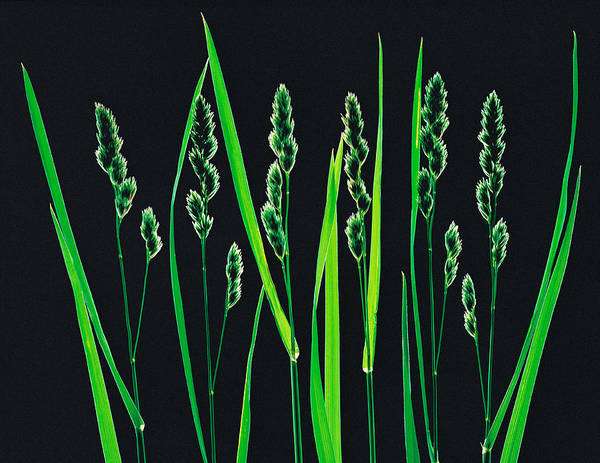
| Author Notes |
this week's haiku club event is to write a senryu about our family
SENRYU is a Japanese short unrhymed poem that uses imagistic language to express the essence of a deeply felt moment in time. Unlike Haiku, senryu is about human nature and doesn't need a season word. It's written in 17 syllables OR LESS and three lines. For Senryu you don't need a season word (Kigo). Classical senryu was humorous and sarcastic. With time, it has developed into a loser form with any theme. the haiku foundation senryu rules Thank you for reading and reviewing my poem. Gypsy Pictures from my Pinterest account and all parts of my poems and presentations are copyrighted and registered with Fanstory. |
![]()
By Gypsy Blue Rose

| Author Note: | random thoughts about the Mediterranean Sea |
Mediterranean
with its undulating waves
moves like mother-hips

I wake up tasting
the ocean in my dried mouth
I wash off the sea

my boat sails make love
to the meandering wind
foam left on my sheets

and voyeur seagulls
shamefully watch from afar
hiding behind clouds

| Author Notes |
Please don't ask me where this poem came from, I have no idea. LoL
I grew up in Spain and visited the Mediterranean Sea often. - Undulating: to move in waves - Voyeur =someone who obtains sexual gratification from watching individuals from a hiding place. 5/7/5 poems are similar to haiku but they have fewer rules. It must be three lines with a 5/7/5 syllable count. I add connecting lines grammatically rule to improve the flow. Thank you for reading and reviewing my poem. Gypsy pictures from my Pinterest account, All parts of my poems and presentations are copyrighted and registered with fanstory. |
![]()
By Gypsy Blue Rose

c y a n s k y
overflows onto the river—
carries starry night

| Author Notes |
HAIKU is a Japanese short unrhymed poem that uses imagistic language to express the essence of a deeply felt moment in time. It resonates on a deeper level, enlightening the reader and making an insightful connection. English Haiku doesn't follow the 5/7/5 form, because Japanese syllables are much shorter. The rule of thumb is to write it as succinctly as possible and 17 syllables or less.
click here to read haiku examples click here to read haiku rules click here to read why is 5/7/5 OR LESS rule click here for season words Thank you for reading and reviewing my poem. Gypsy Gypsy Blue Rose copyright for poem and presentation. Pictures from my Pinterest account |
![]()
By Gypsy Blue Rose

| Author Note: | rules in my author notes |
sunflower
dances in the wind—
shaking her seeds of summer

| Author Notes |
Contemporary Haiku is a Japanese short unrhymed poem that uses imagistic language to express the essence of a deeply felt moment. It resonates on a deeper level of enlightenment and insightful connection. The most common adaptation in English haiku consists of one to four lines, with no strict syllable count but as brief as possible. These poems utilize a dash before the satori. Images don't need to be taken from nature but often are. Seasonality (kigo) is optional, though often featured. Poetic devices may be used.
source Thank you for reading and reviewing my poem. Gypsy Gypsy Blue Rose copyright for poem and presentation. Pictures from my Pinterest account |
![]()
By Gypsy Blue Rose
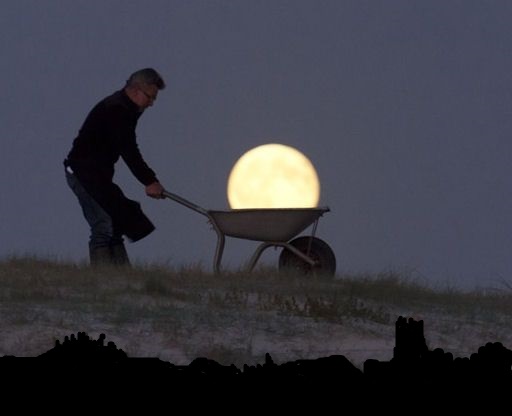
by the beautiful moon —
even unattractive farmer
looks handsome

| Author Notes |
HAIKU is a Japanese short unrhymed poem that uses imagistic language to express the essence of a deeply felt moment in time. It resonates on a deeper level, enlightening the reader and making an insightful connection. English Haiku doesn't follow the 5/7/5 form, because Japanese syllables are much shorter. The rule of thumb is to write it as succinctly as possible and 17 syllables or less.
click here to read haiku examples *** click here to read haiku rules *** click here to read why is 5/7/5 OR LESS rule *** click here for season words Thank you for reading and reviewing my poem. Gypsy pictures from my Pinterest account, I use two programs for my presentations. All parts of my presentations are copyrighted. |
![]()
By Gypsy Blue Rose
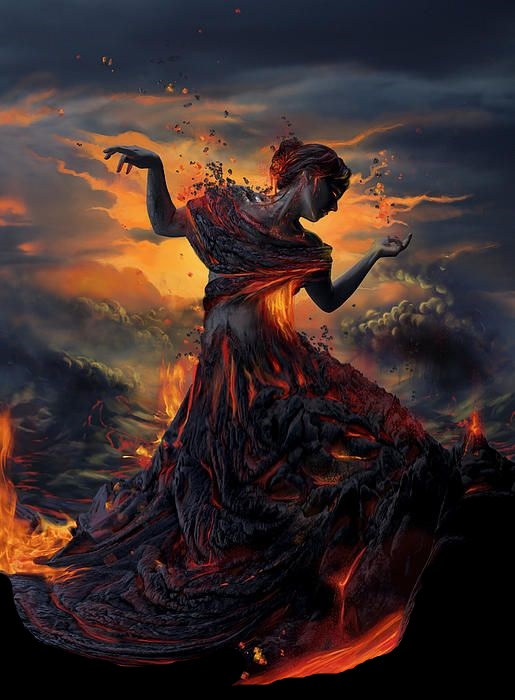
practice following the spotlight ~
the stage of life

| Author Notes |
Contemporary Haiku is a Japanese short unrhymed poem that uses imagistic language to express the essence of a deeply felt moment in time. It resonates on a deeper level, leaving the reader enlightened and making an insightful connection. The most common literary adaptation in English of haiku looks something like this: one to four lines, no strict syllable count but brief. These poems too utilize a dash before the satori. Images need not be taken from nature, though they may be and often are. Seasonality is optional, though often featured. Is okay to use poetic devices.
EXAMPLE: in the woodpile the broken ax handle source Thank you for reading and reviewing my poem. Gypsy The top picture is from Fine Art America, bottom picture is from my Pinterest account, I use two programs for my presentations. All my presentations' graphic art is copyrighted. |
![]()
By Gypsy Blue Rose

| Author Note: | If You Would Like To Join the Japanese Poetry Club, please check my author notes |

| Author Notes |
I aim to create a visual picture with my words' imagery.
- June has a strawberry full moon. click here for full moons calendar - The Black Sea is a marginal Mediterranean Sea lying between Europe and Asia -5/7/5 poem rules= Unlike haiku, the 5/7/5 poem doesn't follow any other rules than the 17 syllables and 3 lines count. - the poem in black font for easy reading: strawberry full moon bleeds hazy crimson shadows over the Black Sea Thank you very much for reading and reviewing my poem. Gypsy |
![]()
By Gypsy Blue Rose

his heart flutters
when she comes into the room —
the butterfly

| Author Notes |
HAIKU is a Japanese short unrhymed poem that uses imagistic language to express the essence of a deeply felt moment. It resonates on a deeper level, enlightening the reader and making an insightful connection. English Haiku doesn't follow the 5/7/5 form, because Japanese syllables are much shorter. The rule of thumb is to write it as succinctly as possible and 17 syllables or less.
click here to read haiku examples click here to read haiku rules click here to read why is 5/7/5 OR LESS rule click here for season words Thank you for reading and reviewing my poem. Gypsy pictures from my Pinterest account copywrite poems and presentations, and they are registered with FanStory. |
![]()
By Gypsy Blue Rose
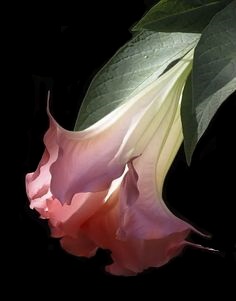

| Author Notes |
Angel Trumpet is a flower
HAIKU is a Japanese short unrhymed poem that uses imagistic language to express the essence of a deeply felt moment. It resonates on a deeper level, enlightening the reader and making an insightful connection. English Haiku doesn't follow the 5/7/5 form, because Japanese syllables are much shorter. The rule of thumb is to write it as succinctly as possible and 17 syllables or less. click here to read haiku examples click here to read haiku rules click here to read why is 5/7/5 OR LESS rule click here for season words Thank you for reading and reviewing my poem. Gypsy pictures from my Pinterest account Gypsy Blue Rose copywrites for poems and presentations, and they are registered with FanStory. |
![]()
By Gypsy Blue Rose

Wind River
pulls the celestial sky—
into the sea

| Author Notes |
Wind River, river in west-central Wyoming, U.S.ÂÂ
HAIKU is a Japanese short unrhymed poem that uses imagistic language to express the essence of a deeply felt moment. It resonates on a deeper level, enlightening the reader and making an insightful connection. English Haiku doesn't follow the 5/7/5 form, because Japanese syllables are much shorter. The rule of thumb is to write it as succinctly as possible and 17 syllables or less. click here to read haiku examples click here to read haiku rules click here to read why is 5/7/5 OR LESS rule click here for season words Thank you for reading and reviewing my poem. Gypsy pictures from my Pinterest account Poem and presentation by Gypsy Blue Rose COPYWRITE@2024 |
![]()
By Gypsy Blue Rose


| Author Notes |
Native American Full Moon Calendar = Full Buck Moon (Mid-summer Moon) in July
HAIKU is a Japanese short unrhymed poem that uses imagistic language to express the essence of a deeply felt moment. It resonates on a deeper level, enlightening the reader and making an insightful connection. English Haiku doesn't follow the 5/7/5 form, because Japanese syllables are much shorter. The rule of thumb is to write it as succinctly as possible and 17 syllables or less. click here to read haiku examples click here to read haiku rules click here to read why is 5/7/5 OR LESS rule click here for season words Thank you for reading and reviewing my poem. Gypsy pictures from my Pinterest account Poem and presentation by Gypsy Blue Rose COPYWRITE@2024 |
![]()
By Gypsy Blue Rose
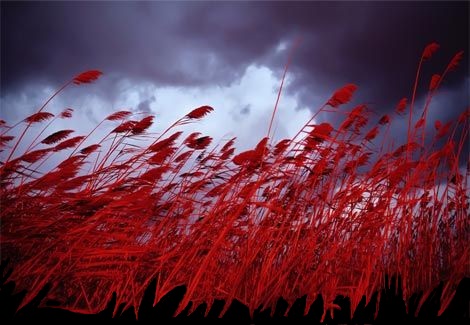
| Author Note: | haiku in black fond in author notes |

| Author Notes |
red grass meadow
flowing freely in the wind- old war field HAIKU is a Japanese short unrhymed poem that uses imagistic language to express the essence of a deeply felt moment. It resonates on a deeper level, enlightening the reader and making an insightful connection. English Haiku doesn't follow the 5/7/5 form, because Japanese syllables are much shorter. The rule of thumb is to write it as succinctly as possible and 17 syllables or less. click here to read haiku examples click here to read haiku rules click here to read why is 5/7/5 OR LESS rule click here for season words Thank you for reading and reviewing my poem. Gypsy pictures from my Pinterest account Poem and presentation by Gypsy Blue Rose COPYWRITE@2024 |
![]()
By Gypsy Blue Rose


| Author Notes |
Modern Haiku is a Japanese short unrhymed poem that uses imagistic language to express the essence of a deeply felt moment in time. It resonates on a deeper level, leaving the reader enlightened and making an insightful connection. The most common literary adaptation in English of haiku looks something like this: one to four lines, no strict syllable count but brief. These poems too utilize a dash before the satori. Images need not be taken from nature, though they may be and often are. Seasonality is optional, though often featured. Is okay to use poetic devices.
EXAMPLE: in the woodpile the broken ax handle source Thank you for reading and reviewing my poem. Gypsy Pictures from my Pinterest account. Poem and presentation by Gypsy Blue Rose COPYWRITE@2024 |
![]()
By Gypsy Blue Rose


| Author Notes |
HAIKU is a Japanese short unrhymed poem that uses imagistic language to express the essence of a deeply felt moment. It resonates on a deeper level, enlightening the reader and making an insightful connection. English Haiku doesn't follow the 5/7/5 form, because Japanese syllables are much shorter. The rule of thumb is to write it as succinctly as possible and 17 syllables or less.
click here to read haiku examples click here to read haiku rules click here to read why is 5/7/5 OR LESS rule click here for season words Thank you for reading and reviewing my poem. Gypsy pictures from my Pinterest account Poem and presentation by Gypsy Blue Rose COPYWRITE@2024 |
![]()
By Gypsy Blue Rose


| Author Notes |
HAIKU is a Japanese short unrhymed poem that uses imagistic language to express the essence of a deeply felt moment. It resonates on a deeper level, enlightening the reader and making an insightful connection. English Haiku doesn't follow the 5/7/5 form, because Japanese syllables are much shorter. The rule of thumb is to write it as succinctly as possible and 17 syllables or less.
click here to read haiku examples click here to read haiku rules click here to read why is 5/7/5 OR LESS rule click here for season words Thank you for reading and reviewing my poem. Gypsy pictures from my Pinterest account Poem and presentation by Gypsy Blue Rose COPYWRITE@2024 |
![]()
By Gypsy Blue Rose


| Author Notes |
HAIKU is a Japanese short unrhymed poem that uses imagistic language to express the essence of a deeply felt moment. It resonates on a deeper level, enlightening the reader and making an insightful connection. English Haiku doesn't follow the 5/7/5 form, because Japanese syllables are much shorter. The rule of thumb is to write it as succinctly as possible and 17 syllables or less.
click here to read haiku examples click here to read haiku rules click here to read why is 5/7/5 OR LESS rule click here for season words Thank you for reading and reviewing my poem. Gypsy pictures from my Pinterest account Poem and presentation by Gypsy Blue Rose COPYWRITE@2024 |
![]()
By Gypsy Blue Rose

tulip cups sway in the wind
without spilling—
a drop of dew

| Author Notes |
HAIKU is a Japanese short unrhymed poem that uses imagistic language to express the essence of a deeply felt moment. It resonates on a deeper level, enlightening the reader and making an insightful connection. English Haiku doesn't follow the 5/7/5 form, because Japanese syllables are much shorter. The rule of thumb is to write it as succinctly as possible and 17 syllables or less.
click here to read haiku examples click here to read haiku rules click here to read why is 5/7/5 OR LESS rule click here for season words Thank you for reading and reviewing my poem. Gypsy Poem and presentation by Gypsy Blue Rose COPYWRITE@2024 |
![]()
By Gypsy Blue Rose
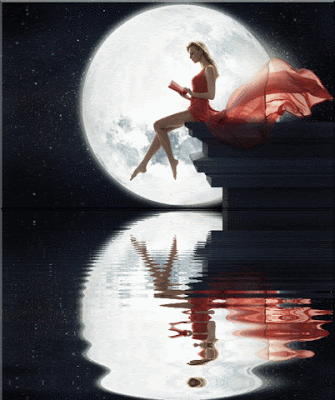

sitting on pier's ledge
reading wondrous stories—
to attentive moon

| Author Notes |
Ekphrastic - a poem inspired by a picture or painting.
HAIKU is a Japanese short unrhymed poem that uses imagistic language to express the essence of a deeply felt moment. It resonates on a deeper level, enlightening the reader and making an insightful connection. English Haiku doesn't follow the 5/7/5 form, because Japanese syllables are much shorter. The rule of thumb is to write it as succinctly as possible and 17 syllables or less. click here to read haiku examples click here to read haiku rules click here to read why is 5/7/5 OR LESS rule click here for season words Thank you for reading and reviewing my poem. Gypsy pictures from my Pinterest account Poem and presentation by Gypsy Blue Rose COPYWRITE@2024 |
![]()
By Gypsy Blue Rose
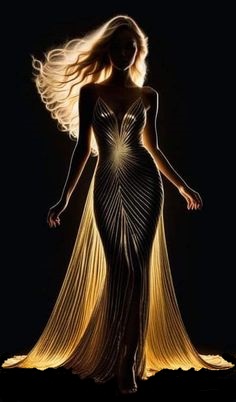

| Author Notes |
17 syllables in four lines
The most common literary adaptation in English of haiku looks something like this: one to four lines, no strict syllable count but brief, and often with a long/short or short/long asymmetry. These poems too utilize a caesura. Images need not be taken from nature, though they may be and often are. Seasonality is optional, though often featured. Here is an example: in the woodpile the broken ax handle Thank you very much for reading and reviewing my poem. Gypsy Pictures from my Pinterest account. Presentation and poem by Gypsy Blue Rose copyright@2024 |
![]()
By Gypsy Blue Rose


| Author Notes |
- Impetuous = impulsive and intense passion
- Haphazardly = lack of plan, order, or direction This haiku is contemporary due to its slightly advanced vocabulary. Classic haiku uses plain words everybody understands. Contemporary Haiku is a Japanese short unrhymed poem that uses imagistic language to express the essence of a deeply felt moment in time. It resonates on a deeper level, leaving the reader enlightened and making an insightful connection. The most common literary adaptation in English of haiku looks something like this: one to four lines, no strict syllable count but brief. These poems too utilize a dash before the satori. Images need not be taken from nature, though they may be and often are. Seasonality is optional, though often featured. Is okay to use poetic devices. EXAMPLE: in the woodpile the broken ax handle source Thank you for reading and reviewing my poem. Gypsy Pictures from my Pinterest account. Poem and presentation by Gypsy Blue Rose COPYWRITE@2024 |
![]()
By Gypsy Blue Rose




| Author Notes |
SENRYU is a Japanese short unrhymed poem that uses imagistic language to express the essence of a deeply felt moment in time. Unlike Haiku, senryu is about human nature and doesn't need a season word. It's written in 17 syllables OR LESS and three lines. For Senryu you don't need a season word (Kigo). Classical senryu was humorous and sarcastic. With time, it has developed into a loser form with any theme.
the haiku foundation senryu rules Thank you for reading and reviewing my poem. Gypsy Pictures from my Pinterest account. Poem and presentation by Gypsy Blue Rose COPYWRITE@2024 |
![]()
By Gypsy Blue Rose
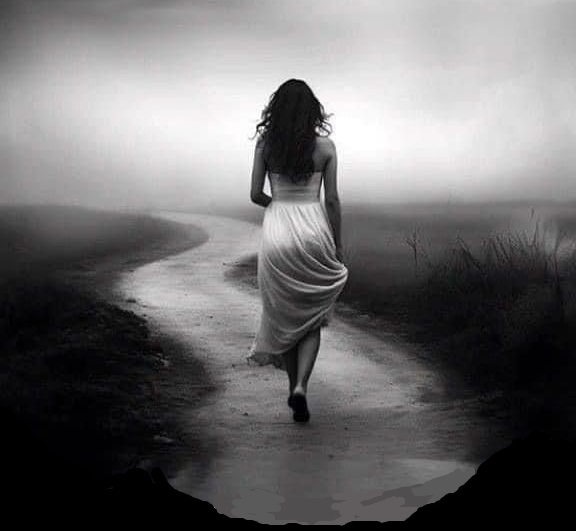

| Author Notes |
15 Words Poem
Thank you for reading and reviewing my poem. Gypsy Pictures from my Pinterest account. Poem and presentation by Gypsy Blue Rose COPYWRITE@2024 |
![]()
By Gypsy Blue Rose


frustrated painter
runs out of canvas to paint —
a child’s laughter

| Author Notes |
SENRYU is a Japanese short unrhymed poem that uses imagistic language to express the essence of a deeply felt moment in time. Unlike Haiku, senryu is about human nature and doesn't need a season word. It's written in 17 syllables OR LESS and three lines. For Senryu you don't need a season word (Kigo). Classical senryu was humorous and sarcastic. With time, it has developed into a loser form with any theme.
Thank you very much for reading and reviewing my poems. Gypsy pictures from my Pinterest account. For graphic art I use - ImageShack and Windows' Paint. All parts of my presentations are copyrighted. |
![]()
By Gypsy Blue Rose

a child’s mind
is a wonderland —
endless adventures

| Author Notes |
SENRYU is a Japanese short unrhymed poem that uses imagistic language to express the essence of a deeply felt moment in time. Unlike Haiku, senryu is about human nature and doesn't need a season word. It's written in 17 syllables OR LESS and three lines. For Senryu you don't need a season word (Kigo). Classical senryu was humorous and sarcastic. With time, it has developed into a loser form with any theme.
Thank you very much for reading and reviewing my poems. Gypsy pictures from my Pinterest account, I use two programs for my presentations- ImageShack and Windows' Paint. All parts of my presentations are copyrighted. |
![]()
By Gypsy Blue Rose
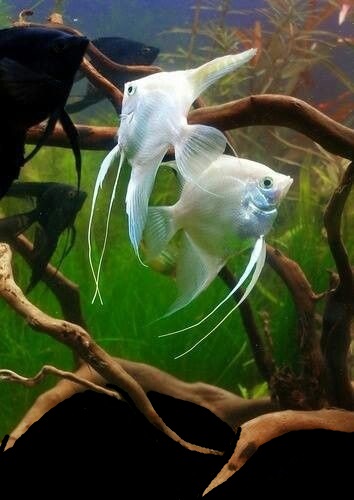
angelfish plays
amidst underwater forest —
the spirit moves it

| Author Notes |
HAIKU is a Japanese short unrhymed poem that uses imagistic language to express the essence of a deeply felt moment in time. It resonates on a deeper level, enlightening the reader and making an insightful connection. English Haiku doesn't follow the 5/7/5 form, because Japanese syllables are much shorter. The rule of thumb is to write it as succinctly as possible and 17 syllables or less.
click here to read haiku examples *** click here to read haiku rules *** click here to read why is 5/7/5 OR LESS rule *** click here for season words Thank you for reading and reviewing my poem. Gypsy pictures from my Pinterest account, I use two programs for my presentations- ImageShack and Windows' Paint. All parts of my presentations are copyrighted. |
![]()
By Gypsy Blue Rose

| Author Note: | Inspired by Roy's poem, 'Born to write' - Royowen |

| Author Notes |
I believe creation is divine. We are conduits of art that flow through us when the poet listens to the deep voice inside, and when the artist trusts the process.
3 lines poems written with lowercase, no punctuation, and no syllable count. This morning I read the poem- 'Born to Write' by rowowen (Roy) and felt inspired by the title. The poems are not related. Thank you for reading and reviewing my poem. Gypsy Pictures from my Pinterest account. Poem and presentation by Gypsy Blue Rose COPYWRITE@2024 |
![]()
By Gypsy Blue Rose


| Author Notes |
Thank you for reading and reviewing my poem. Gypsy Pictures from my Pinterest account. Presentation and poem by Gypsy Blue Rose copyright@2024 |
![]()
By Gypsy Blue Rose

even in harsh times of war
amidst ruins
flowers still bloom—
watered by mother's tears

| Author Notes |
15 words, no punctuation, lowercase
Thank you very much for reading my poem. Gypsy Pictures from my Pinterest account. Presentation and poem by Gypsy Blue Rose@copyright24 |
![]()
By Gypsy Blue Rose

dandelion
sways in the summer breeze—
meadow full of wishes

| Author Notes |
HAIKU is a Japanese short unrhymed poem that uses imagistic language to express the essence of a deeply felt moment. It resonates on a deeper level, enlightening the reader and making an insightful connection. English Haiku doesn't follow the 5/7/5 form, because Japanese syllables are much shorter. The rule of thumb is to write it as succinctly as possible and 17 syllables or less.
click here to read haiku examples click here to read haiku rules click here to read why is 5/7/5 OR LESS rule click here for season words Thank you for reading and reviewing my poem. Gypsy pictures from my Pinterest account Poem and presentation by Gypsy Blue Rose COPYWRITE@2024 |
![]()
By Gypsy Blue Rose


| Author Notes |
HAIKU is a Japanese short unrhymed poem that uses imagistic language to express the essence of a deeply felt moment. It resonates on a deeper level, enlightening the reader and making an insightful connection. English Haiku doesn't follow the 5/7/5 form, because Japanese syllables are much shorter. The rule of thumb is to write it as succinctly as possible and 17 syllables or less.
click here to read haiku examples click here to read haiku rules click here to read why is 5/7/5 OR LESS rule click here for season words Thank you for reading and reviewing my poem. Gypsy pictures from my Pinterest account Poem and presentation by Gypsy Blue Rose COPYWRITE@2024 |
![]()
By Gypsy Blue Rose
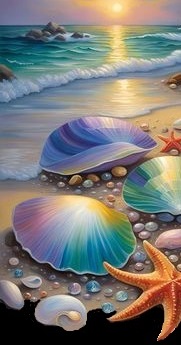

| Author Notes |
Boisterous = noisily turbulent
Tempestuous = stormy Contemporary Haiku is a Japanese short unrhymed poem that uses imagistic language to express the essence of a deeply felt moment in time. It resonates on a deeper level, leaving the reader enlightened and making an insightful connection. The most common literary adaptation in English of haiku looks something like this: one to four lines, no strict syllable count but brief. These poems too utilize a dash before the satori. Images need not be taken from nature, though they may be and often are. Seasonality is optional, though often featured. Is okay to use poetic devices. EXAMPLE: in the woodpile the broken ax handle source Thank you for reading and reviewing my poem. Gypsy Pictures from my Pinterest account. Poem and presentation by Gypsy Blue Rose COPYWRITE@2024 Thank you for reading and reviewing my poem. Gypsy Pictures from my Pinterest account. Poems and presentations by Gypsy Blue Rose @copyright2024 |
![]()
By Gypsy Blue Rose
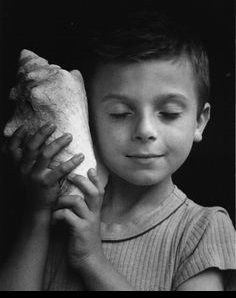


| Author Notes |
SENRYU is a Japanese short unrhymed poem that uses imagistic language to express the essence of a deeply felt moment in time. Unlike Haiku, senryu is about human nature and doesn't need a season word. It's written in 17 syllables OR LESS and three lines. For Senryu you don't need a season word (Kigo).
the haiku foundation senryu rules Thank you for reading and reviewing my poem. Gypsy Pictures from my Pinterest account. Poem and presentation by Gypsy Blue Rose COPYWRITE@2024 |
![]()
By Gypsy Blue Rose




| Author Notes |
HAIKU is a Japanese short unrhymed poem that uses imagistic language to express the essence of a deeply felt moment. It resonates on a deeper level, enlightening the reader and making an insightful connection. English Haiku doesn't follow the 5/7/5 form, because Japanese syllables are much shorter. The rule of thumb is to write it as succinctly as possible and 17 syllables or less.
click here to read haiku examples click here to read haiku rules click here to read why is 5/7/5 OR LESS rule click here for season words Thank you for reading and reviewing my poem. Gypsy pictures from my Pinterest account Poem and presentation by Gypsy Blue Rose COPYWRITE@2024 |
![]()
By Gypsy Blue Rose
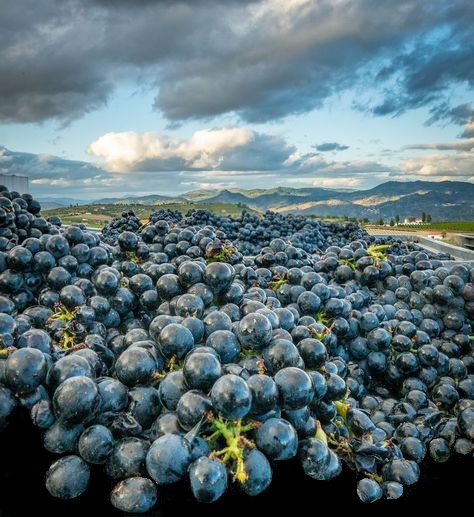

| Author Notes |
Tanka is a Japanese unrhymed poem written with 31 syllables arranged in five lines; English tanka is 31 syllable or LESS because Japanese and English syllables are different. Tanka originated in the 6th century at Japanese Imperial Court where lovers exchanged tanka poems for each other after a night of passionate love making. With contemporary tanka the topic varies.
Usually, the third line transitions from the descriptive and image-focused beginning lines into a reflective metaphor, simile, or personification for the closing lines. The subject matter varies, but most tanka are emotionally stirring or profound, and many are about love. click here if you want to read modern tanka examples === click here to read Tanka Society of America === click here if you want to read modern tanka rules Thank you very much for your time and kind review. Gypsy Pictures from my Pinterest account. Poem and Presentation created by Gypsy Blue Rose@copyright2024 |
![]()
By Gypsy Blue Rose
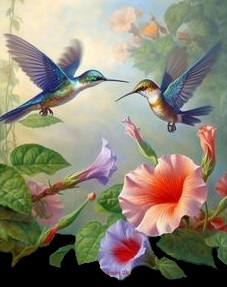

| Author Notes |
HAIKU is a Japanese short unrhymed poem that uses imagistic language to express the essence of a deeply felt moment. It resonates on a deeper level, enlightening the reader and making an insightful connection. English Haiku doesn't follow the 5/7/5 form, because Japanese syllables are much shorter. The rule of thumb is to write it as succinctly as possible and 17 syllables or less.
click here to read haiku examples click here to read haiku rules click here to read why is 5/7/5 OR LESS rule click here for season words Thank you for reading and reviewing my poem. Gypsy pictures from my Pinterest account Poem and presentation by Gypsy Blue Rose COPYWRITE@2024 |
![]()
By Gypsy Blue Rose

come on little turtle,
the day is rolling by
and we have miles to go

| Author Notes |
Thank you for reading and reviewing my poem.
Gypsy Pictures from my Pinterest account. Poems and presentations by Gypsy Blue Rose @copyright2024 |
![]()
By Gypsy Blue Rose
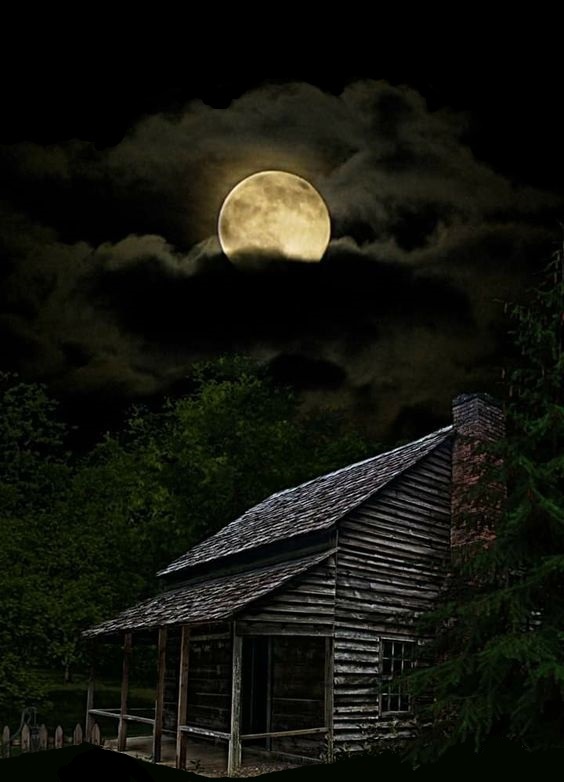
winter night,
only the north wind knocks—
on the widow’s door

| Author Notes |
HAIKU is a Japanese short unrhymed poem that uses imagistic language to express the essence of a deeply felt moment. It resonates on a deeper level, enlightening the reader and making an insightful connection. English Haiku doesn't follow the 5/7/5 form, because Japanese syllables are much shorter. The rule of thumb is to write it as succinctly as possible and 17 syllables or less.
click here to read haiku examples click here to read haiku rules click here to read why is 5/7/5 OR LESS rule click here for season words Thank you for reading and reviewing my poem. Gypsy pictures from my Pinterest account Poem and presentation by Gypsy Blue Rose COPYWRITE@2024 |
![]()
By Gypsy Blue Rose
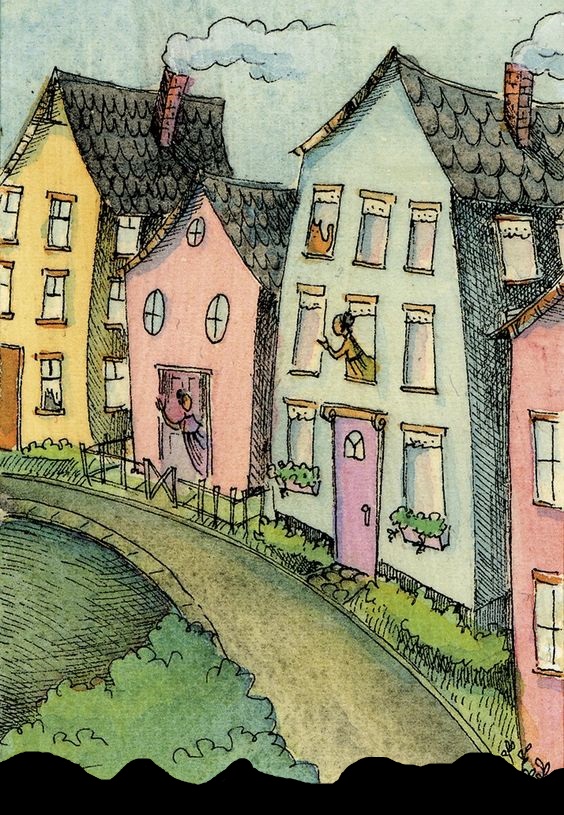
| Author Note: | a little humor |

| Author Notes |
SENRYU is a Japanese short unrhymed poem that uses imagistic language to express the essence of a deeply felt moment in time. Unlike Haiku, senryu is about human nature and doesn't need a season word. It's written in 17 syllables OR LESS and three lines. For Senryu you don't need a season word (Kigo).
the haiku foundation senryu rules Thank you for reading and reviewing my poem. Gypsy Pictures from my Pinterest account. Poem and presentation by Gypsy Blue Rose COPYWRITE@2024 |
![]()
By Gypsy Blue Rose


color me a rainbow
over cotton candy clouds—
with divine finger paint

| Author Notes |
- In the Bible, rainbows represent God's covenant with all living creatures after the Flood. - Genesis 9:8-11
- "Try to be a rainbow in someone's cloud." - Maya Angelou HAIKU is a Japanese short unrhymed poem that uses imagistic language to express the essence of a deeply felt moment. It resonates on a deeper level, enlightening the reader and making an insightful connection. English Haiku doesn't follow the 5/7/5 form, because Japanese syllables are much shorter. The rule of thumb is to write it as succinctly as possible and 17 syllables or less. click here to read haiku examples click here to read haiku rules click here to read why is 5/7/5 OR LESS rule click here for season words Thank you for reading and reviewing my poem. Gypsy pictures from my Pinterest account Poem and presentation by Gypsy Blue Rose COPYWRITE@2024 |
![]()
By Gypsy Blue Rose

waiting neath the rain,
knee deep —
in a sea full of stars

| Author Notes |
HAIKU is a Japanese short unrhymed poem that uses imagistic language to express the essence of a deeply felt moment. It resonates on a deeper level, enlightening the reader and making an insightful connection. English Haiku doesn't follow the 5/7/5 form, because Japanese syllables are much shorter. The rule of thumb is to write it as succinctly as possible and 17 syllables or less.
click here to read haiku examples click here to read haiku rules click here to read why is 5/7/5 OR LESS rule click here for season words Thank you for reading and reviewing my poem. Gypsy pictures from my Pinterest account Poem and presentation by Gypsy Blue Rose COPYWRITE@2024 |
![]()
By Gypsy Blue Rose

tangled in the night
I remember your touch—
we still share the stars

| Author Notes |
SENRYU is a Japanese short unrhymed poem that uses imagistic language to express the essence of a deeply felt moment in time. Unlike Haiku, senryu is about human nature and doesn't need a season word. It's written in 17 syllables OR LESS and three lines. For Senryu you don't need a season word (Kigo).
the haiku foundation senryu rules Thank you for reading and reviewing my poem. Gypsy Pictures from my Pinterest account. Poem and presentation by Gypsy Blue Rose COPYWRITE@2024 Thank you for reading and reviewing my poem. Gypsy pictures from my Pinterest account Poem and presentation by Gypsy Blue Rose COPYWRITE@2024 |
![]()
By Gypsy Blue Rose


sleep at eventide
your sailboat is leaving shore
carrying wishing stars

awake at sunup
your sailboat arrived at shore
carrying the bright sun

| Author Notes |
5/7/5 poems are similar to haiku but are not the same. The 5/7/5 poem's only rule is the syllables and lines count. Haiku is more insightful, challenging, and beautiful. I wrote this 5/7/5 for a change.
Thank you for reading and reviewing my poem. Gypsy Pictures by Perla Marina from my Pinterest account. Poems and presentations by Gypsy Blue Rose @copyright2024 |
![]()
By Gypsy Blue Rose

summer dawn,
thirsty starling hovers over —
buttercup full of dew

| Author Notes |
HAIKU is a Japanese short unrhymed poem that uses imagistic language to express the essence of a deeply felt moment. It resonates on a deeper level, enlightening the reader and making an insightful connection. English Haiku doesn't follow the 5/7/5 form, because Japanese syllables are much shorter. The rule of thumb is to write it as succinctly as possible and 17 syllables or less.
click here to read haiku examples click here to read haiku rules click here to read why is 5/7/5 OR LESS rule click here for season words Thank you for reading and reviewing my poem. Gypsy pictures from my Pinterest account Poem and presentation by Gypsy Blue Rose COPYWRITE@2024 |
![]()
By Gypsy Blue Rose

sky weeps
over dried fields—
grateful windy waves

| Author Notes |
Thank you for reading and reviewing my poem.
Gypsy Pictures from my Pinterest account. Poems and presentations by Gypsy Blue Rose @copyright2024 |
![]()
By Gypsy Blue Rose

lost at sea
with fair winds in my sails—
God finds me

| Author Notes |
Entry for the Haiku Club Event. If you like to join check the link below. Everyone welcome.
HAIKU is a Japanese short unrhymed poem that uses imagistic language to express the essence of a deeply felt moment. It resonates on a deeper level, enlightening the reader and making an insightful connection. English Haiku doesn't follow the 5/7/5 form, because Japanese syllables are much shorter. The rule of thumb is to write it as succinctly as possible and 17 syllables or less. click here to read haiku examples click here to read haiku rules click here to read why is 5/7/5 OR LESS rule click here for season words Thank you for reading and reviewing my poem. Gypsy pictures from my Pinterest account Poem and presentation by Gypsy Blue Rose COPYWRITE@2024 |
![]()
By Gypsy Blue Rose
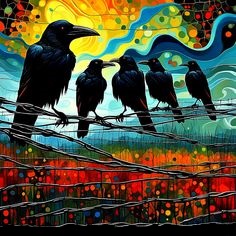
| Author Note: | If You Would Like To Join the Haiku Club, check author notes. Everyone is welcome |
perched on a bare bough,
murder of crows watch the crime scene—
wearing black

| Author Notes |
The tradition of wearing black is a sign of respect for the dead. In some countries, widows or mothers wear black for months, some for years. It's a way to show their grief.
HAIKU is a Japanese short unrhymed poem that uses imagistic language to express the essence of a deeply felt moment. It resonates on a deeper level, enlightening the reader and making an insightful connection. English Haiku doesn't follow the 5/7/5 form, because Japanese syllables are much shorter. The rule of thumb is to write it as succinctly as possible and 17 syllables or less. click here to read haiku examples click here to read haiku rules click here to read why is 5/7/5 OR LESS rule click here for season words Thank you for reading and reviewing my poem. Gypsy I get a lot of questions about my presentations. I create them using two graphic art programs. I don't use a template, there is no template for what I do. Pictures from my Pinterest account. Poem and presentation created by Gypsy Blue Rose COPYWRITE@2024 |
![]()
By Gypsy Blue Rose

night rain,
crimson and gold leaves—
covered with moon drops
| Author Notes |
HAIKU is a Japanese short unrhymed poem that uses imagistic language to express the essence of a deeply felt moment. It resonates on a deeper level, enlightening the reader and making an insightful connection. English Haiku doesn't follow the 5/7/5 form, because Japanese syllables are much shorter. The rule of thumb is to write it as succinctly as possible and 17 syllables or less.
click here to read haiku examples click here to read haiku rules click here to read why is 5/7/5 OR LESS rule click here for season words Thank you for reading and reviewing my poem. Gypsy Pictures from my Pinterest account. To create the visual effects I want, I use two programs, Paint and ImageShack. I don't use a template. Poem and presentation created by Gypsy Blue Rose @COPYRIGHT 2024 |
![]()
By Gypsy Blue Rose
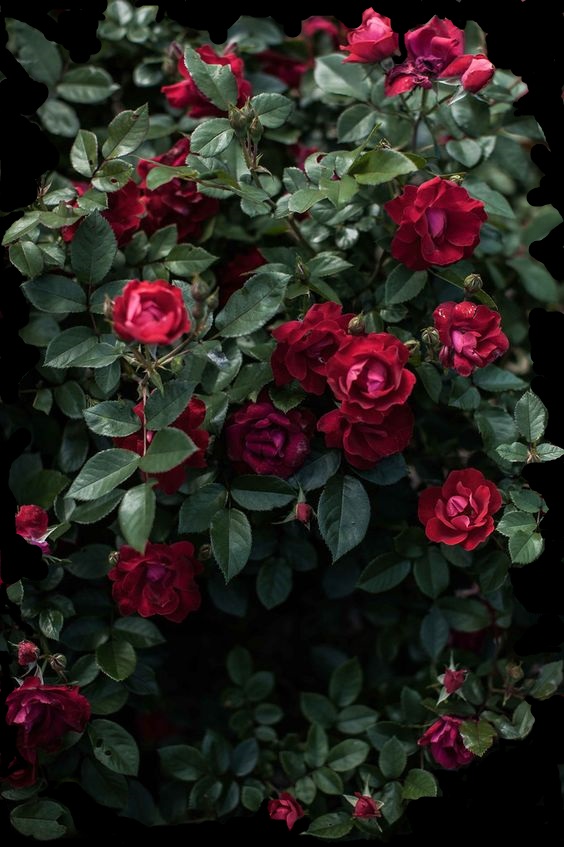
blushing flowers
hide behind the bush —
playing peekaboo

| Author Notes |
HAIKU is a Japanese short unrhymed poem that uses imagistic language to express the essence of a deeply felt moment. It resonates on a deeper level, enlightening the reader and making an insightful connection. English Haiku doesn't follow the 5/7/5 form, because Japanese syllables are much shorter. The rule of thumb is to write it as briefly as possible and 17 syllables or less.
click here to read haiku examples click here to read haiku rules click here to read why is 5/7/5 OR LESS rule click here for season words Thank you for reading and reviewing my poem. Gypsy Pictures from my Pinterest account. I don't use a template. Poem and complete presentation created by Gypsy Blue Rose @COPYRIGHT2024 |
![]()
By Gypsy Blue Rose

butterfly flutters
over the fragile flower petal—
raging winds unroot oaks

| Author Notes |
the butterfly effect is the sensitive dependence on initial conditions in which a small change in one state of a deterministic nonlinear system can result in large differences in a later state.
HAIKU is a Japanese short unrhymed poem that uses imagistic language to express the essence of a deeply felt moment. It resonates on a deeper level, enlightening the reader and making an insightful connection. English Haiku doesn't follow the 5/7/5 form, because Japanese syllables are much shorter. The rule of thumb is to write it as succinctly as possible and 17 syllables or less. click here to read haiku examples click here to read haiku rules click here to read why is 5/7/5 OR LESS rule click here for season words Thank you for reading and reviewing my poem. Gypsy Pictures from my Pinterest account. I don't use a presentation template, the complete presentation and poem created by Gypsy Blue Rose COPYRIGHT@2024 |
![]()
By Gypsy Blue Rose
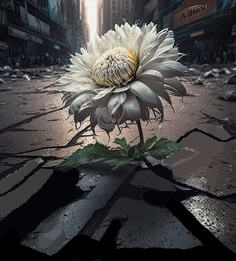
resilient flower —
still grows
between cement cracks

| Author Notes |
HAIKU is a Japanese short unrhymed poem that uses imagistic language to express the essence of a deeply felt moment. It resonates on a deeper level, enlightening the reader and making an insightful connection. English Haiku doesn't follow the 5/7/5 form, because Japanese syllables are much shorter. The rule of thumb is to write it as succinctly as possible and 17 syllables or less.
click here to read haiku examples click here to read haiku rules click here to read why is 5/7/5 OR LESS rule click here for season words Thank you for reading and reviewing my poem. Gypsy Pictures from my Pinterest account. I don't use a presentation template, the complete presentation and poem created by Gypsy Blue Rose COPYRIGHT@2024 |
![]()
By Gypsy Blue Rose

crisp air,
buried beneath fall leaves
spring waits with the turtle —
to catch up

| Author Notes |
The Eastern Box Turtle buries itself in leaves during autumn for hibernation. They find a safe spot, bury themselves in a pile of leaves, and enter a state of torpor until spring arrives.ÂÂ
Contemporary Haiku is a Japanese short unrhymed poem that uses imagistic language to express the essence of a deeply felt moment in time. It resonates on a deeper level, leaving the reader enlightened and making an insightful connection. The most common literary adaptation in English of haiku looks something like this: one to four lines, no strict syllable count but brief. These poems too utilize a dash before the satori. Images need not be taken from nature, though they may be and often are. Seasonality is optional, though often featured. Is okay to use poetic devices. EXAMPLE: in the woodpile the broken ax handle source Thank you for reading and reviewing my poem. Gypsy Pictures from my Pinterest account. I don't use a presentation template, the complete presentation and poem created by Gypsy Blue Rose COPYRIGHT@2024 |
![]()
By Gypsy Blue Rose
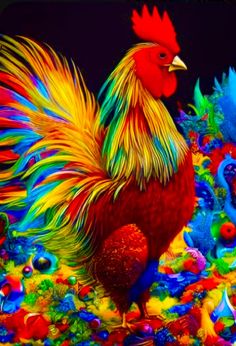

bitter cold morning
man won't get out of bed—
even the rooster sleeps in

| Author Notes |
Thank you for reading and reviewing my poem.
Gypsy Pictures from my Pinterest account. Poems and presentations by Gypsy Blue Rose @copyright2024 |
![]()
By Gypsy Blue Rose

when flowers die in winter,
she writes haiku —
about weeds

| Author Notes |
HAIKU is a Japanese short unrhymed poem that uses imagistic language to express the essence of a deeply felt moment. It resonates on a deeper level, enlightening the reader and making an insightful connection. English Haiku doesn't follow the 5/7/5 form, because Japanese syllables are much shorter. The rule of thumb is to write it as succinctly as possible and 17 syllables or less.
click here to read haiku examples click here to read haiku rules click here to read why is 5/7/5 OR LESS rule click here for season words Thank you for reading and reviewing my poem. Gypsy Pictures from my Pinterest account. I don't use a presentation template, the complete presentation and poem created by Gypsy Blue Rose COPYRIGHT@2024 |
![]()
By Gypsy Blue Rose

since he died,
no one comes around—
she made a friend
~ with the harvest moon ~

| Author Notes |
Everyone is welcome to join the Haiku Club, if you want to check it out, click the clubs link.
Modern Haiku is a Japanese short unrhymed poem that uses imagistic language to express the essence of a deeply felt moment in time. It resonates on a deeper level, leaving the reader enlightened and making an insightful connection. The most common literary adaptation in English of haiku looks something like this: one to four lines, no strict syllable count but brief. These poems too utilize a dash before the satori. Images need not be taken from nature, though they may be and often are. Seasonality is optional, though often featured. Is okay to use poetic devices. EXAMPLE: in the woodpile the broken ax handle source Thank you for reading and reviewing my poem. Gypsy Pictures from my Pinterest account. I don't use a presentation template, the complete presentation and poem created by Gypsy Blue Rose COPYRIGHT@2024 |
![]()
By Gypsy Blue Rose

frigid winds
wrap around the gnarled old tree —
piercing grandma's hands

| Author Notes |
HAIKU is a Japanese short unrhymed poem that uses imagistic language to express the essence of a deeply felt moment. It resonates on a deeper level, enlightening the reader and making an insightful connection. English Haiku doesn't follow the 5/7/5 form, because Japanese syllables are much shorter. The rule of thumb is to write it as succinctly as possible and 17 syllables or less.
click here to read haiku examples click here to read haiku rules click here to read why is 5/7/5 OR LESS rule click here for season words Thank you for reading and reviewing my poem. Gypsy Pictures from my Pinterest account. I don't use a presentation template, the complete presentation and poem created by Gypsy Blue Rose COPYRIGHT@2024 |
![]()
By Gypsy Blue Rose
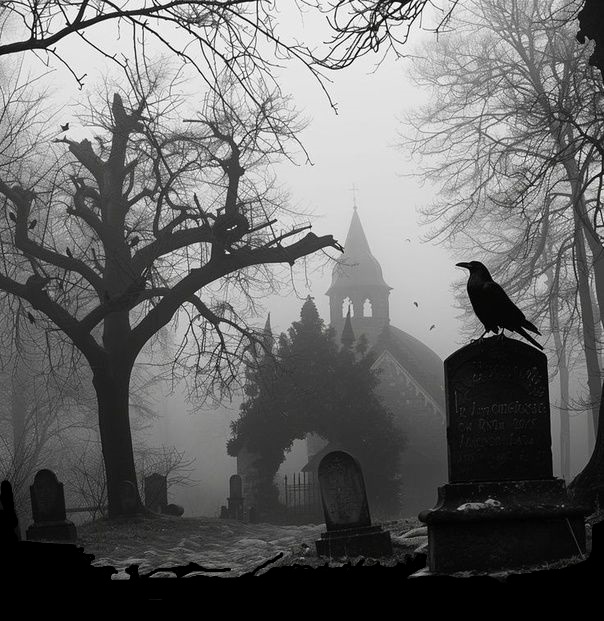
winter blast blows
over recently dug grave—
wailing wind

| Author Notes |
HAIKU is a Japanese short unrhymed poem that uses imagistic language to express the essence of a deeply felt moment. It resonates on a deeper level, enlightening the reader and making an insightful connection. English Haiku doesn't follow the 5/7/5 form, because Japanese syllables are much shorter. The rule of thumb is to write it as succinctly as possible and 17 syllables or less.
click here to read haiku examples click here to read haiku rules click here to read why is 5/7/5 OR LESS rule click here for season words Thank you for reading and reviewing my poem. Gypsy Pictures from my Pinterest account. I don't use a presentation template, the complete presentation and poem created by Gypsy Blue Rose COPYRIGHT@2024 |
![]()
By Gypsy Blue Rose
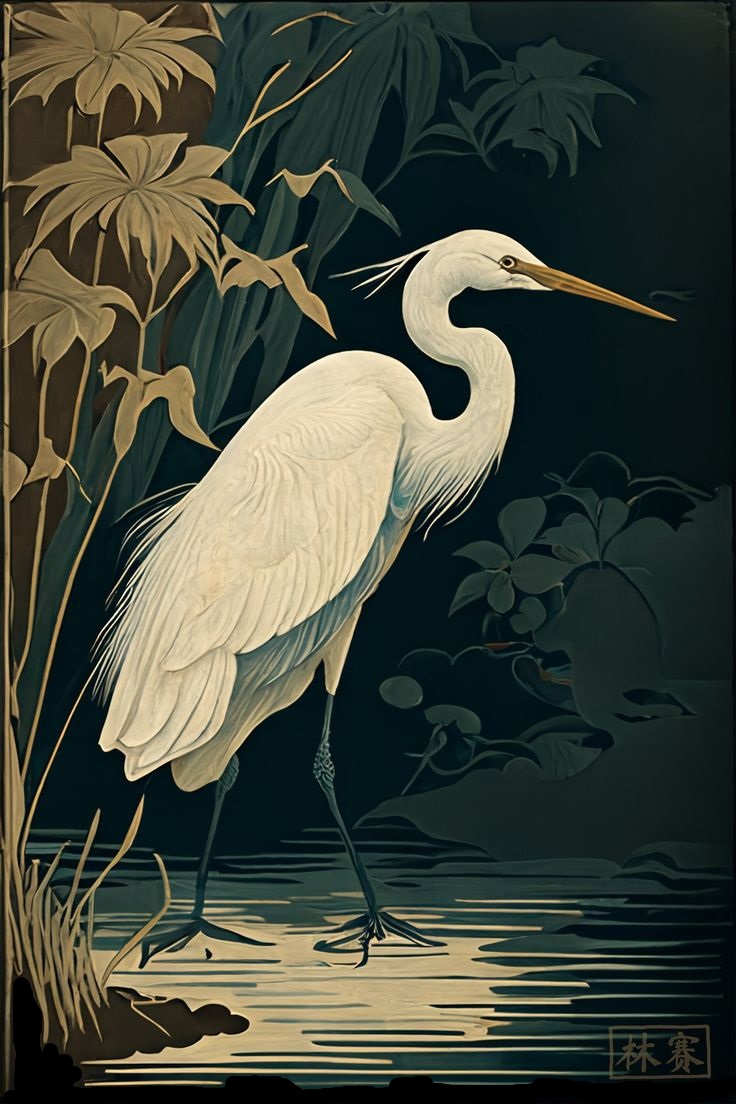
sick and weary monk
listens to single heron—
sound of loneliness

| Author Notes |
HAIKU is a Japanese short unrhymed poem that uses imagistic language to express the essence of a deeply felt moment. It resonates on a deeper level, enlightening the reader and making an insightful connection. English Haiku doesn't follow the 5/7/5 form, because Japanese syllables are much shorter. The rule of thumb is to write it as succinctly as possible and 17 syllables or less.
click here to read haiku examples click here to read haiku rules click here to read why is 5/7/5 OR LESS rule click here for season words Thank you for reading and reviewing my poem. Gypsy Pictures from my Pinterest account. I don't use a presentation template, the complete presentation and poem created by Gypsy Blue Rose COPYRIGHT@2024 |
![]()
By Gypsy Blue Rose
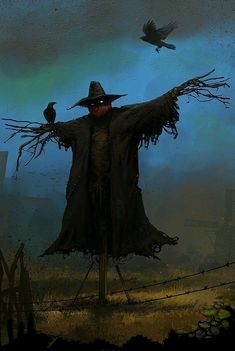

| Author Notes |
Hobo = homeless and usually penniless vagabond
Modern Haiku is a Japanese short unrhymed poem that uses imagistic language to express the essence of a deeply felt moment in time. It resonates on a deeper level, leaving the reader enlightened and making an insightful connection. The most common literary adaptation in English of haiku looks something like this: one to four lines, no strict syllable count but brief. These poems too utilize a dash before the satori. Images need not be taken from nature, though they may be and often are. Seasonality is optional, though often featured. Is okay to use poetic devices. EXAMPLE: in the woodpile the broken ax handle source Thank you for reading and reviewing my poem. Gypsy Pictures from my Pinterest account. I don't use a presentation template, the complete presentation and poem created by Gypsy Blue Rose COPYRIGHT@2024 |
![]()
By Gypsy Blue Rose

| Author Notes |
Contemporary Haiku in English
The most common literary adaptation in English of haiku looks something like this: one to four lines, no strict syllable count but brief, and often with a long/short or short/long asymmetry. These poems too utilize a caesura. Images need not be taken from nature, though they may be and often are. Seasonality is optional, though often featured. Thank you for reading and reviewing my poem. Gypsy Pictures from my Pinterest account. Presentation and poem by Gypsy Blue Rose copyright@2024 |
![]()
By Gypsy Blue Rose



| Author Notes |
I used the 5 senses: touch, sight, taste, smell, and sound
My mother and grandmother died a long ago but I feel their spirits. In the top picture, the phrase, "Shaken, not stirred" is inspired by the fictional character, Agent 007 James Bond's famous phrase. It's the way he prefers his martini cocktail. Some phrases are poetic expressions, not to be taken literally, such as "the stars tremble in blue. Poem and presentation created by me, Gypsy blue rose@copyright2024 Pictures from pinterest Thank you very much, for taking the time to read and review my poem. Gypsy |
![]()
By Gypsy Blue Rose

summer sunrise
dipped in golden light —
priceless sight

| Author Notes |
HAIKU is a Japanese short unrhymed poem that uses imagistic language to express the essence of a deeply felt moment. It resonates on a deeper level, enlightening the reader and making an insightful connection. English Haiku doesn't follow the 5/7/5 form, because Japanese syllables are much shorter. The rule of thumb is to write it as succinctly as possible and 17 syllables or less.
click here to read haiku examples click here to read haiku rules click here to read why is 5/7/5 OR LESS rule click here for season words Thank you for reading and reviewing my poem. Gypsy Pictures from my Pinterest account. I don't use a presentation template, the complete presentation and poem created by Gypsy Blue Rose COPYRIGHT@2024 |
![]()
By Gypsy Blue Rose
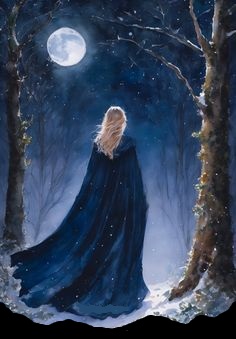
beneath the gray sky,
I will say goodbye —
to the winter moon

| Author Notes |
Thank you for reading and reviewing my poem.
Gypsy Pictures from my Pinterest account. Poems and presentations by Gypsy Blue Rose @copyright2024 |
![]()
By Gypsy Blue Rose
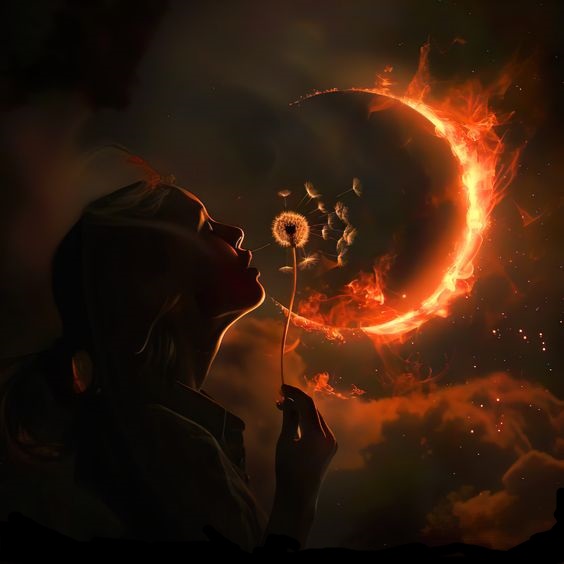
| Author Note: | Next eclipse will be on September 18th |
sun and moon
kiss in the dark —
rare rendezvous

| Author Notes |
Rendezvous = a meeting at an agreed time and place
*If you would like to join the Haiku Club, please click here and look for the haiku club* RESERVE A SPOT /SUBMIT YOUR ENTRY HAIKU is a Japanese short unrhymed poem that uses imagistic language to express the essence of a deeply felt moment. It resonates on a deeper level, enlightening the reader and making an insightful connection. English Haiku doesn't follow the 5/7/5 form, because Japanese syllables are much shorter. The rule of thumb is to write it as succinctly as possible and 17 syllables or less. click here to read haiku examples click here to read haiku rules click here to read why is 5/7/5 OR LESS rule click here for season words Thank you for reading and reviewing my poem. Gypsy Pictures from my Pinterest account. I don't use a presentation template, the complete presentation and poem created by Gypsy Blue Rose COPYRIGHT@2024 |
![]()
By Gypsy Blue Rose
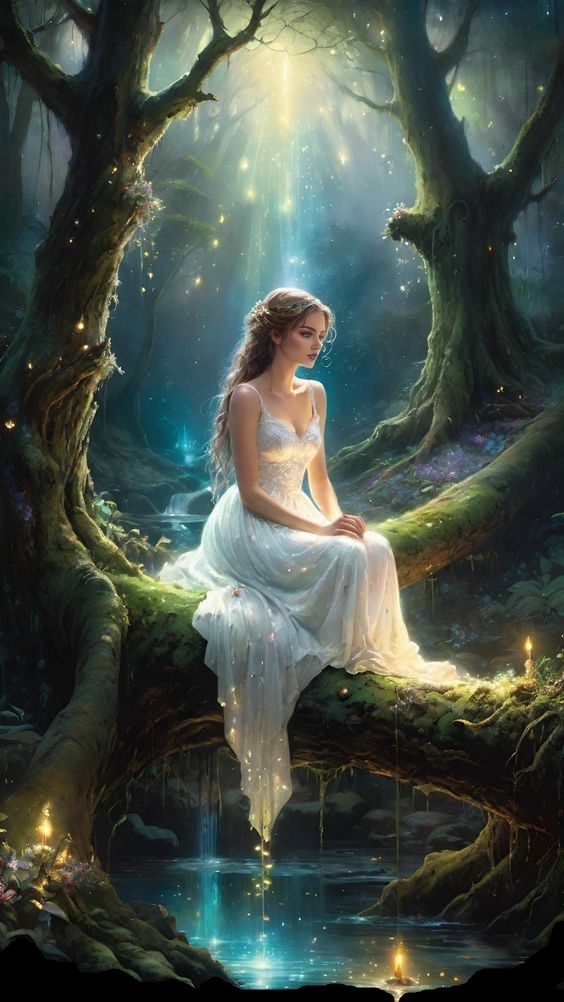
night of self-reflection
sitting by a creek —
full of life

| Author Notes |
HAIKU is a Japanese short unrhymed poem that uses imagistic language to express the essence of a deeply felt moment. It resonates on a deeper level, enlightening the reader and making an insightful connection. English Haiku doesn't follow the 5/7/5 form, because Japanese syllables are much shorter. The rule of thumb is to write it as succinctly as possible and 17 syllables or less.
click here to read haiku examples click here to read haiku rules click here to read why is 5/7/5 OR LESS rule click here for season words Thank you for reading and reviewing my poem. Gypsy Picture by Mirela A. from my Pinterest account. I don't use a presentation template, the complete presentation and poem created by Gypsy Blue Rose COPYRIGHT@2024 |
![]()
By Gypsy Blue Rose

unmoored boat drifts
across a lake full of stars —
crickets chirp ashore

| Author Notes |
HAIKU is a Japanese short unrhymed poem that uses imagistic language to express the essence of a deeply felt moment. It resonates on a deeper level, enlightening the reader and making an insightful connection. English Haiku doesn't follow the 5/7/5 form, because Japanese syllables are much shorter. The rule of thumb is to write it as succinctly as possible and 17 syllables or less.
click here to read haiku examples click here to read haiku rules click here to read why is 5/7/5 OR LESS rule click here for season words Thank you for reading and reviewing my poem. Gypsy Pictures from my Pinterest account. The complete presentation and poem created by Gypsy Blue Rose COPYRIGHT@2024 |
![]()
By Gypsy Blue Rose
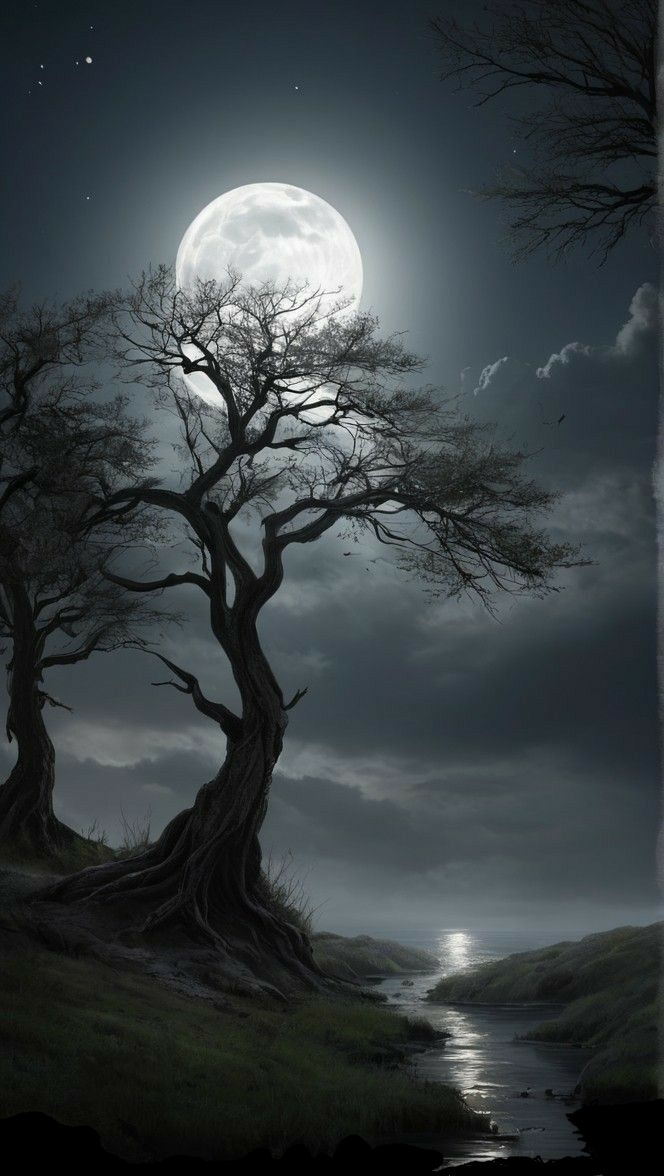

| Author Notes |
Nature calls = need to go to the bathroom
HAIKU is a Japanese short unrhymed poem that uses imagistic language to express the essence of a deeply felt moment. It resonates on a deeper level, enlightening the reader and making an insightful connection. English Haiku doesn't have to follow the 5/7/5 form, because Japanese syllables are much shorter. The rule of thumb is to write it as succinctly as possible and 17 syllables or less. click here to read haiku examples click here to read haiku rules click here to read why is 5/7/5 OR LESS rule click here for season words Thank you for reading and reviewing my poem. Gypsy Pictures from my Pinterest account. The complete presentation and poem created by Gypsy Blue Rose COPYRIGHT@2024 |
![]()
By Gypsy Blue Rose


| Author Notes |
HAIKU is a Japanese short unrhymed poem that uses imagistic language to express the essence of a deeply felt moment. It resonates on a deeper level, enlightening the reader and making an insightful connection. English Haiku doesn't have to follow the 5/7/5 form, because Japanese syllables are much shorter. The rule of thumb is to write it as succinctly as possible and 17 syllables or less.
click here to read haiku examples click here to read haiku rules click here to read why is 5/7/5 OR LESS rule click here for season words Thank you for reading and reviewing my poem. Gypsy Pictures from my Pinterest account. The complete presentation and poem created by Gypsy Blue Rose COPYRIGHT@2024 |
![]()
By Gypsy Blue Rose
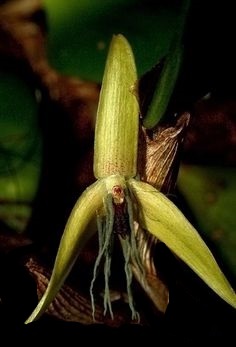
after the orchids
wither and die
her haiku inspiration —
are garden weeds

| Author Notes |
Naani poem has 4 lines. The total number of syllables in the poem are between 20 to 25. While the poem does not have to be about a particular subject it is often about human relations or current statements. poetry dances poem rules
Thank you very much for your time and kind review. Gypsy Pictures from my Pinterest account. The complete presentation and poem created by Gypsy Blue Rose COPYRIGHT@2024 |
![]()
By Gypsy Blue Rose
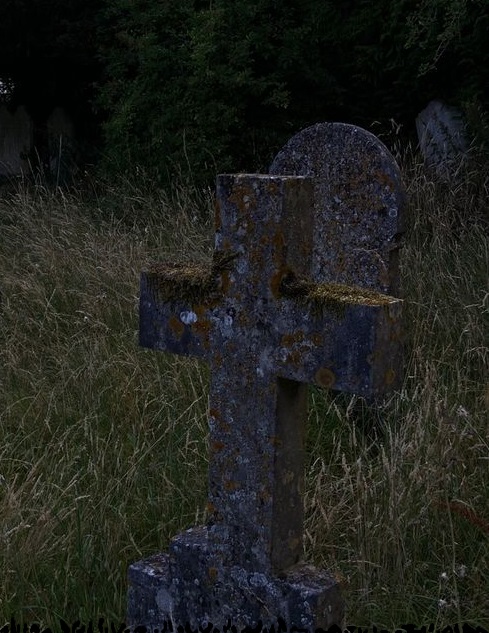
hermit’s weathered grave
covered with Spanish moss —
and forget-me-nots

| Author Notes |
'Forget-Me-Not' is a flower
HAIKU is a Japanese short unrhymed poem that uses imagistic language to express the essence of a deeply felt moment. It resonates on a deeper level, enlightening the reader and making an insightful connection. English Haiku doesn't have to follow the 5/7/5 form, because Japanese syllables are much shorter. The rule of thumb is to write it as succinctly as possible and 17 syllables or less. click here to read haiku examples click here to read haiku rules click here to read why is 5/7/5 OR LESS rule click here for season words Thank you for reading and reviewing my poem. Gypsy Pictures from my Pinterest account. The complete presentation and poem created by Gypsy Blue Rose COPYRIGHT@2024 |
![]()
By Gypsy Blue Rose
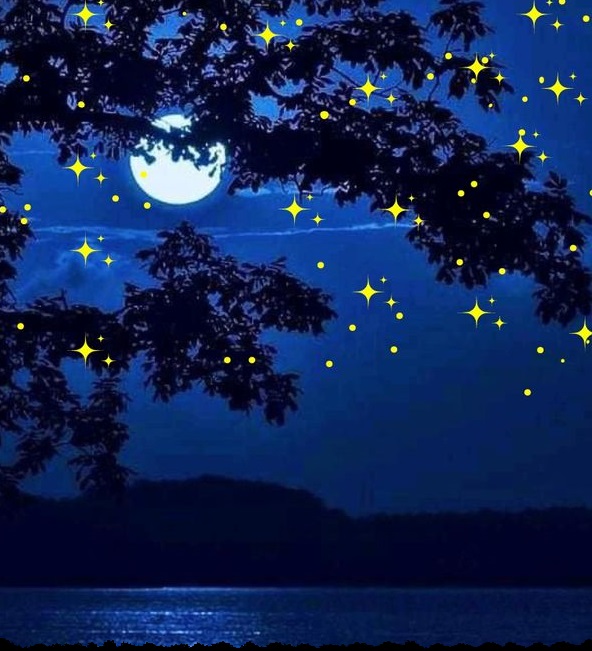
| Author Note: | for Helen |
brilliant moon and stars
illuminate dark nights —
as friendship lights up our lives

| Author Notes |
Dedicated to my best friend, Helen.
HAIKU is a Japanese short unrhymed poem that uses imagistic language to express the essence of a deeply felt moment. It resonates on a deeper level, enlightening the reader and making an insightful connection. English Haiku doesn't have to follow the 5/7/5 form, because Japanese syllables are much shorter. The rule of thumb is to write it as succinctly as possible and 17 syllables or less. click here to read haiku examples click here to read haiku rules click here to read why is 5/7/5 OR LESS rule click here for season words Thank you for reading and reviewing my poem. Gypsy Pictures from my Pinterest account. The complete presentation and poem created by Gypsy Blue Rose COPYRIGHT@2024 |
![]()
By Gypsy Blue Rose
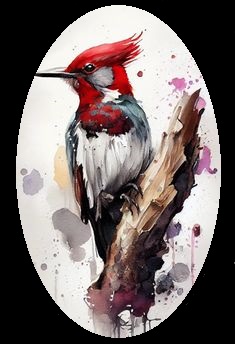

| Author Notes |
A monostich is a poem which consists of a single line.
Thank you for reading and reviewing my poem. Gypsy Pictures from my Pinterest account. Poems and presentations by Gypsy Blue Rose @copyright2024 |
![]()
By Gypsy Blue Rose

| Author Note: | Happy First Day of Autumn |
first day of autumn,
crisp wind dusts off —
faceless pumpkins

| Author Notes |
Today is the first day of Autumn
Modern Haiku is a Japanese short unrhymed poem that uses imagistic language to express the essence of a deeply felt moment. It resonates on a deeper level, leaving the reader enlightened and making an insightful connection. The most common literary adaptation in English of haiku looks something like this: one to four lines, no strict syllable count but brief. These poems too utilize a dash before the satori. Images need not be taken from nature, though they may be and often are. Seasonality is optional, though often featured. Is okay to use poetic devices. EXAMPLE: in the woodpile the broken ax handle source Thank you for reading and reviewing my poem. Gypsy Pictures from my Pinterest account. I don't use a presentation template, the complete presentation and poem created by Gypsy Blue Rose COPYRIGHT@2024 |
![]()
By Gypsy Blue Rose
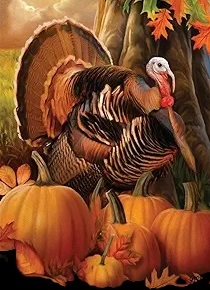
♦ empty-headed ♦
unfortunate turkeys and pumpkins
make plans for Christmas

| Author Notes |
Modern Haiku is a Japanese short unrhymed poem that uses imagistic language to express the essence of a deeply felt moment in time. It resonates on a deeper level, leaving the reader enlightened and making an insightful connection. The most common literary adaptation in English of haiku looks something like this: one to four lines, no strict syllable count but brief. These poems too utilize a dash before the satori. Images need not be taken from nature, though they may be and often are. Seasonality is optional, though often featured. Is okay to use poetic devices.
EXAMPLE: in the woodpile the broken ax handle source Thank you for reading and reviewing my poem. Gypsy Pictures from my Pinterest account. I don't use a presentation template, the complete presentation and poem created by Gypsy Blue Rose COPYRIGHT@2024 |
![]()
By Gypsy Blue Rose
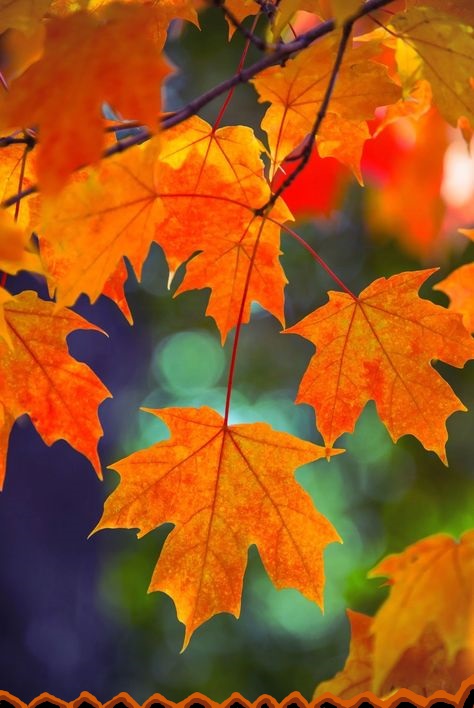
early autumn breeze
kisses leaves goodbye —
as they get ready to glide

| Author Notes |
HAIKU is a Japanese short unrhymed poem that uses imagistic language to express the essence of a deeply felt moment. It resonates on a deeper level, enlightening the reader and making an insightful connection. English Haiku doesn't have to follow the 5/7/5 form, because Japanese syllables are much shorter. The rule of thumb is to write it as succinctly as possible and 17 syllables or less.
click here to read haiku examples click here to read haiku rules click here to read why is 5/7/5 OR LESS rule click here for season words Thank you for reading and reviewing my poem. Gypsy Pictures from my Pinterest account. The complete presentation and poem created by Gypsy Blue Rose COPYRIGHT@2024 |
![]()
By Gypsy Blue Rose

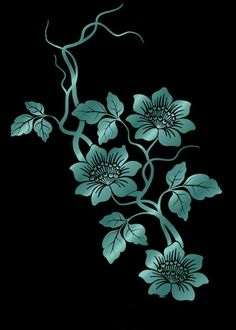
| Author Notes |
Personification of weeping willow trees and sea.
The weeping willow gets its name from the appearance of raindrops running down its long leaves, making it look like the tree is crying. This has made the weeping willow a symbol of grief and mourning in many cultures. The weeping willow is native to the west coast of North America from Alaska to northern California, where it grows in coastal habitat such as beaches, marshes, floodplains, and canyons The Essence, created by Emily Romano is a short, structured form of two lines and six syllables in each line with an end and internal rhyme. rules and examples Thank you for reading and reviewing my poem. Gypsy Pictures from my Pinterest account. Poems and presentations by Gypsy Blue Rose @copyright2024 |
![]()
By Gypsy Blue Rose

grandpa and grandson
hanging out on the front porch —
some mornings … some nights

| Author Notes |
old - young > juxtaposition < morning - night > juxtaposition < birth - death<
SENRYU is a Japanese short unrhymed poem that uses imagistic language to express the essence of a deeply felt moment in time. Unlike Haiku, senryu is about human nature and doesn't need a season word. It's written in 17 syllables OR LESS and three lines. For Senryu you don't need a season word (Kigo). the haiku foundation senryu rules Thank you for reading and reviewing my poem. Gypsy Pictures from my Pinterest account. The complete presentation and poem created by Gypsy Blue Rose COPYRIGHT@2024 |
![]()
By Gypsy Blue Rose

end of summer —
September trips and Falls
over dead tomato vines

| Author Notes |
HAIKU is a Japanese short unrhymed poem that uses imagistic language to express the essence of a deeply felt moment. It resonates on a deeper level, enlightening the reader and making an insightful connection. English Haiku doesn't have to follow the 5/7/5 form, because Japanese syllables are much shorter. The rule of thumb is to write it as succinctly as possible and 17 syllables or less.
click here to read haiku examples click here to read haiku rules click here to read why is 5/7/5 OR LESS rule click here for season words Thank you for reading and reviewing my poem. Gypsy Pictures from my Pinterest account, top picture by Artem Chebokha. The complete presentation and poem created by Gypsy Blue Rose COPYRIGHT@2024 |
![]()
By Gypsy Blue Rose
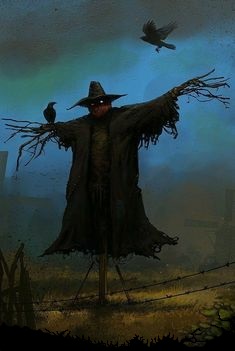
October 31st,
the scarecrow and I wonder —
what to wear

| Author Notes |
HAIKU is a Japanese short unrhymed poem that uses imagistic language to express the essence of a deeply felt moment. It resonates on a deeper level, enlightening the reader and making an insightful connection. English Haiku doesn't have to follow the 5/7/5 form, because Japanese syllables are much shorter. The rule of thumb is to write it as succinctly as possible and 17 syllables or less.
click here to read haiku examples click here to read haiku rules click here to read why is 5/7/5 OR LESS rule click here for season words Thank you for reading and reviewing my poem. Gypsy Pictures from my Pinterest account. The complete presentation and poem created by Gypsy Blue Rose COPYRIGHT@2024 |
![]()
By Gypsy Blue Rose
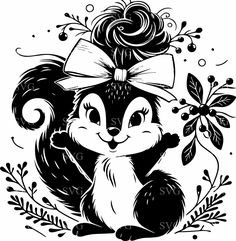
fancy squirrel
makes fun of the mouse who wears —
last season’s coat

| Author Notes |
a little monday humor
HAIKU is a Japanese short unrhymed poem that uses imagistic language to express the essence of a deeply felt moment. It resonates on a deeper level, enlightening the reader and making an insightful connection. English Haiku doesn't have to follow the 5/7/5 form, because the concept of a syllable is different in Japanese than you may be used to with English. In Japanese, each KANA character is its own syllable. For example, a famous haiku by haiku master, Matsuo Basho: In japanese (5/7/5): Furu ike ya kawazu tobikomu mizu no oto Fu/ru i/ke ya (5 syllables) ka/wa/zu to/bi/ko/mu (7 syllables) mi/zu no o/to (5 syllables) Same haiku translated to English language 2/3/4: old pond (2 syllables) frog jumps in – (3 syllables) sound of water (4 syllables) click here to read haiku examples click here to read haiku rules click here to read why is 5/7/5 OR LESS rule click here for season words Thank you for reading and reviewing my poem. Gypsy Pictures from my Pinterest account. The complete presentation and poem created by Gypsy Blue Rose COPYRIGHT@2024 |
![]()
By Gypsy Blue Rose
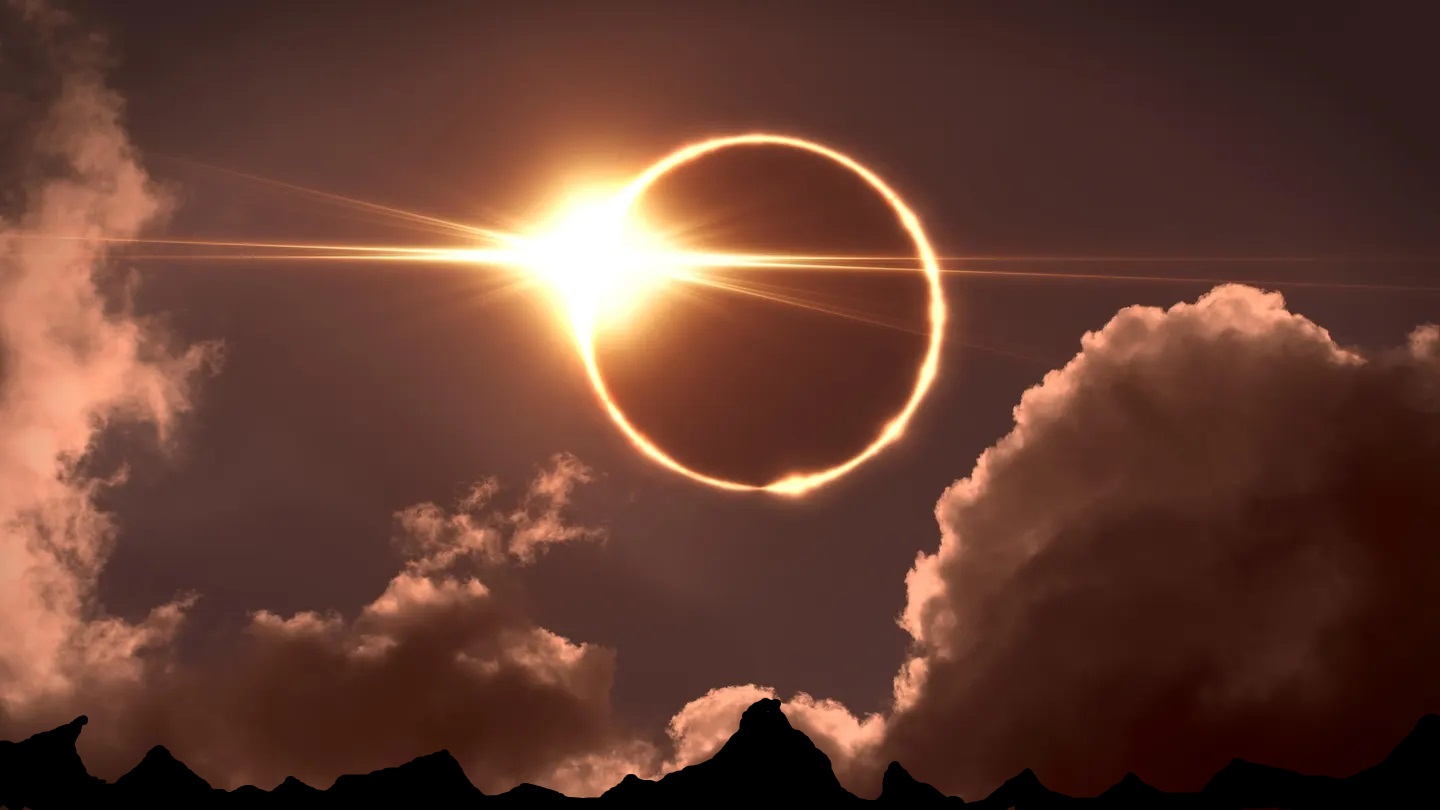
.
.
the sun gave the moon —
a ring of fire
.
.

| Author Notes |
Parts of the world will witness a ring of fire solar eclipse on Wednesday, in which the moon passes between the sun and Earth but does not completely obscure the sun, leaving the sun's visible outer edge, also called the ring of fire.
The only countries within the path of the ring of fire are Argentina and Chile (including Easter Island), though several other places will witness a partial eclipse, like parts of Hawaii. The most common literary adaptation in English of haiku looks something like this: one to four lines, no strict syllable count but brief, and often with a long/short or short/long asymmetry. These poems too utilize a caesura. Images need not be taken from nature, though they may be and often are. Seasonality is optional, though often featured. in the woodpile the broken ax handle source If you would like to check out the haiku clubclick here Everybody is welcome. Thank you for reading and reviewing my poem. Gypsy Pictures from my Pinterest account. The complete presentation and poem created by Gypsy Blue Rose COPYRIGHT@2024 |
![]()
By Gypsy Blue Rose

reading on the edge of night
with my friends —
the moon and sea

| Author Notes |
HAIKU is a Japanese short unrhymed poem that uses imagistic language to express the essence of a deeply felt moment. It resonates on a deeper level, enlightening the reader and making an insightful connection.
Most haiku in English consist of three unrhymed lines of seventeen OR fewer syllables, though today's poets use a variety of line lengths and arrangements. Traditional Japanese haiku include a season word (kigo) that helps identify the season, and a break (kireji), usually a dash, that marks a pause. Haiku focus on experience captured in clear images. The most common technique is juxtaposing two images or ideas. click here to read haiku examples click here to read haiku rules click here to read why is 5/7/5 OR LESS rule click here for season words Thank you for reading and reviewing my poem. Gypsy Pictures from my Pinterest account. The complete presentation and poem created by Gypsy Blue Rose COPYRIGHT@2024 |
![]()
By Gypsy Blue Rose

plain front porch
decorated—
with fancy fireflies

| Author Notes |
HAIKU is a Japanese short unrhymed poem that uses imagistic language to express the essence of a deeply felt moment. It resonates on a deeper level, enlightening the reader and making an insightful connection. Most haiku in English consist of three unrhymed lines of seventeen or fewer syllables, though today's poets use a variety of line lengths and arrangements.
Traditional Japanese haiku include a season word (kigo) that helps identify the season, and a break (kireji), usually a dash, that marks a pause. Haiku focus on experience captured in clear images. The most common technique is juxtaposing two images or ideas. click here to read haiku examples click here to read haiku rules click here to read why is 5/7/5 OR LESS rule click here for season words Thank you for reading and reviewing my poem. Gypsy Top picture by unmerwe, DeviantArt. Pictures from my Pinterest account. The complete presentation and poem created by Gypsy Blue Rose COPYRIGHT@2024 |
![]()
By Gypsy Blue Rose

the sea swells
with longing at eventide —
ocean full of moon

| Author Notes |
HAIKU is a Japanese short unrhymed poem that uses imagistic language to express the essence of a deeply felt moment. It resonates on a deeper level, enlightening the reader and making an insightful connection. Most haiku in English consist of three unrhymed lines of seventeen or fewer syllables, though today's poets use a variety of line lengths and arrangements.
Traditional Japanese haiku include a season word (kigo) that helps identify the season, and a break (kireji), usually a dash, that marks a pause. Haiku focus on experience captured in clear images. The most common technique is juxtaposing two images or ideas. click here to read haiku examples click here to read haiku rules click here to read why is 5/7/5 OR LESS rule click here for season words Thank you for reading and reviewing my poem. Gypsy Pictures from my Pinterest account. The complete presentation and poem created by Gypsy Blue Rose COPYRIGHT@2024 |
![]()
By Gypsy Blue Rose
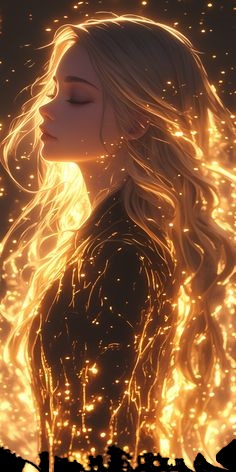
shimmering girl
shines with a soul full of sunshine —
and a heart of gold

| Author Notes |
HAIKU is a Japanese short unrhymed poem that uses imagistic language to express the essence of a deeply felt moment. It resonates on a deeper level, enlightening the reader and making an insightful connection. Most haiku in English consist of three unrhymed lines of seventeen or fewer syllables, though today's poets use a variety of line lengths and arrangements.
Traditional Japanese haiku include a season word (kigo) that helps identify the season, and a break (kireji), usually a dash, that marks a pause. Haiku focus on experience captured in clear images. The most common technique is juxtaposing two images or ideas. click here to read haiku examples click here to read haiku rules click here to read why is 5/7/5 OR LESS rule click here for season words Thank you for reading and reviewing my poem. Gypsy Pictures from my Pinterest account. The complete presentation and poem created by Gypsy Blue Rose COPYRIGHT@2024 |
![]()
By Gypsy Blue Rose

this pumpkin
is hallowed and dumb —
only seeds of hate inside

| Author Notes |
This week we are writing humorous haiku. If you would like to join the Haiku Club, click here and look for the haiku club
HAIKU is a Japanese short unrhymed poem that uses imagistic language to express the essence of a deeply felt moment. It resonates on a deeper level, enlightening the reader and making an insightful connection. Most haiku in English consist of three unrhymed lines of seventeen or fewer syllables, though today's poets use a variety of line lengths and arrangements. Traditional Japanese haiku include a season word (kigo) that helps identify the season, and a break (kireji), usually a dash, that marks a pause. Haiku focus on experience captured in clear images. The most common technique is juxtaposing two images or ideas. click here to read haiku examples click here to read haiku rules click here to read why is 5/7/5 OR LESS rule click here for season words Thank you for reading and reviewing my poem. Gypsy Pictures from my Pinterest account. The complete presentation and poem created by Gypsy Blue Rose COPYRIGHT@2024 |
![]()
By Gypsy Blue Rose

beautiful fall night
even a cemetery —
takes my breath away

| Author Notes |
HAIKU is a Japanese short unrhymed poem that uses imagistic language to express the essence of a deeply felt moment. It resonates on a deeper level, enlightening the reader and making an insightful connection. Most haiku in English consist of three unrhymed lines of seventeen or fewer syllables, though today's poets use a variety of line lengths and arrangements.
Traditional Japanese haiku include a season word (kigo) that helps identify the season, and a break (kireji), usually a dash, that marks a pause. Haiku focus on experience captured in clear images. The most common technique is juxtaposing two images or ideas. click here to read haiku examples click here to read haiku rules click here to read why is 5/7/5 OR LESS rule click here for season words Thank you for reading and reviewing my poem. Gypsy Pictures from my Pinterest account. The complete presentation and poem created by Gypsy Blue Rose COPYRIGHT@2024 |
![]()
By Gypsy Blue Rose

sometimes getting old
means having fragile bones —
and being broke

| Author Notes |
SSI= Social Security Insurance
HAIKU is a Japanese short unrhymed poem that uses imagistic language to express the essence of a deeply felt moment. It resonates on a deeper level, enlightening the reader and making an insightful connection. Most haiku in English consist of three unrhymed lines of seventeen or fewer syllables, though today's poets use a variety of line lengths and arrangements. Traditional Japanese haiku include a season word (kigo) that helps identify the season, and a break (kireji), usually a dash, that marks a pause. Haiku focus on experience captured in clear images. The most common technique is juxtaposing two images or ideas. click here to read haiku examples click here to read haiku rules click here to read why is 5/7/5 OR LESS rule click here for season words Thank you for reading and reviewing my poem. Gypsy Pictures from my Pinterest account. The complete presentation and poem created by Gypsy Blue Rose COPYRIGHT@2024 everyone is welcome to join the haiku club click here if you want to check out |
![]()
By Gypsy Blue Rose

harvest moon shines
as enchantress dances with shadows —
at witching hour

| Author Notes |
HORROR HAIKU is a type of Modern Haiku has the basic haiku rules but you don't need season words and the syllable count doesn't have to be 17 syllables but as brief as possible. The topic is horror. In Japan, they are called Hora Haiku. Dean Kuch and I wrote two horror haiku in FanStory, one of them is published in Amazon. Thank you for reading and reviewing my poem. source
Thank you for reading and reviewing my poem. Gypsy Pictures from my Pinterest account. The presentation and poem created by Gypsy Blue Rose (c) COPYRIGHT@2024 |
![]()
By Gypsy Blue Rose
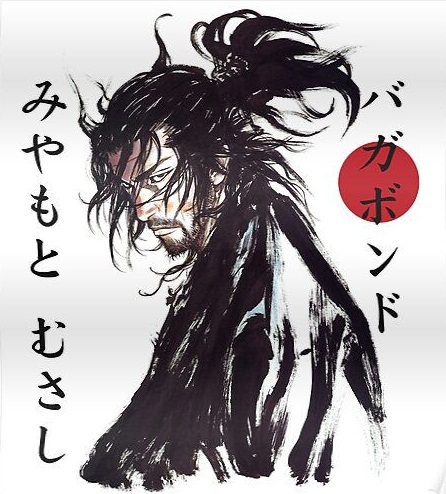
.
.
WITHER
WAR-FIELD,
WARRIORS’
BATTLE CRY —
STILL
ECHOES
.
.

| Author Notes |
The original Japanese Haiku was written as a single vertical line. The first three-lines haiku originated in the West in the 1600s. The three-line model proved to be the most generally accepted and developed into the contemporary haiku practice in the West. The Haiku Foundation, vertical haiku information
The Vertical Haiku uses the regular haiku rules. HAIKU is a Japanese short unrhymed poem that uses imagistic language to express the essence of a deeply felt moment. It resonates on a deeper level, enlightening the reader and making an insightful connection. The composition is 17 syllables or less in one vertical line. The topic is usually nature or human nature. Thank you for reading and reviewing my poem. Gypsy Pictures from my Pinterest account. The complete presentation and poem created by Gypsy Blue Rose COPYRIGHT@2024 |
![]()
By Gypsy Blue Rose

pink flowers paint the hills
and winds comb their tall grass —
ready for the night

| Author Notes |
HAIKU is a Japanese short unrhymed poem that uses imagistic language to express the essence of a deeply felt moment. It resonates on a deeper level, enlightening the reader and making an insightful connection. Most haiku in English consist of three unrhymed lines of seventeen or fewer syllables, though today's poets use a variety of line lengths and arrangements.
Traditional Japanese haiku include a season word (kigo) that helps identify the season, and a break (kireji), usually a dash, that marks a pause. Haiku focus on experience captured in clear images. The most common technique is juxtaposing two images or ideas. click here to read haiku examples click here to read haiku rules click here to read why is 5/7/5 OR LESS rule click here for season words Thank you for reading and reviewing my poem. Gypsy Pictures from my Pinterest account. The complete presentation and poem created by Gypsy Blue Rose COPYRIGHT@2024 |
![]()
By Gypsy Blue Rose

foul breath on your face
and dreadful sense there’s something
staring at you

| Author Notes |
This week in the haiku club we feature a HORROR or DEATH HAIKU. Horror Haiku (Hora haiku) or Death Haiku (Jisei) are types of haiku.
HORROR MODERN HAIKU is a short Japanese unrhymed poem that uses imagistic language to express the essence of a deeply felt moment in time. It resonates on a deeper level, leaving the reader enlightened and making an insightful connection (satori). It focuses in horror. click here if you want to read more Dean Kuch and I wrote 2 books of horror haiku in fanstory, one is published in Amazon. Dean Kuch and Gypsy Blue Rose book of horror Thank you for reading and reviewing my poem. Gypsy Pictures from my Pinterest account. Poems and presentations by Gypsy Blue Rose @copyright2024 |
![]()
By Gypsy Blue Rose

dawn at Nina’s house,
the scent of apple pie —
glides on wings of love

| Author Notes |
HAIKU is a Japanese short unrhymed poem that uses imagistic language to express the essence of a deeply felt moment. It resonates on a deeper level, enlightening the reader and making an insightful connection. Most haiku in English consist of three unrhymed lines of seventeen or fewer syllables, though today's poets use a variety of line lengths and arrangements.
Traditional Japanese haiku include a season word (kigo) that helps identify the season, and a break (kireji), usually a dash, that marks a pause. Haiku focus on experience captured in clear images. The most common technique is juxtaposing two images or ideas. click here to read haiku examples click here to read haiku rules click here to read why is 5/7/5 OR LESS rule click here for season words Thank you for reading and reviewing my poem. Gypsy Pictures from my Pinterest account. The complete presentation and poem created by Gypsy Blue Rose COPYRIGHT@2024, please don't copy. |
![]()
By Gypsy Blue Rose

| Author Note: | all my posts and poems are copyrighted, please don't copy |

| Author Notes |
A full house = is a poker hand with five cards, three of a kind, and a pair of another kind.
HAIKU is a Japanese short unrhymed poem that uses imagistic language to express the essence of a deeply felt moment. It resonates on a deeper level, enlightening the reader and making an insightful connection. Most haiku in English consist of three unrhymed lines of seventeen or fewer syllables, though today's poets use a variety of line lengths and arrangements. Traditional Japanese haiku include a season word (kigo) that helps identify the season, and a break (kireji), usually a dash, that marks a pause. Haiku focus on experience captured in clear images. The most common technique is juxtaposing two images or ideas. click here to read haiku examples click here to read haiku rules click here to read why is 5/7/5 OR LESS rule click here for season words Thank you for reading and reviewing my poem. Gypsy Pictures from my Pinterest account. The complete presentation and poem created by Gypsy Blue Rose COPYRIGHT@2024 |
![]()
By Gypsy Blue Rose
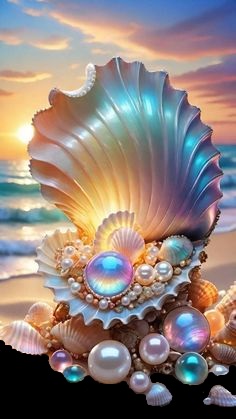
| Author Note: | Registered with FanStory - (c) Gypsy Blue Rose copyright2024 |
End of Summer Vacation
as we drive away,
the sound of sea remains —
in my conch shell

| Author Notes |
HAIKU is a Japanese short unrhymed poem that uses imagistic language to express the essence of a deeply felt moment. It resonates on a deeper level, enlightening the reader and making an insightful connection. Most haiku in English consist of three unrhymed lines of seventeen or fewer syllables, though today's poets use a variety of line lengths and arrangements.
Traditional Japanese haiku include a season word (kigo) that helps identify the season, and a break (kireji), usually a dash, that marks a pause. Haiku focus on experience captured in clear images. The most common technique is juxtaposing two images or ideas. click here to read haiku examples click here to read haiku rules click here to read why is 5/7/5 OR LESS rule click here for season words Thank you for reading and reviewing my poem. Gypsy Picture by Mirela A. from my Pinterest account. The complete presentation and poem created by Gypsy Blue Rose COPYRIGHT@2024 |
![]()
By Gypsy Blue Rose

| Author Note: | Gypsy Blue Rose (c) poem and presentation copyright 2024 |
she struts proudly
showing off smooth legs
and midnight eyes —
the seagull

| Author Notes |
Modern Haiku The most common literary adaptation in English of haiku looks something like this: one to four lines, no strict syllable count but brief, and often with a long/short or short/long asymmetry. These poems too utilize a caesura. Images need not be taken from nature, though they may be and often are. Seasonality is optional, though often featured. Here's an example:
in the woodpile the broken ax handle The Haiku Foundation modern haiku rules Thank you for reading and reviewing my poem. Gypsy Pictures from my Pinterest account. The complete presentation and poem created by Gypsy Blue Rose (c) COPYRIGHT@2024 |
![]()
By Gypsy Blue Rose
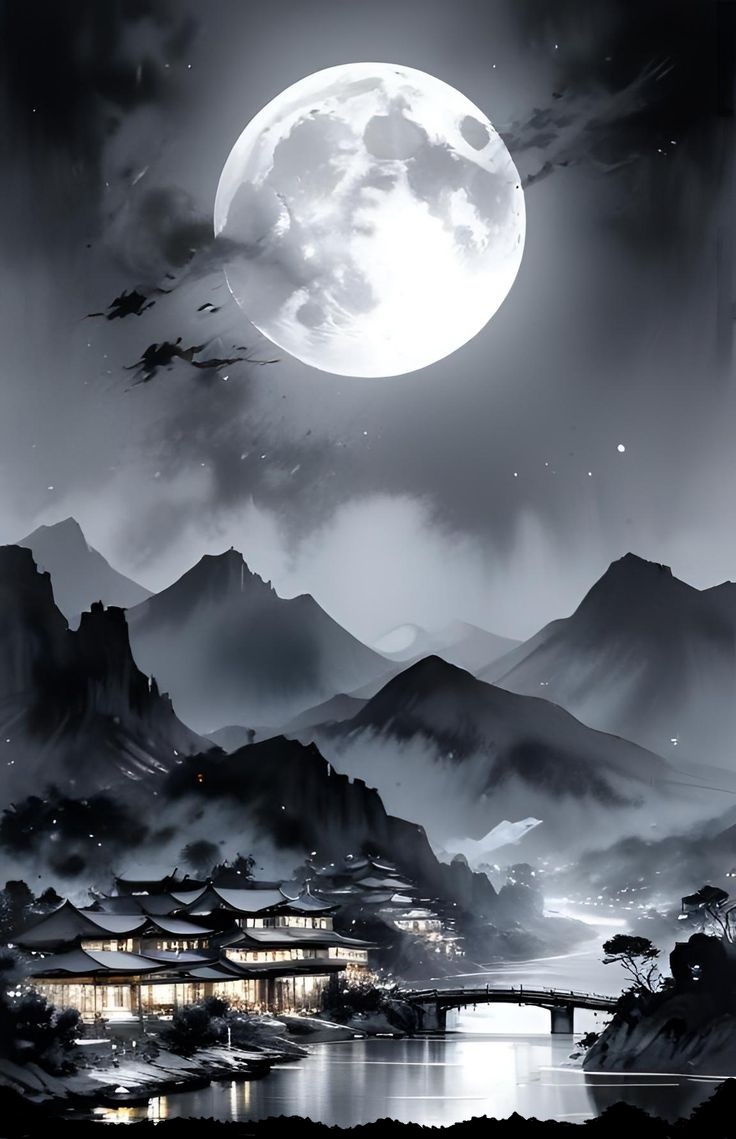
| Author Note: | poem and presentation (c) gypsy blue rose @copyright2024 |
serene night,
village rests in the arms —
of the moon and stars

| Author Notes |
HAIKU is a Japanese short unrhymed poem that uses imagistic language to express the essence of a deeply felt moment. It resonates on a deeper level, enlightening the reader and making an insightful connection. Most haiku in English consist of three unrhymed lines of seventeen or fewer syllables, though today's poets use a variety of line lengths and arrangements.
Traditional Japanese haiku include a season word (kigo) that helps identify the season, and a break (kireji), usually a dash, that marks a pause. Haiku focus on experience captured in clear images. The most common technique is juxtaposing two images or ideas. click here to read haiku examples click here to read haiku rules click here to read why is 5/7/5 OR LESS rule click here for season words Thank you for reading and reviewing my poem. Gypsy Pictures by Aiart from my Pinterest account. The presentation and poem created by Gypsy Blue Rose (c) copyright@2024 |
![]()
By Gypsy Blue Rose
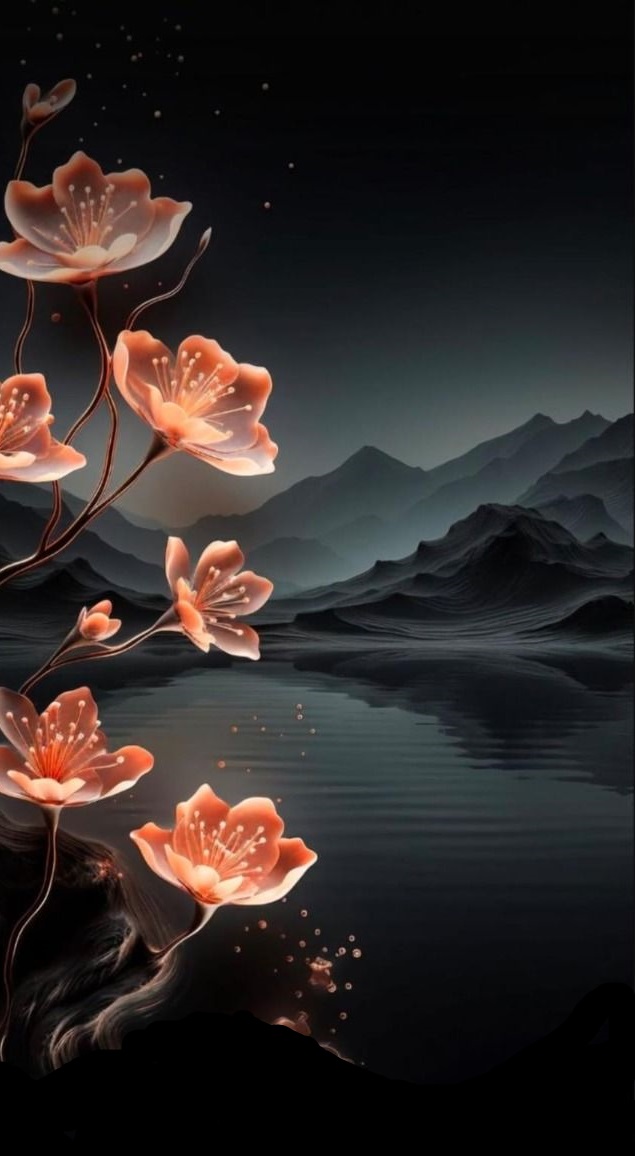
| Author Note: | Gypsy Blue Rose (c) poem and presentation @copyright 2024 |
flowers face the sky
waiting faithfully for the light —
roots planted in love

| Author Notes |
HAIKU is a Japanese short unrhymed poem that uses imagistic language to express the essence of a deeply felt moment. It resonates on a deeper level, enlightening the reader and making an insightful connection. Most haiku in English consist of three unrhymed lines of seventeen or fewer syllables, though today's poets use a variety of line lengths and arrangements.
Traditional Japanese haiku include a season word (kigo) that helps identify the season, and a break (kireji), usually a dash, that marks a pause. Haiku focus on experience captured in clear images. The most common technique is juxtaposing two images or ideas. click here to read haiku examples click here to read haiku rules click here to read why is 5/7/5 OR LESS rule click here for season words Thank you for reading and reviewing my poem. Gypsy Pictures from my Pinterest account. The presentation and poem created by Gypsy Blue Rose © COPYRIGHT@2024 |
![]()
By Gypsy Blue Rose
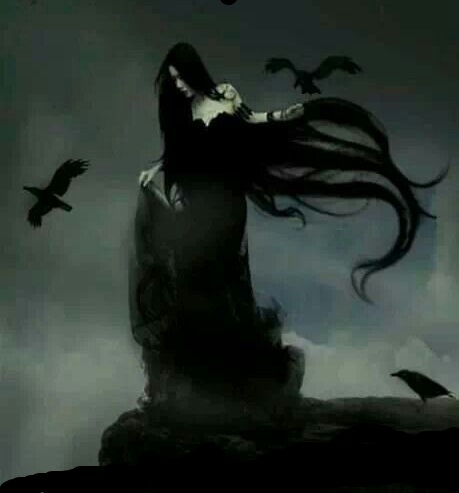
| Author Note: | poem and presentation by Gypsy Blue Rose (c) @copyright10/26/24 |
crows tangled
in the witch’s mane —
hairy situation

| Author Notes |
A Hairy Situation = A difficult situation
If you would like to join the Haiku Club, click here everybody is welcome. SENRYU is a Japanese short unrhymed poem that uses imagistic language to express the essence of a deeply felt moment in time. Unlike Haiku, senryu is about human nature and doesn't need a season word. It's written in 17 syllables OR LESS and three lines. For Senryu you don't need a season word (Kigo). the haiku foundation senryu rules Thank you for reading and reviewing my poem. Gypsy Pictures from my Pinterest account. The complete presentation and poem created by Gypsy Blue Rose COPYRIGHT@2024 |
![]()
By Gypsy Blue Rose
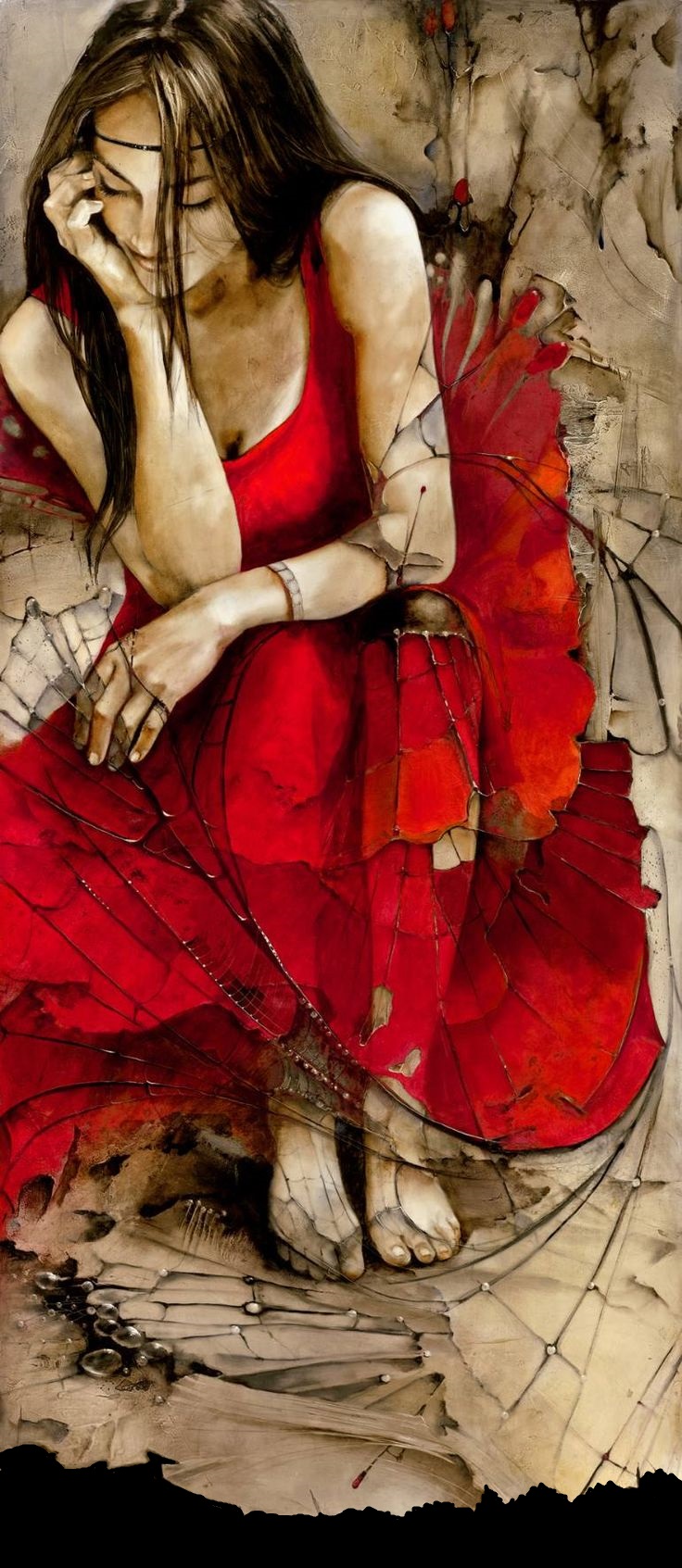
| Author Note: | Presentation and Poem (c) Gypsy Blue Rose@copyright10/26/2024 |
thinking about
last night’s rendezvous —
held by his dream catcher

| Author Notes |
SENRYU is a Japanese short unrhymed poem that uses imagistic language to express the essence of a deeply felt moment in time. Unlike Haiku, senryu is about human nature and doesn't need a season word. It's written in 17 syllables OR LESS and three lines. For Senryu you don't need a season word (Kigo).
the haiku foundation senryu rules Thank you for reading and reviewing my poem. Gypsy Painting by Saatchi Art "Dream Catcher" The complete presentation and poem created by Gypsy Blue Rose (c) copyright@10/26/2024 |
![]()
By Gypsy Blue Rose

| Author Note: | Poem and Presentation by Gypsy Blue Rose (c) copyright10/27/24 |

| Author Notes |
SENRYU is a Japanese short unrhymed poem that uses imagistic language to express the essence of a deeply felt moment in time. Unlike Haiku, senryu is about human nature and doesn't need a season word. It's written in 17 syllables OR LESS and three lines. For Senryu you don't need a season word (Kigo).
the haiku foundation senryu rules Thank you for reading and reviewing my poem. Gypsy Pictures from my Pinterest account. The complete presentation and poem created by Gypsy Blue Rose (c) copyright 10/27/24 |
![]()
By Gypsy Blue Rose

| Author Note: | poem and presentation by Gypsy Blue Rose (c) copyright10/27/24 |

| Author Notes |
Tiger lilies and lamb's ears are flowers
SENRYU is a Japanese short unrhymed poem that uses imagistic language to express the essence of a deeply felt moment in time. Unlike Haiku, senryu is about human nature and doesn't need a season word. It's written in 17 syllables OR LESS and three lines. For Senryu you don't need a season word (Kigo). the haiku foundation senryu rules Thank you for reading and reviewing my poem. Gypsy Pictures from my Pinterest account. The complete presentation and poem created by Gypsy Blue Rose (c) copyright 10/27/24 |
![]()
By Gypsy Blue Rose

| Author Note: | Poem and Presentation by Gypsy Blue Rose (c) copyright@10/30/24 |
endless clouds and sea
never worry about aging —
divine beauty

| Author Notes |
HAIKU is a Japanese short unrhymed poem that uses imagistic language to express the essence of a deeply felt moment. It resonates on a deeper level, enlightening the reader and making an insightful connection. Most haiku in English consist of three unrhymed lines of seventeen or fewer syllables, though today's poets use a variety of line lengths and arrangements.
Traditional Japanese haiku include a season word (kigo) that helps identify the season, and a break (kireji), usually a dash, that marks a pause. Haiku focus on experience captured in clear images. The most common technique is juxtaposing two images or ideas. click here to read haiku examples click here to read haiku rules click here to read why is 5/7/5 OR LESS rule click here for season words Thank you for reading and reviewing my poem. Gypsy Pictures from my Pinterest account. The presentation and poem created by Gypsy Blue Rose © COPYRIGHT@10/30/24 |
![]()
By Gypsy Blue Rose
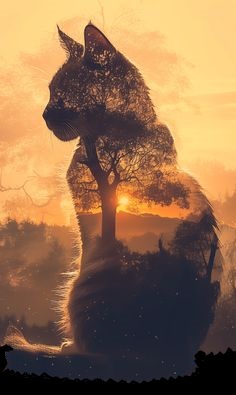
| Author Note: | poem and presentation by Gypsy Blue Rose (c) copyright@10/31/24 |
cats know
amber leaves and crisp breeze
beat to the rhythm—
of autumn’s heart

| Author Notes |
This modern haiku has 4 lines and 17 syllables, lowercase, no punctuation, and autumn kigo (season word )
Modern Haiku The most common literary adaptation in English of haiku looks something like this: one to four lines, no strict syllable count but brief. These poems too utilize a dash. Images need not be taken from nature, though they often are. Seasonality is optional, though often featured. Here's an example: in the woodpile the broken ax handle Haiku Foundation modern haiku rules Thank you for reading and reviewing my poem. Gypsy Pictures from my Pinterest account, top picture by purrspective purr.fan. The complete presentation and poem created by Gypsy Blue Rose (c) copyright@10/31/24 |
![]()
By Gypsy Blue Rose

| Author Note: | Poem and Presentation by Gypsy Blue Rose (c) copyright @10/31/24 |
come on people unite
♦♦♦
on the left, the middle, and the right
'cause we all share
the same sun, moon, and stars
♦♦♦
we breath the same air
from the first gasp in our mother’s arms
to our last sigh at death's cusp
♦♦♦
come on people unite

| Author Notes |
Inspired by Bob Dylan's song: the times they are a-changin' lyrics
"Come senators, congressmen, please heed the call Don't stand in the doorway, don't block up the hall For he that gets hurt will be he who has stalled The battle outside ragin' Will soon shake your windows and rattle your walls For the times, they are a-changin' " - Bob Dylan, poet, folk singer, song writer Thank you for reading and reviewing. Gypsy Pictures from my Pinterest account. The complete presentation and poem created by Gypsy Blue Rose (c) copyright 10/31/24 |
![]()
By Gypsy Blue Rose

| Author Note: | Poem and presentation by Gypsy Blue Rose (c) copyright 11/3/24 |
| Author Notes |
Kindred spirits'' refers to individuals who share a deep, intrinsic connection, often characterized by mutual understanding, empathy, and shared values or interests. This bond transcends typical friendships and can feel almost spiritual or fated.
Haiku is a Japanese poem of seventeen syllables or less in three lines. It evokes images of the natural world. |
![]()
By Gypsy Blue Rose

| Author Note: | Poem and Presentation by Gypsy Blue Rose (c) copyright@ 11/3/24 |
wistful heart
rides raging waves—
the marriage band
is her lifesaver

| Author Notes |
Married people may face storms that brings them closer.
Modern Haiku The most common literary adaptation in English of haiku looks something like this: one to four lines, no strict syllable count but brief, and often with a long/short or short/long asymmetry. These poems too utilize a caesura. Images need not be taken from nature, though they may be and often are. Seasonality is optional, though often featured. Here’s an example: in the woodpile the broken ax handle haiku foundation modern haiku fuels Thank you for reading and reviewing my poem. Gypsy Pictures from my Pinterest account. The complete presentation and poem created by Gypsy Blue Rose (c) copyright /11/3/24 |
![]()
By Gypsy Blue Rose

| Author Note: | Haiku and presentation by Gypsy Blue Rose (c) copyright @ 11/2/24 |

| Author Notes |
Modern Haiku The most common literary adaptation in English of haiku looks something like this: one to four lines, no strict syllable count but brief, and often with a long/short or short/long asymmetry. These poems too utilize a caesura. Images need not be taken from nature, though they may be and often are. Seasonality is optional, though often featured. Here's an example:
in the woodpile the broken ax handle haiku foundation modern haiku fuels Thank you for reading and reviewing my poem. Gypsy Pictures from my Pinterest account. The presentation and poem created by Gypsy Blue Rose (c) copyright @ 11/2/24 |
![]()
By Gypsy Blue Rose
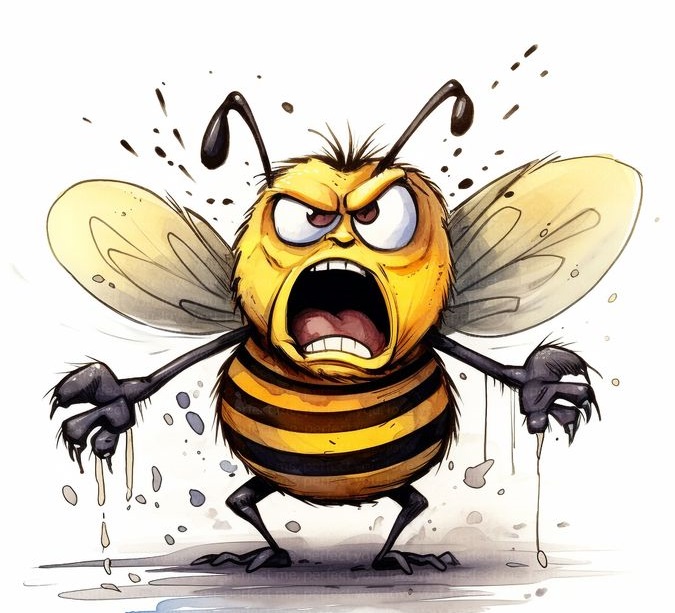
| Author Note: | Haiku and presentation by Gypsy Blue Rose @11/2/24 |





| Author Notes |
HAIKU is a Japanese short unrhymed poem that uses imagistic language to express the essence of a deeply felt moment. It resonates on a deeper level, enlightening the reader and making an insightful connection. Most haiku in English consist of three unrhymed lines of seventeen or fewer syllables, though today's poets use a variety of line lengths and arrangements. Traditional Japanese haiku include a season word (kigo) that helps identify the season, and a break (kireji), usually a dash, that marks a pause. Haiku focus on experience captured in clear images. The most common technique is juxtaposing two images or ideas.
click here to read haiku examples click here to read haiku rules click here to read why is 5/7/5 OR LESS rule click here for season words Thank you for reading and reviewing my poem. Gypsy Pictures from my Pinterest account. The presentation and poem created by Gypsy Blue Rose © COPYRIGHT@11/2/24 |
![]()
By Gypsy Blue Rose

| Author Note: | Presentation and Poem by) Gypsy Blue Rose (c) copyright@10/1/24 |

| Author Notes |
This week in the Haiku Club, we are writing KIGO HAUKU. Kigo is the season word used in haiku. Each season has a list of words: You can write the season name: spring, summer, autumn, and winter; or substitutes:, for example: snow for winter, blossoms for spring, clouds and sun for summer, harvest for autumn. If you would like to join the Haiku Club If you would like to join the Haiku Club, please click here Everybody is welcome.
HAIKU is a Japanese short unrhymed poem that uses imagistic language to express the essence of a deeply felt moment. It resonates on a deeper level, enlightening the reader and making an insightful connection. Most haiku in English consist of three unrhymed lines of seventeen or fewer syllables, though today's poets use a variety of line lengths and arrangements. Traditional Japanese haiku include a season word (kigo) that helps identify the season, and a break (kireji), usually a dash, that marks a pause. Haiku focus on experience captured in clear images. The most common technique is juxtaposing two images or ideas. click here to read haiku examples click here to read haiku rules click here to read why is 5/7/5 OR LESS rule click here for season words Thank you for reading and reviewing my poem. Gypsy Pictures from my Pinterest account. The presentation and poem created by Gypsy Blue Rose © COPYRIGHT@ 11/1/24 |
![]()
By Gypsy Blue Rose

| Author Note: | Poem and Presentation by Gypsy Blue Rose (c) copyright @11/7/24 |

petals paint the hills
with an infinite palette —
work in progress

| Author Notes |
HAIKU is a Japanese short unrhymed poem that uses imagistic language to express the essence of a deeply felt moment. It resonates on a deeper level, enlightening the reader and making an insightful connection. Most haiku in English consist of three unrhymed lines of seventeen or fewer syllables, though today's poets use a variety of line lengths and arrangements.
Traditional Japanese haiku include a season word (kigo) that helps identify the season, and a break (kireji), usually a dash, that marks a pause. Haiku focus on experience captured in clear images. The most common technique is juxtaposing two images or ideas. click here to read haiku examples click here to read haiku rules click here to read why is 5/7/5 OR LESS rule click here for season words Thank you for reading and reviewing my poem. Gypsy Pictures from my Pinterest account. The presentation and poem created by Gypsy Blue Rose © copyright@11/7/24 |
![]()
By Gypsy Blue Rose
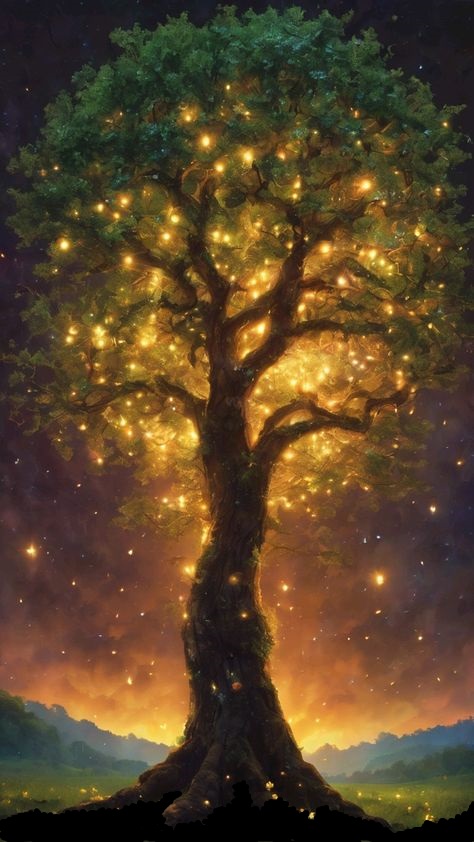
| Author Note: | Poem and Presentation by Gypsy Blue Rose (c) copyright @11/8/24 |
trees know how to love
they don’t cling to their fruit —
they let them go

| Author Notes |
HAIKU is a Japanese short unrhymed poem that uses imagistic language to express the essence of a deeply felt moment. It resonates on a deeper level, enlightening the reader and making an insightful connection. Most haiku in English consist of three unrhymed lines of seventeen or fewer syllables, though today's poets use a variety of line lengths and arrangements.
Traditional Japanese haiku include a season word (kigo) that helps identify the season, and a break (kireji), usually a dash, that marks a pause. Haiku focus on experience captured in clear images. The most common technique is juxtaposing two images or ideas. click here to read haiku examples click here to read haiku rules click here to read why is 5/7/5 OR LESS rule click here for season words Thank you for reading and reviewing my poem. Gypsy Pictures from my Pinterest account. The presentation and poem created by Gypsy Blue Rose © copyright@11/8/24 |
![]()
By Gypsy Blue Rose

| Author Note: | Poem and Presentation by Gypsy Blue Rose (c) copyright @11/10/24 |
joyful bird
sings 'here comes the sun'
with a chest full of hope

| Author Notes |
'Here Comes the Sun' is a Beatles song
Ekphrastic = a poem inspired by a painting or picture HAIKU is a Japanese short unrhymed poem that uses imagistic language to express the essence of a deeply felt moment. It resonates on a deeper level, enlightening the reader and making an insightful connection. Most haiku in English consist of three unrhymed lines of seventeen or fewer syllables, though today's poets use a variety of line lengths and arrangements. Traditional Japanese haiku include a season word (kigo) that helps identify the season, and a break (kireji), usually a dash, that marks a pause. Haiku focus on experience captured in clear images. The most common technique is juxtaposing two images or ideas. click here to read haiku examples click here to read haiku rules click here to read why is 5/7/5 OR LESS rule click here for season words Thank you for reading and reviewing my poem. Gypsy Pictures from my Pinterest account. Poem and presentation by Gypsy Blue Rose (c) copyright @11/10/24 |
![]()
By Gypsy Blue Rose
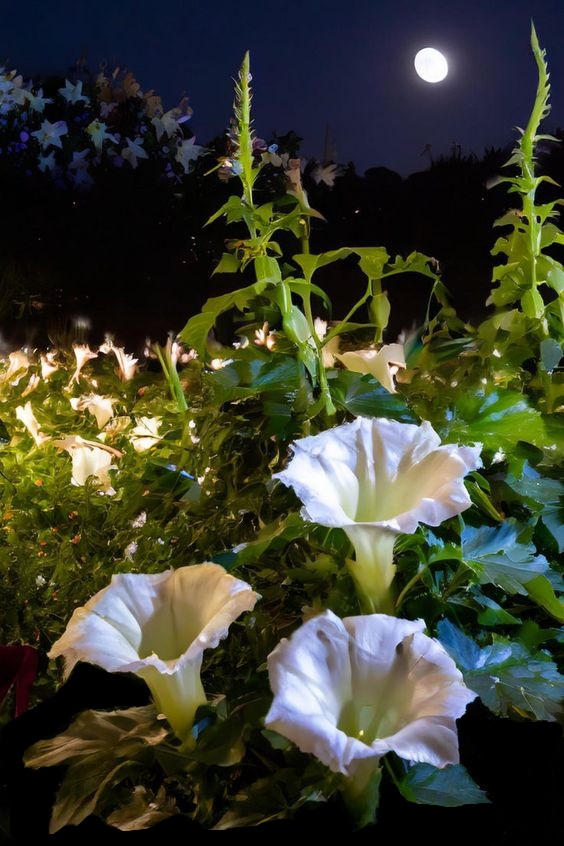
| Author Note: | Poem and Presentation by Gypsy Blue Rose (c) copyright 11/11/24 |
moon flowers
bloom with splendid brilliance —
in darkness

| Author Notes |
Moon flowers bloom at night
HAIKU is a Japanese short unrhymed poem that uses imagistic language to express the essence of a deeply felt moment. It resonates on a deeper level, enlightening the reader and making an insightful connection. Most haiku in English consist of three unrhymed lines of seventeen or fewer syllables, though today's poets use a variety of line lengths and arrangements. Traditional Japanese haiku include a season word (kigo) that helps identify the season, and a break (kireji), usually a dash, that marks a pause. Haiku focus on experience captured in clear images. The most common technique is juxtaposing two images or ideas. click here to read haiku examples click here to read haiku rules click here to read why is 5/7/5 OR LESS rule click here for season words Thank you for reading and reviewing my poem. Gypsy Pictures from my Pinterest account. The presentation and poem created by Gypsy Blue Rose © copyright @11/11/2024 |
![]()
By Gypsy Blue Rose
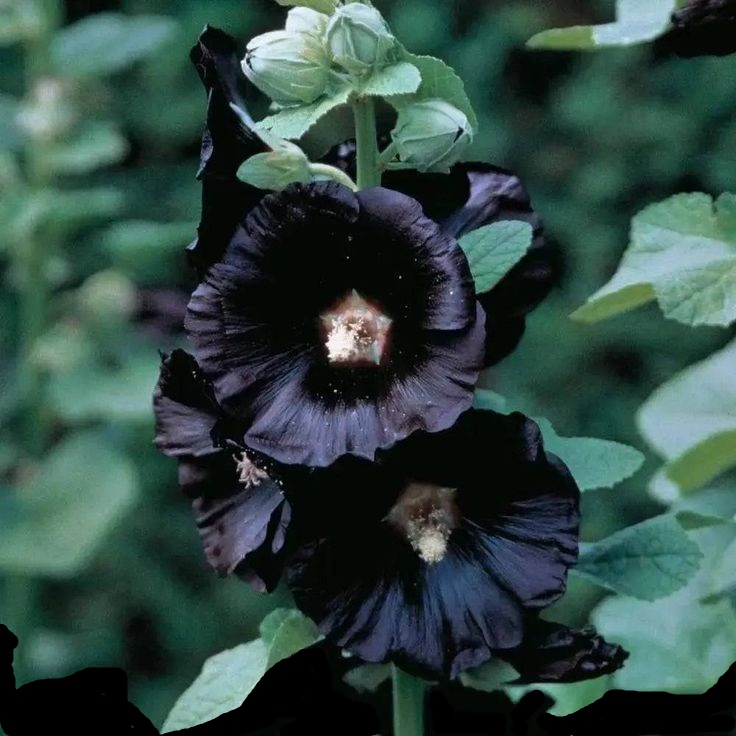
| Author Note: | Presentation and Poem Gypsy Blue Rose (c) copyright @11/12/24 |
blacknight flowers
bloom at eventide —
a moon full of dreams

| Author Notes |
Blacknight flowers is naturally black. It's also called hollyhock. It's the symbol of dreams.
HAIKU is a Japanese short unrhymed poem that uses imagistic language to express the essence of a deeply felt moment. It resonates on a deeper level, enlightening the reader and making an insightful connection. Most haiku in English consist of three unrhymed lines of seventeen or fewer syllables or less because Japanese and English syllables are different. click here to read haiku examples click here to read haiku rules click here to read why is 5/7/5 OR LESS rule click here for season words Thank you for reading and reviewing my poem. Gypsy Pictures from my Pinterest account. The presentation and poem created by Gypsy Blue Rose © copiright@11/12/24 |
![]()
By Gypsy Blue Rose
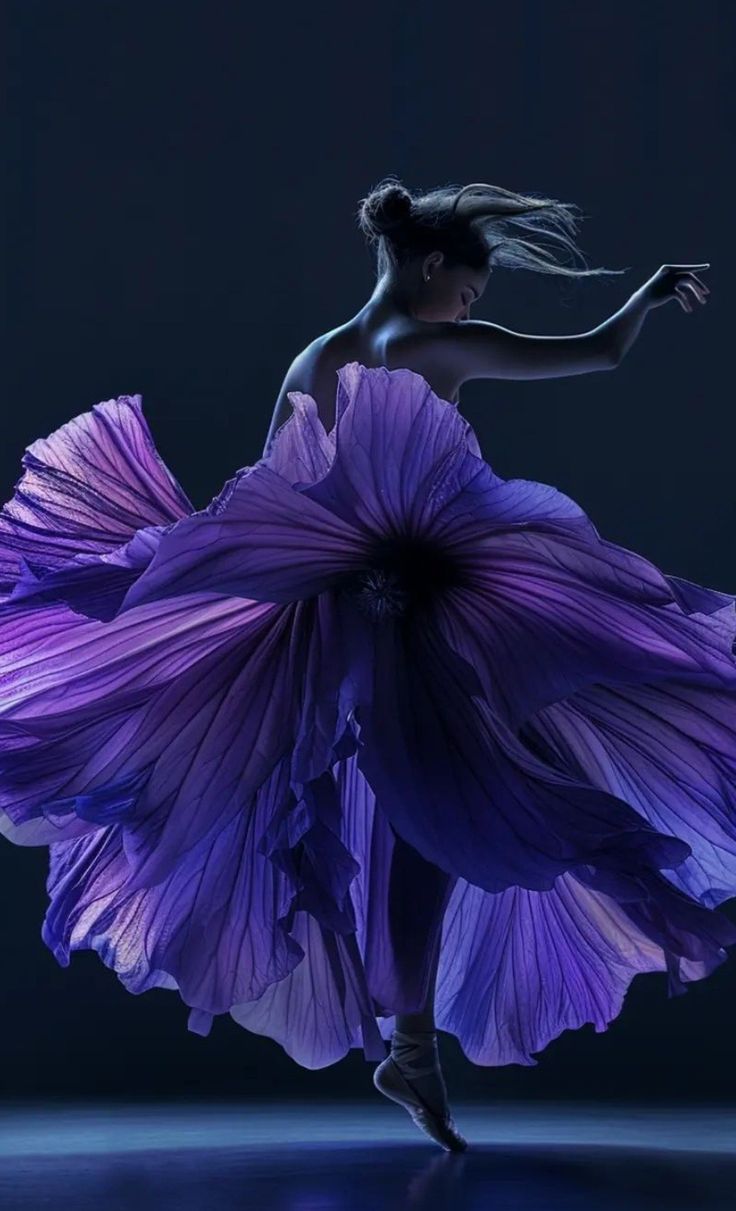
| Author Note: | Presentation and poem created by Gypsy Blue Rose (c) copyright @ 11/12/24 |




ballerina pointe
across the bomb covered stage —
hoping for the best

| Author Notes |
pointe is a ballet position in which the body is balanced on the extreme tip of the toe.
The graceful and skilful bailarina can be any of us, Americans, avoiding the uncertain future in America. Trump's unqualified governmental cabinet is a danger to our democracy (bombs), like choosing congressman Matt Gaetz for Attorney General, who faces allegations of sexual misconduct, illicit drug use, and misuse of campaign funds. Gaetz resigned his congressman position to avoid an incriminating report. Thank you for reading and reviewing my poem. Gypsy Pictures from my Pinterest account. Presentation and poem created by Gypsy Blue Rose (c) copyright @ 11/12/24 |
![]()
By Gypsy Blue Rose
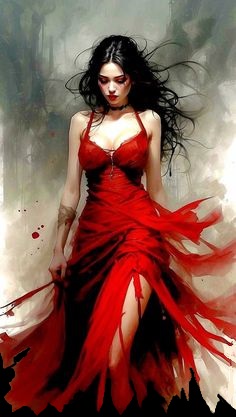
| Author Note: | fictional Love poem. Poems and Presentation by Gypsy Blue Rose (c) copyright |
This night!
the starless sky stirs remembrance
as the wind moans
.
and once again,
for the trillionth time,
winter’s veil covers the land.
.
The space between us
chills my bones
and spears my heart.
.
Do you even care?
I must be delusional
to think we’re in love.
.
I’ll scream in despair
in this dark vacuous night
lost in a turbulent sea.
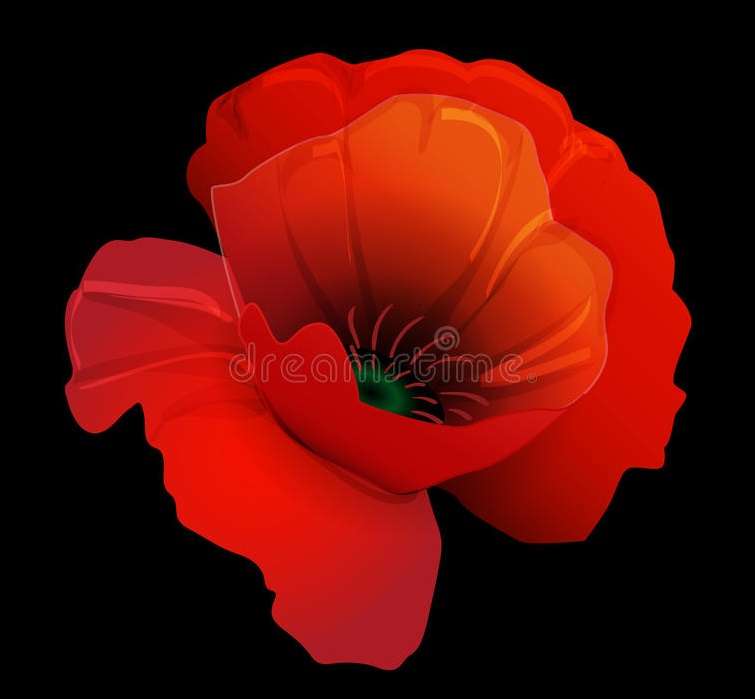
| Author Notes |
vacuous = empty
remembrance = memories Katauta is an unrhymed 8th-century Japanese poem consisting of 19 syllables with a 5/7/7 pattern. A pair of katauta is called a sedoka. The form was used for poems addressed to a lover like tanka. click here for more info SENRYU is a Japanese short unrhymed poem that uses imagistic language to express the essence of a deeply felt moment in time. Unlike Haiku, senryu is about human nature and doesn't need a season word. It's written in 17 syllables OR LESS and three lines. For Senryu you don't need a season word (Kigo). the haiku foundation senryu rules Thank you for reading and reviewing my poem. Gypsy Pictures from my Pinterest account. Presentation and poem created by Gypsy Blue Rose (c) copyright @11/14/24 |
![]()
By Gypsy Blue Rose

| Author Note: | Presentation and Poem by Gypsy Blue Rose (c) copyright @11/15/24 |
for you,
I’ll lasso the cold moon
with green vines
entangled with longing

| Author Notes |
Ekphrastic = inspired by a picture or painting.
Modern Haiku The most common literary adaptation in English of haiku looks like one to four lines, no strict syllable count but brief, and often with a long/short or short/long asymmetry. These poems too utilize a caesura. Images need not be taken from nature, though they may be and often are. Seasonality is optional, though often featured. Here’s an example: in the woodpile the broken ax handle haiku foundation modern haiku fuels Thank you for reading and reviewing my poem. Gypsy Pictures from my Pinterest account. Presentation and poem by Gypsy Blue Rose © copyright |
![]()
By Gypsy Blue Rose

| Author Note: | Poem and Presentation by Gypsy Blue Rose (c) copyright @11/10/24 |
dreadful change —
I hope to grow wings
to fly away

| Author Notes |
In Finding your Muse Club this week we are writing Ekphrastic Poems. Everyone is welcome to participate. Just follow the link below and check the list of clubs.
Ekphrastic is a poem inspired by a picture or painting. HAIKU is a Japanese short unrhymed poem that uses imagistic language to express the essence of a deeply felt moment. It resonates on a deeper level, enlightening the reader and making an insightful connection. Most haiku in English consist of three unrhymed lines of seventeen or fewer syllables, though today's poets use a variety of line lengths and arrangements. Traditional Japanese haiku include a season word (kigo) that helps identify the season, and a break (kireji), usually a dash, that marks a pause. Haiku focus on experience captured in clear images. The most common technique is juxtaposing two images or ideas. click here to read haiku examples click here to read haiku rules click here to read why is 5/7/5 OR LESS rule click here for season words Thank you for reading and reviewing my poem. Gypsy Pictures from my Pinterest account. The presentation and poem created by Gypsy Blue Rose © copyright @11/10/24 |
![]()
By Gypsy Blue Rose
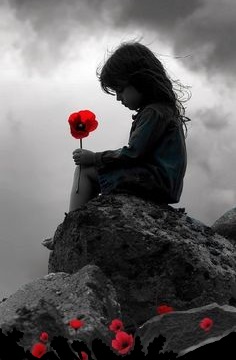
| Author Note: | Poem and Presentation by Gypsy Blue Rose (c) copyright @11/18/24 |
many years have passed
but I always carry you
in the best part of my heart

| Author Notes |
my mom died when I was ten years old but I keep her in my heart
KATAUTA is an unrhymed 8th-century Japanese poem with 19 syllables with a 5/7/7 pattern. A pair of katauta is called a sedoka. The form was used for poems addressed to a lover like tanka. click here for more info Thank you very much for reading and reviewing my poem, Gypsy Pictures from my Pinterest account. The presentation and poem created by Gypsy Blue Rose © copyright @11/18/24 |
|
You've read it - now go back to FanStory.com to comment on each chapter and show your thanks to the author! |
![]()
| © Copyright 2015 Gypsy Blue Rose All rights reserved. Gypsy Blue Rose has granted FanStory.com, its affiliates and its syndicates non-exclusive rights to display this work. |
© 2015 FanStory.com, Inc. All Rights Reserved. Terms under which this service is provided to you. Privacy Statement